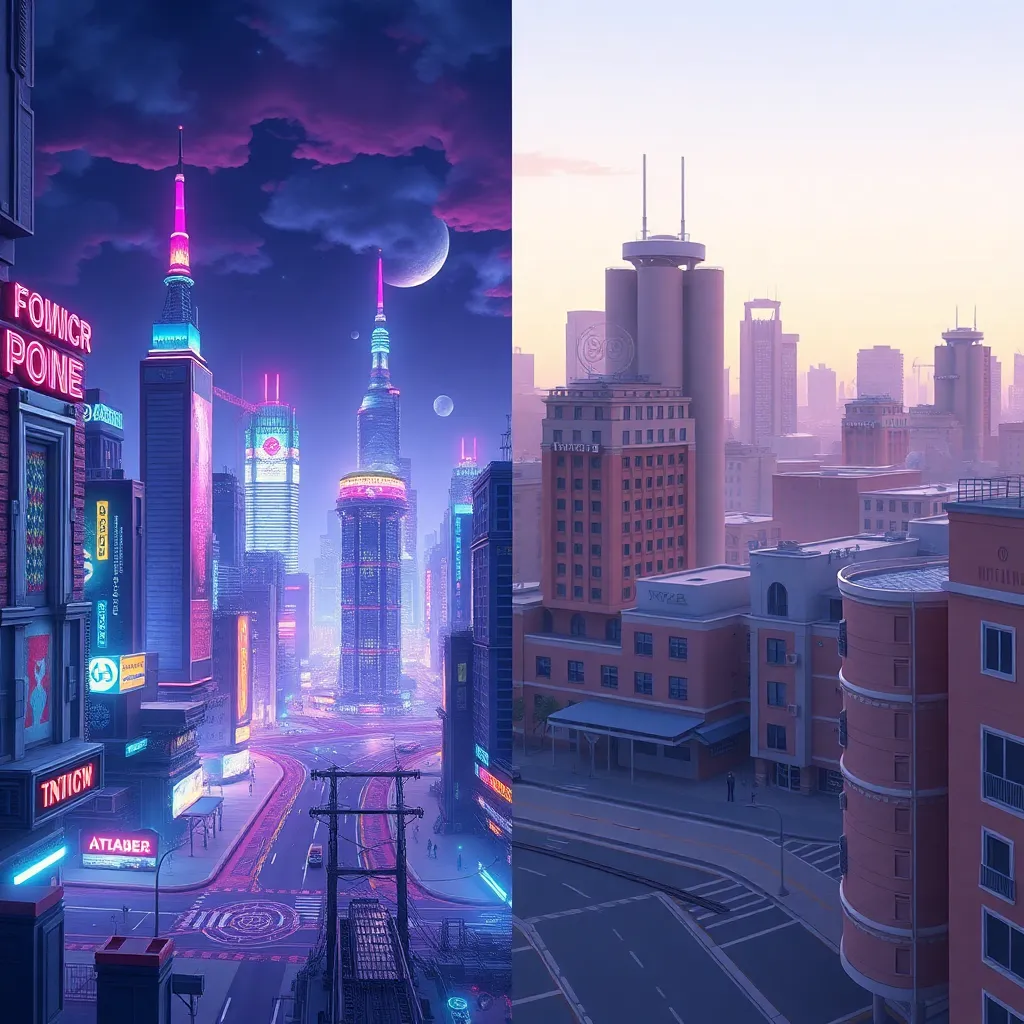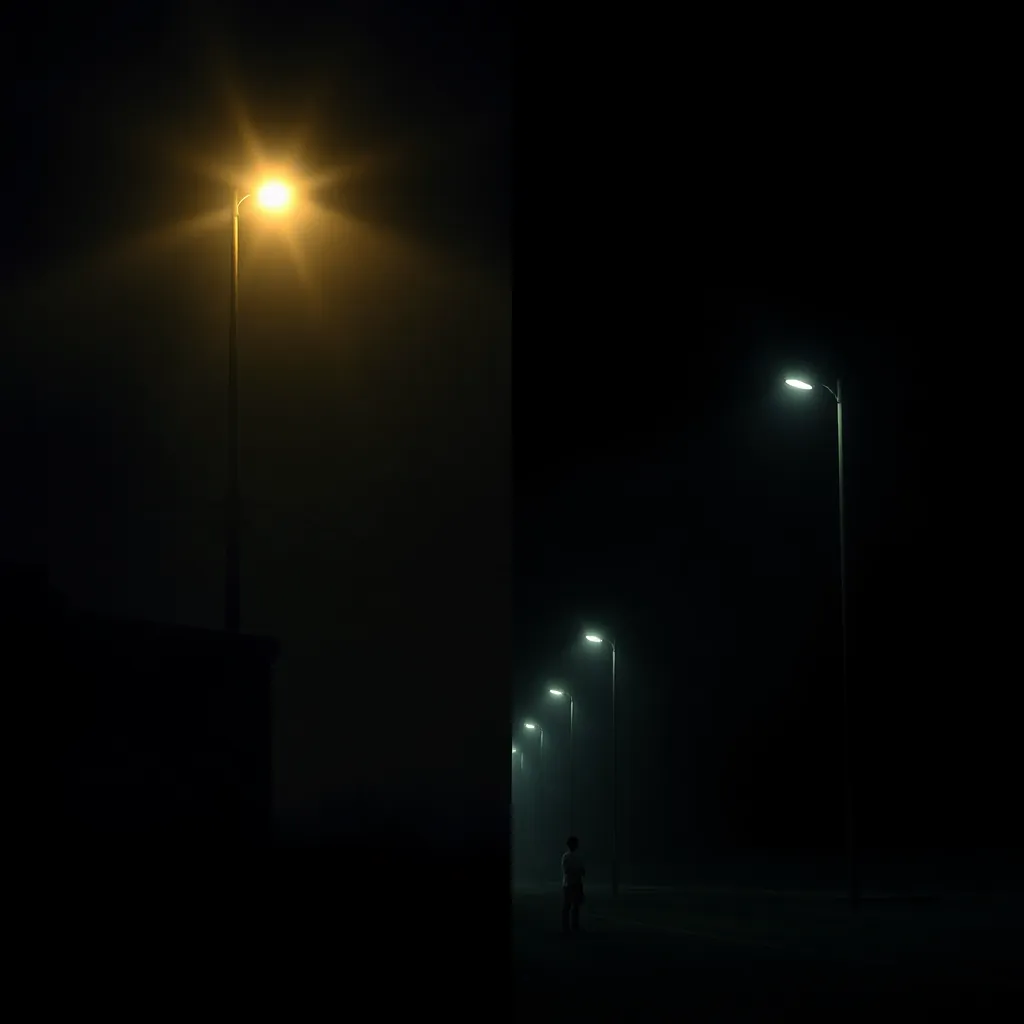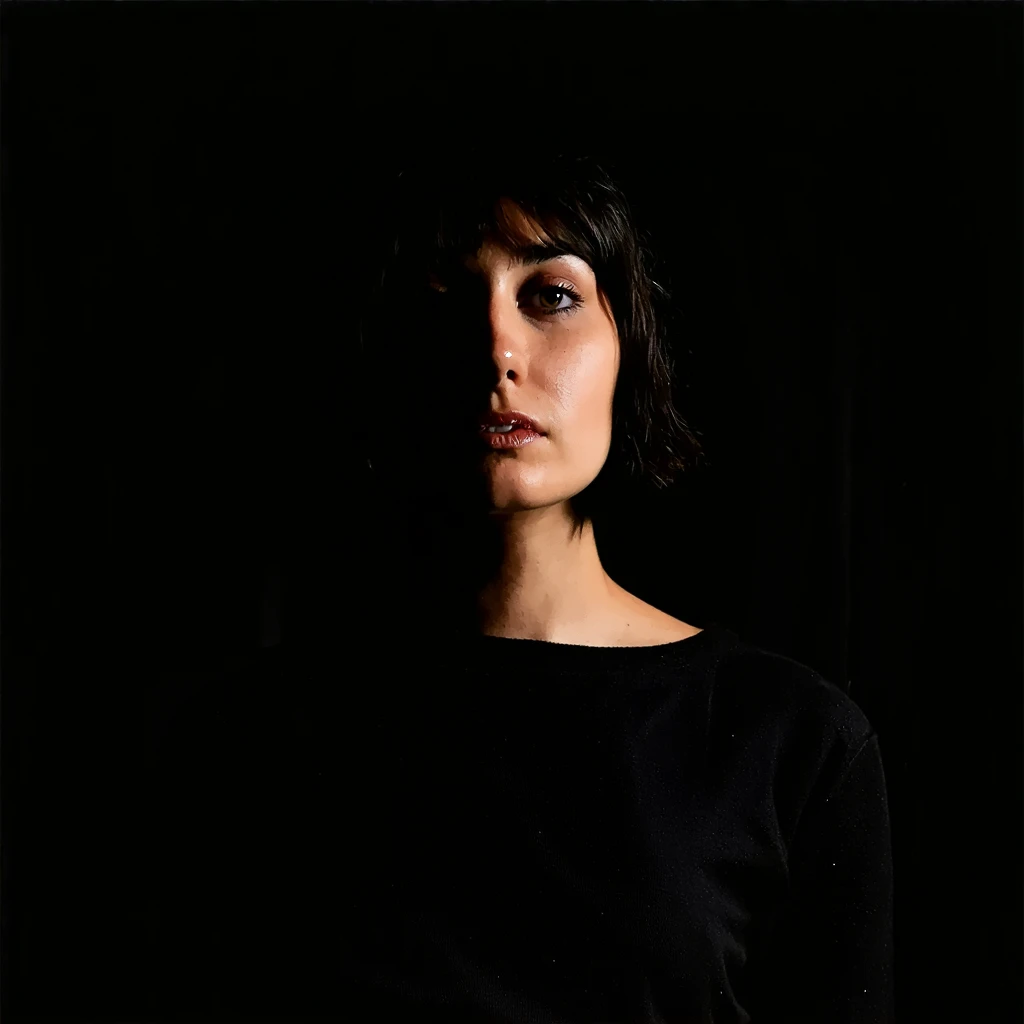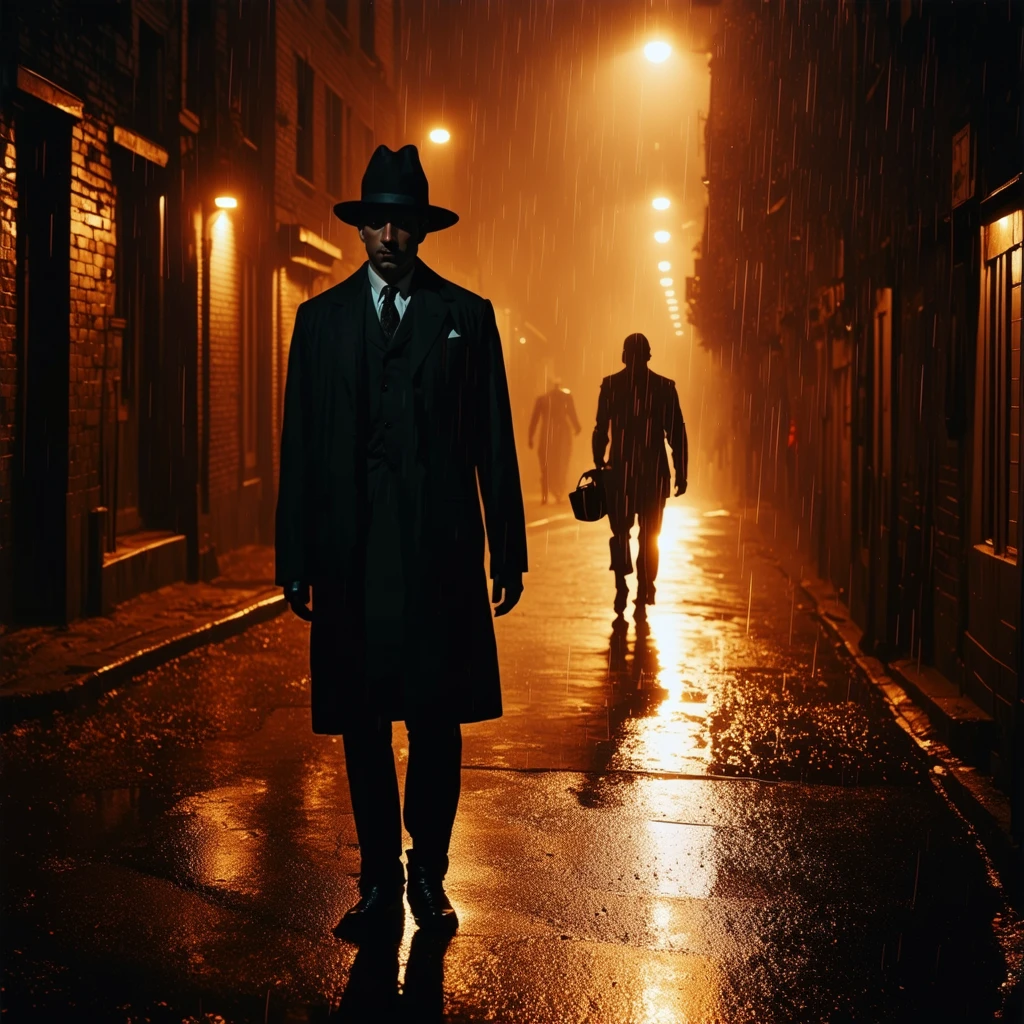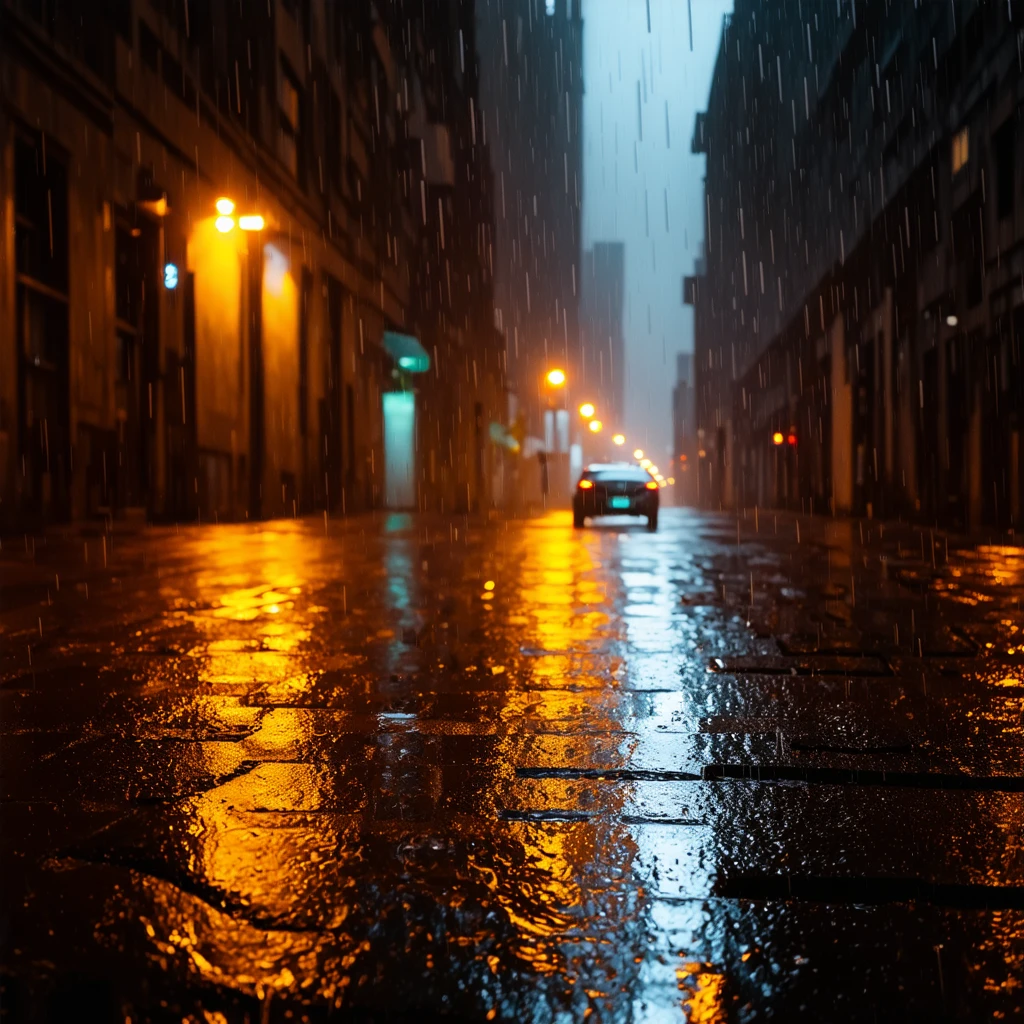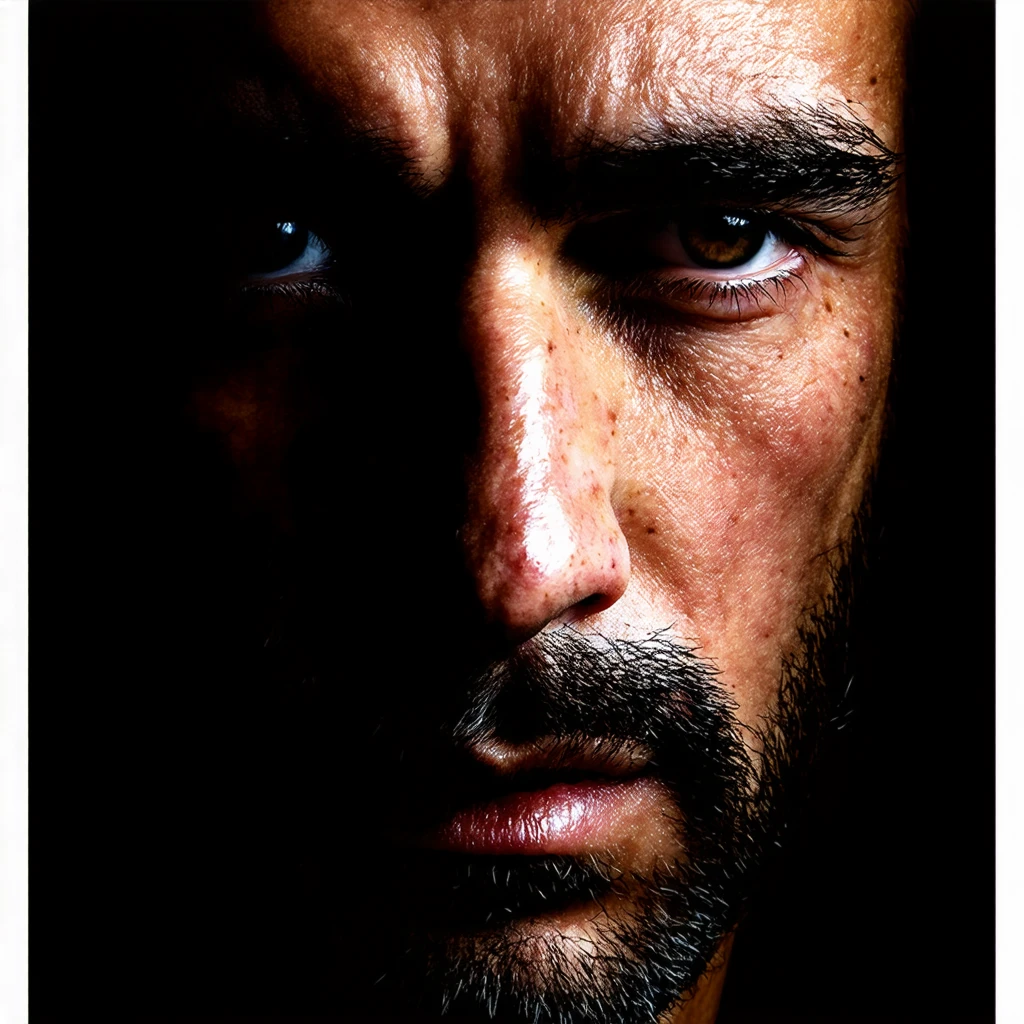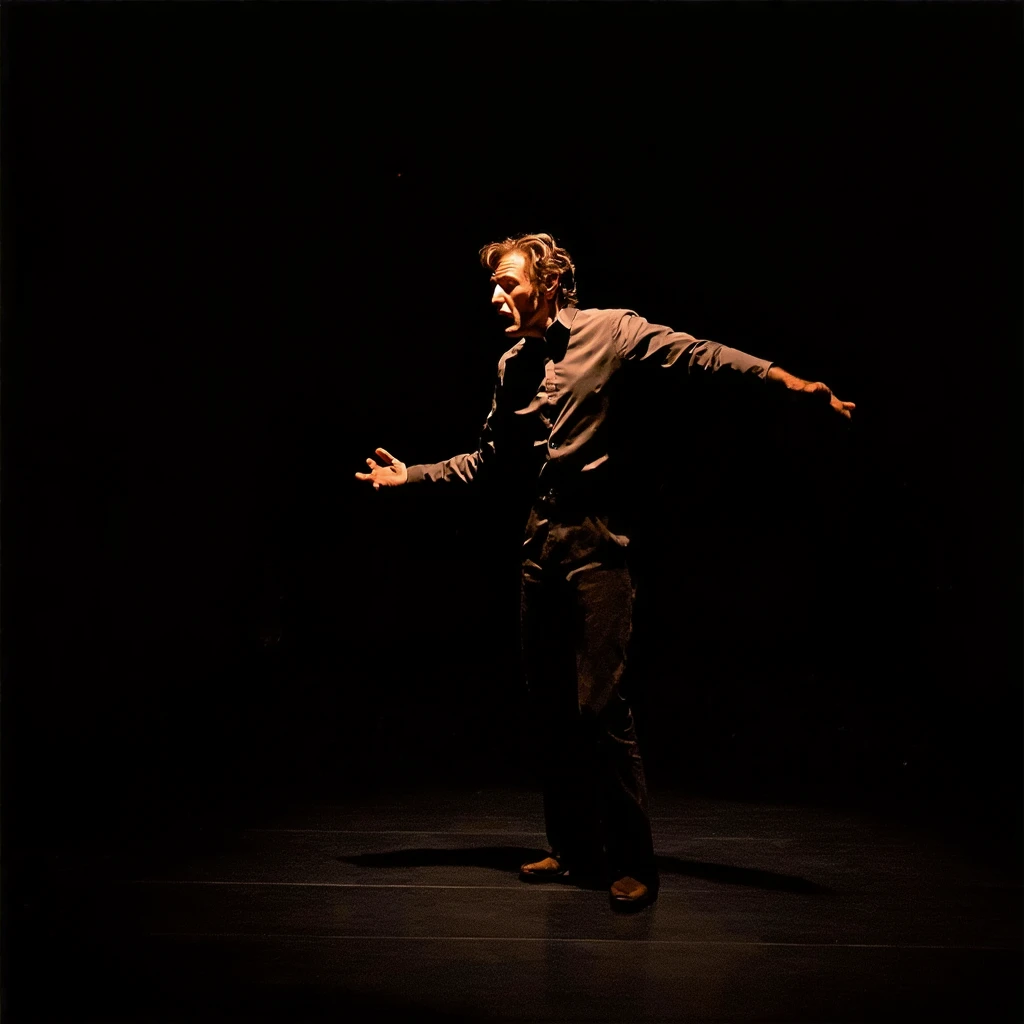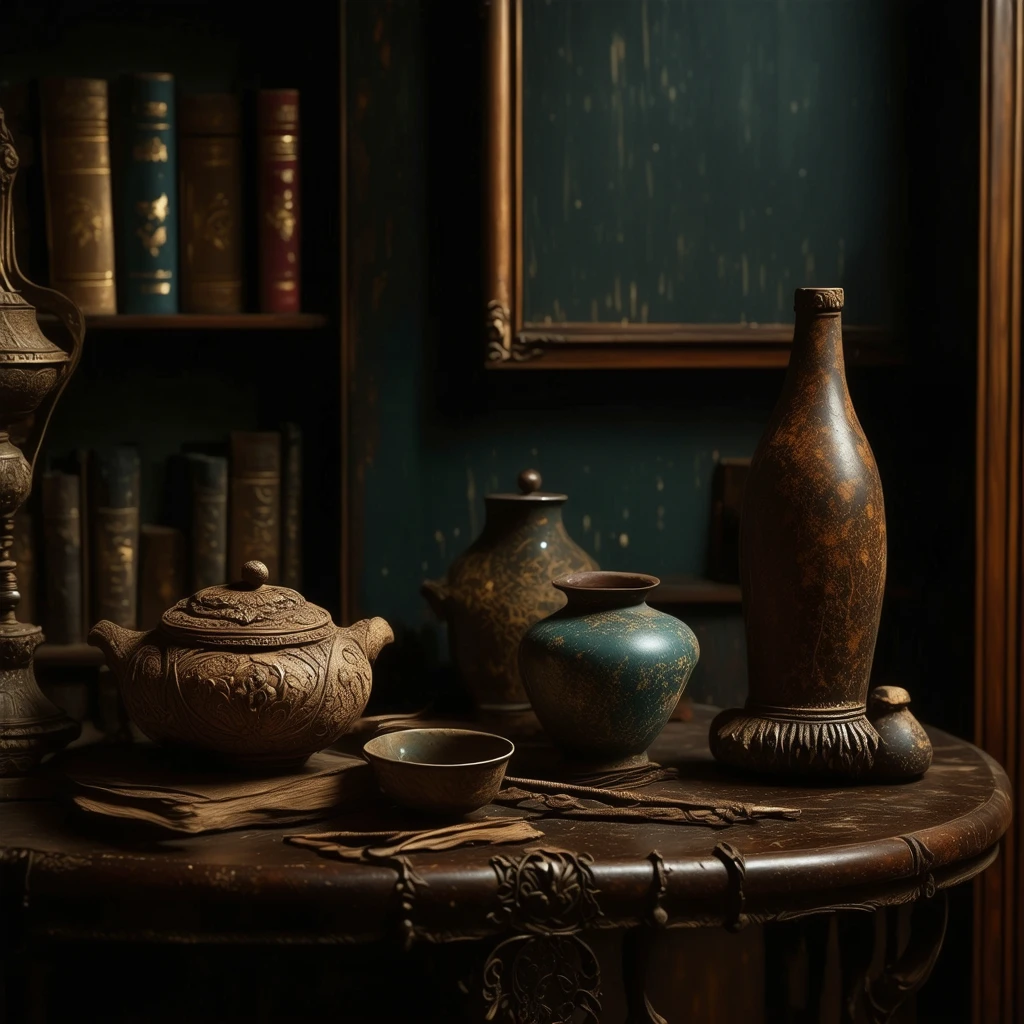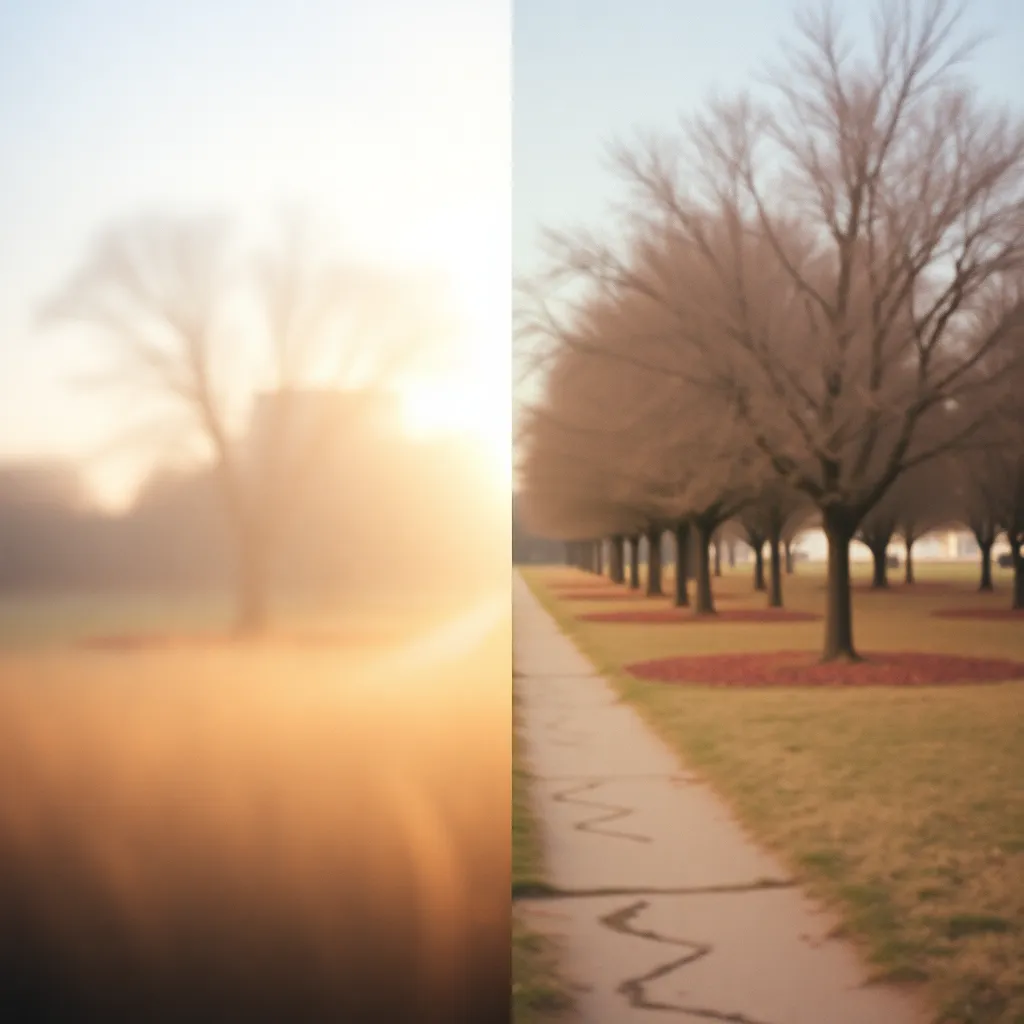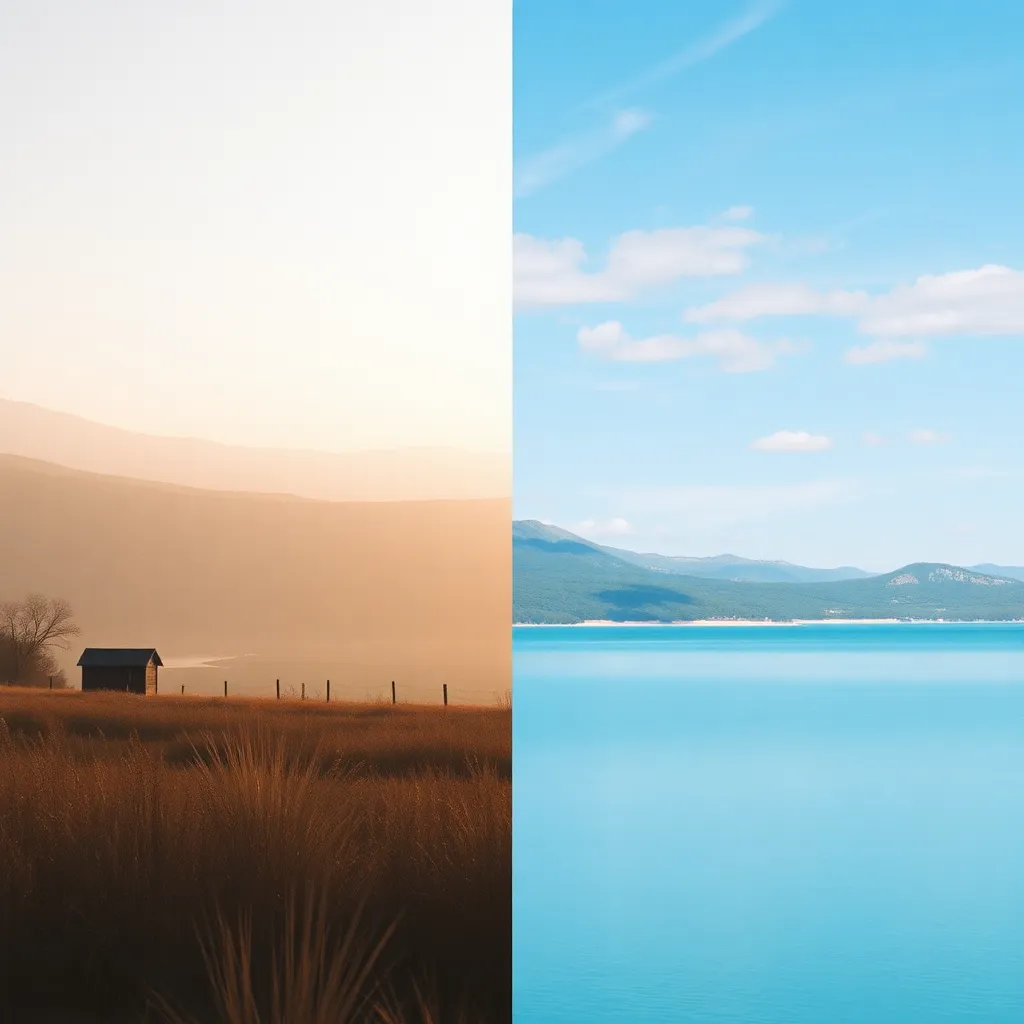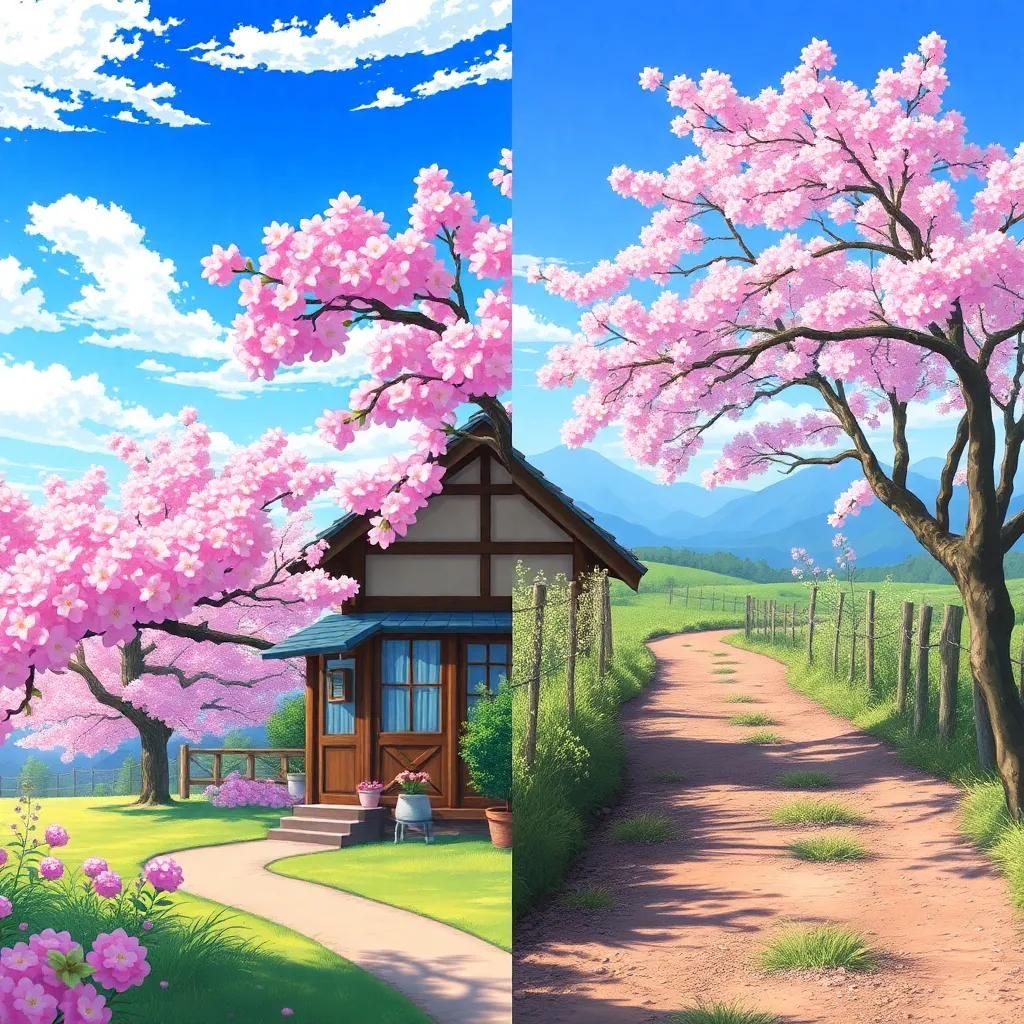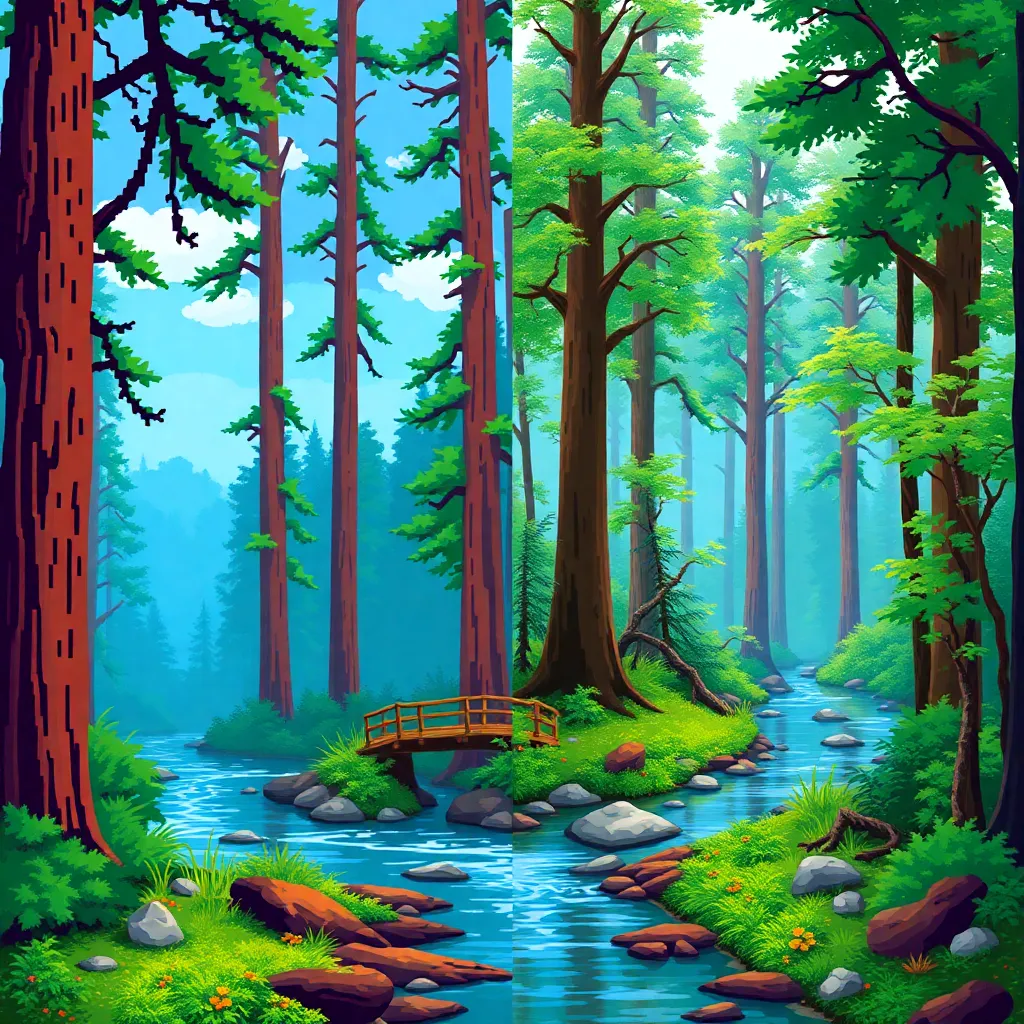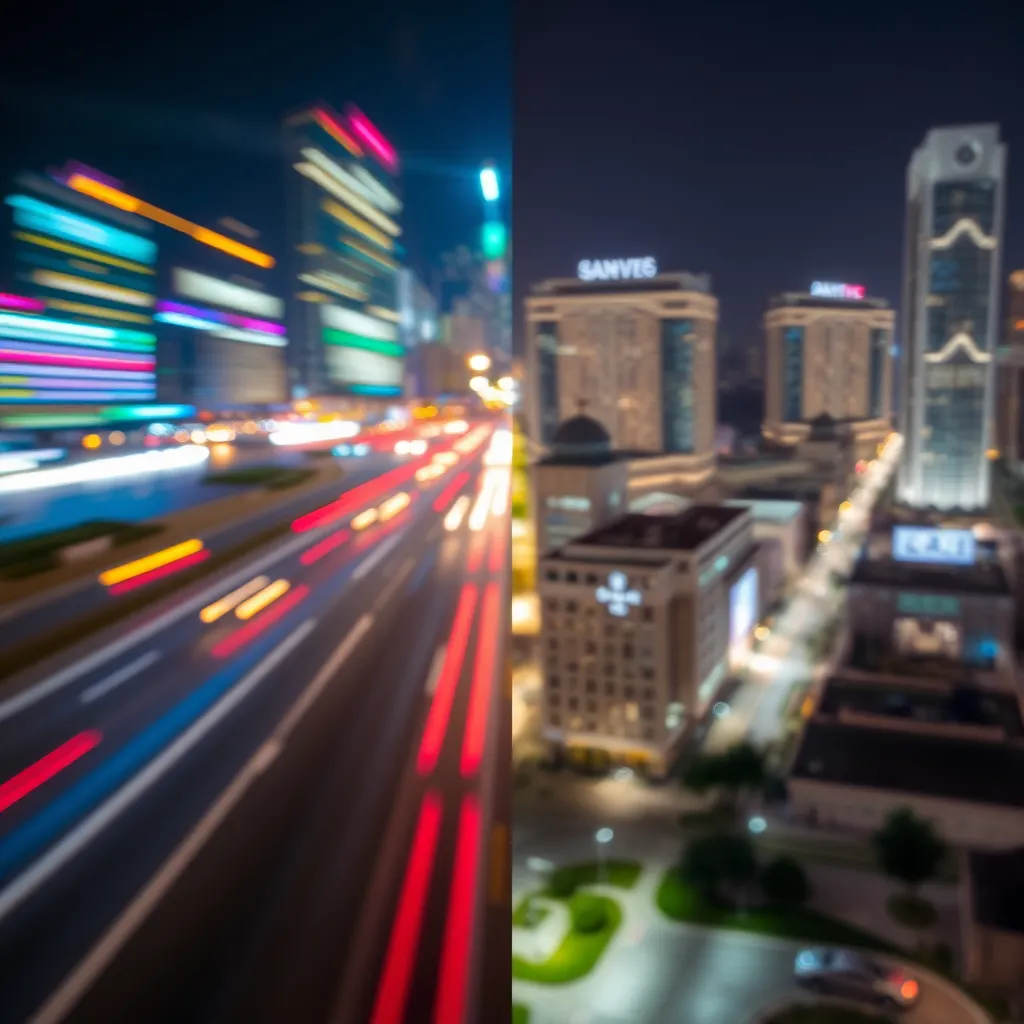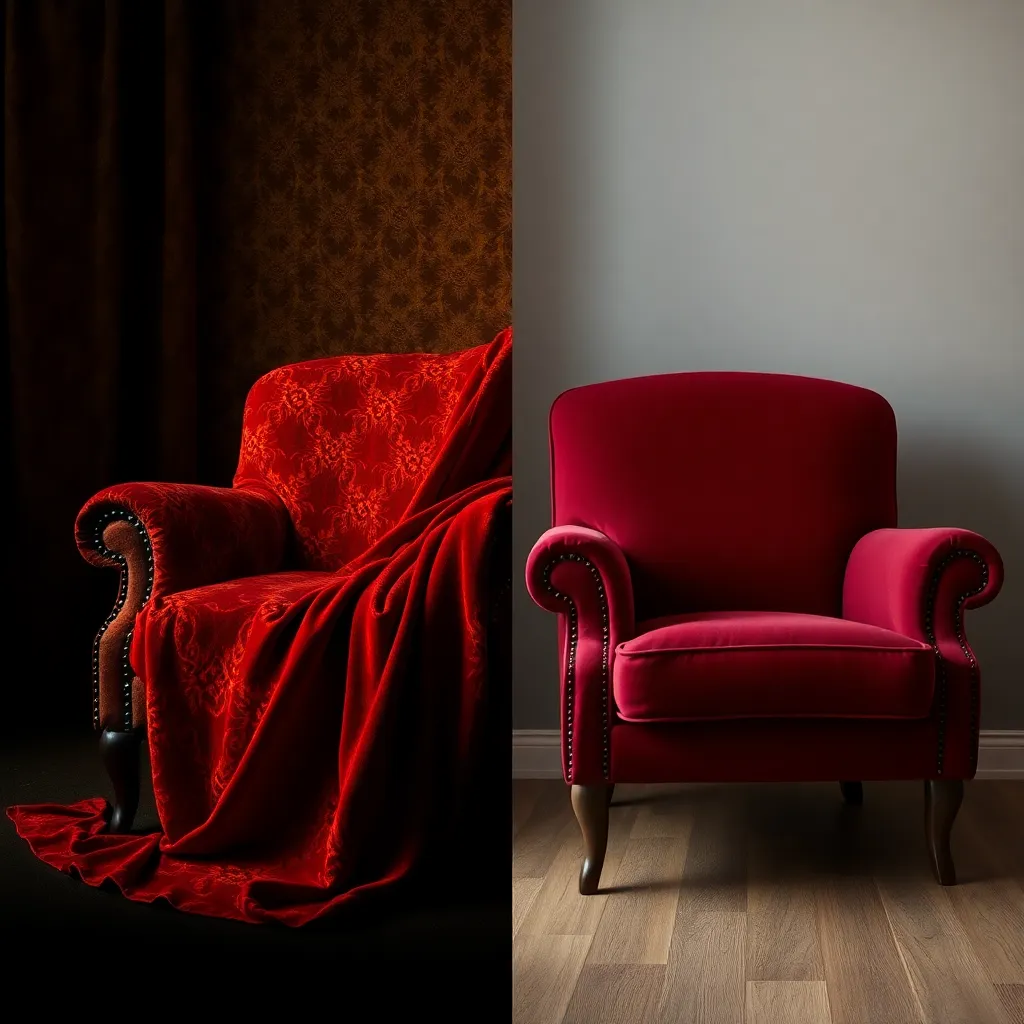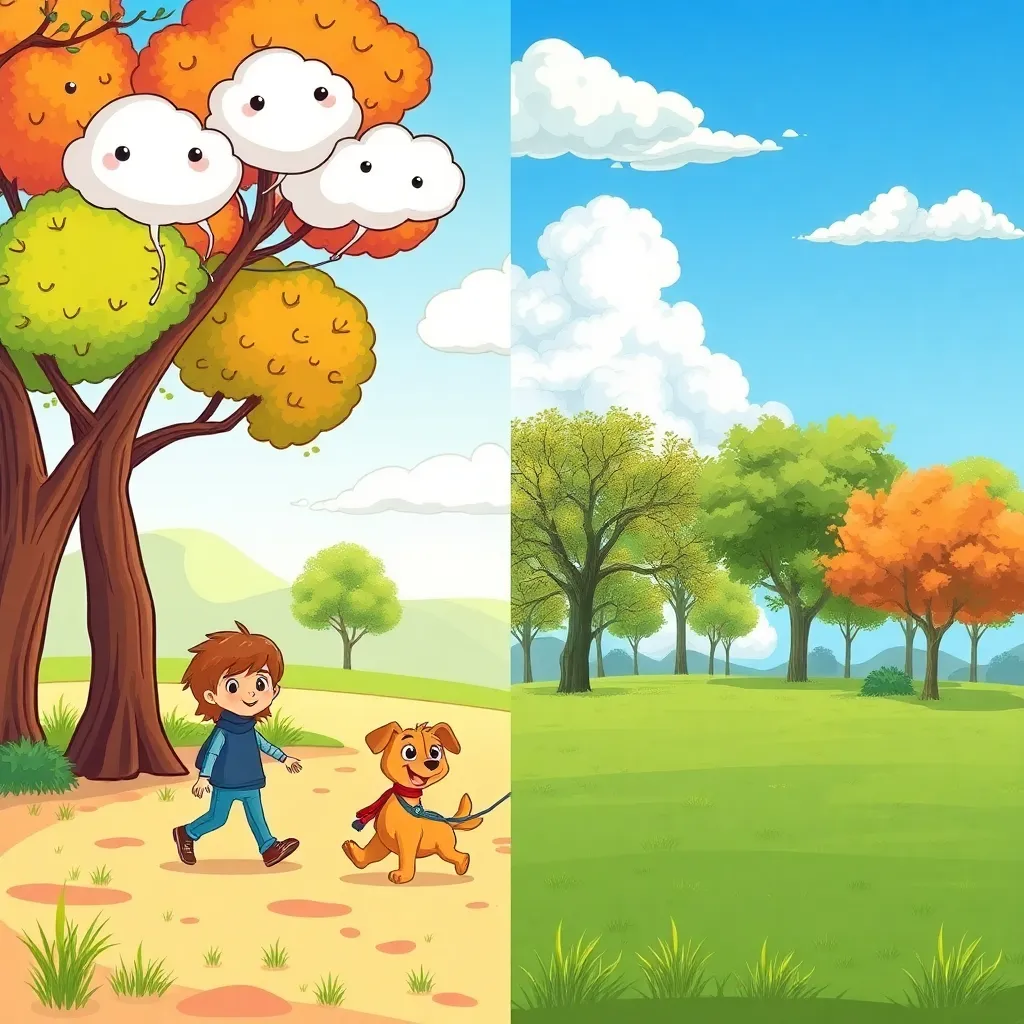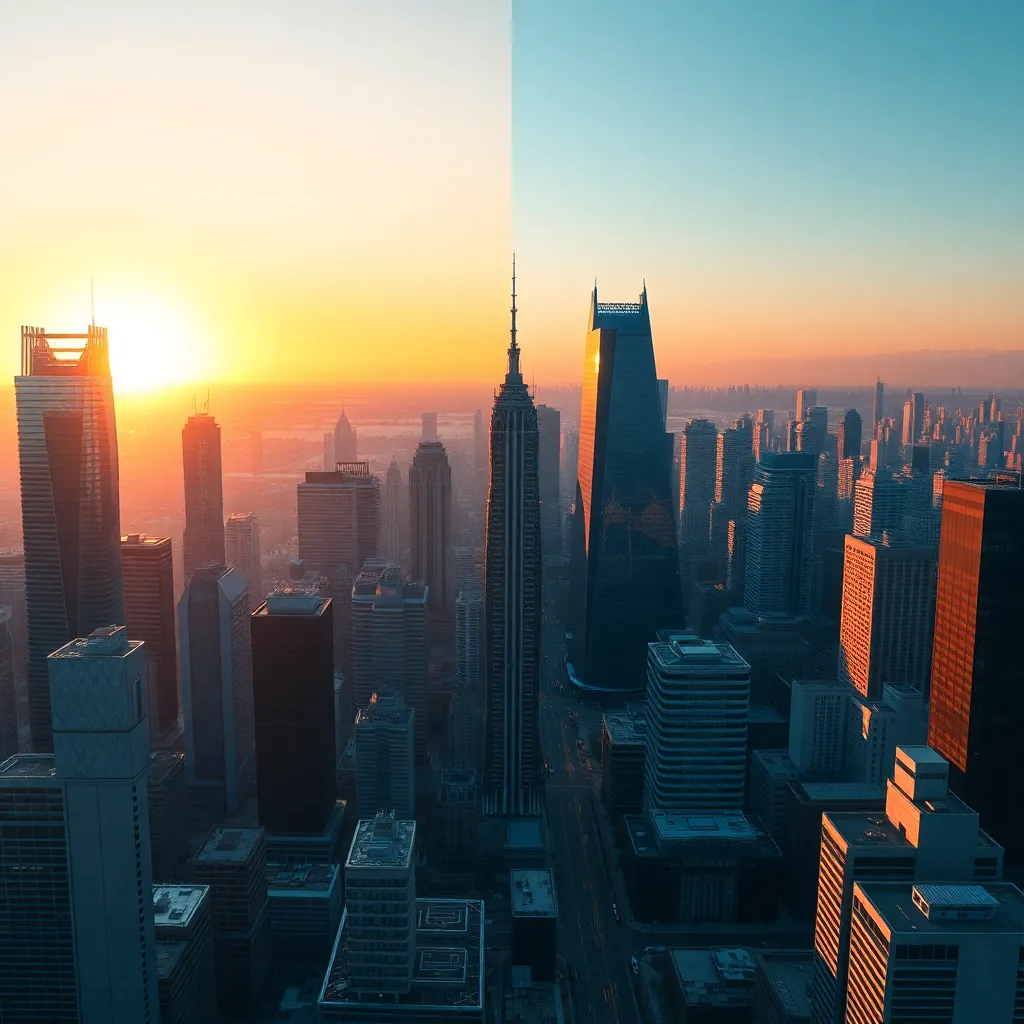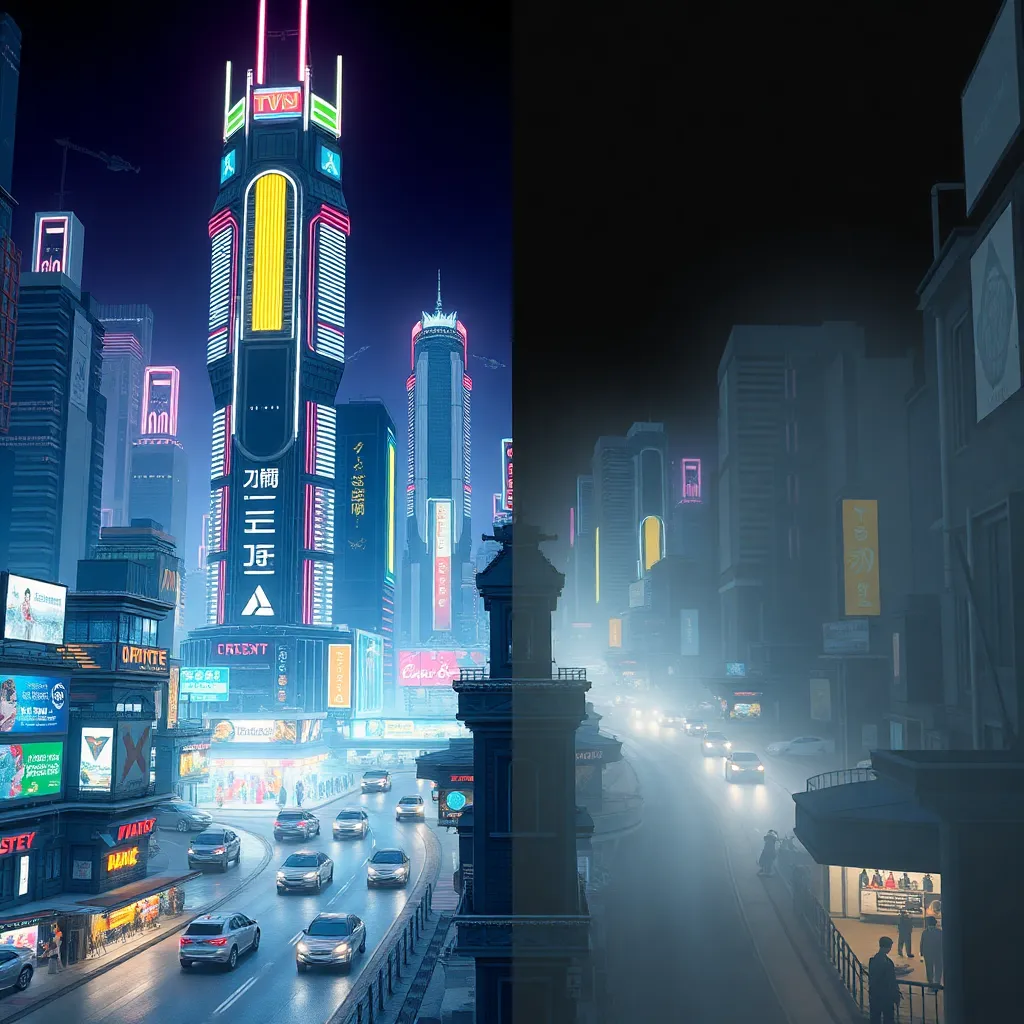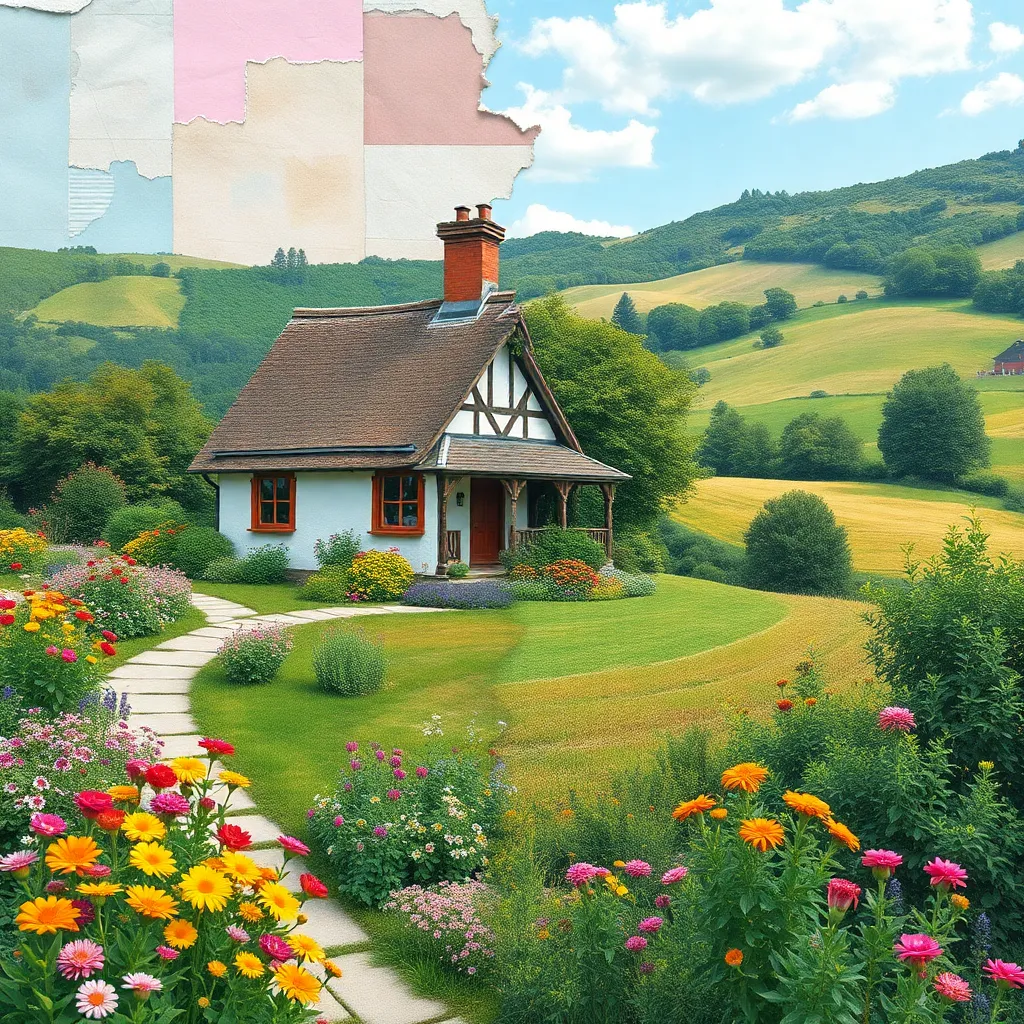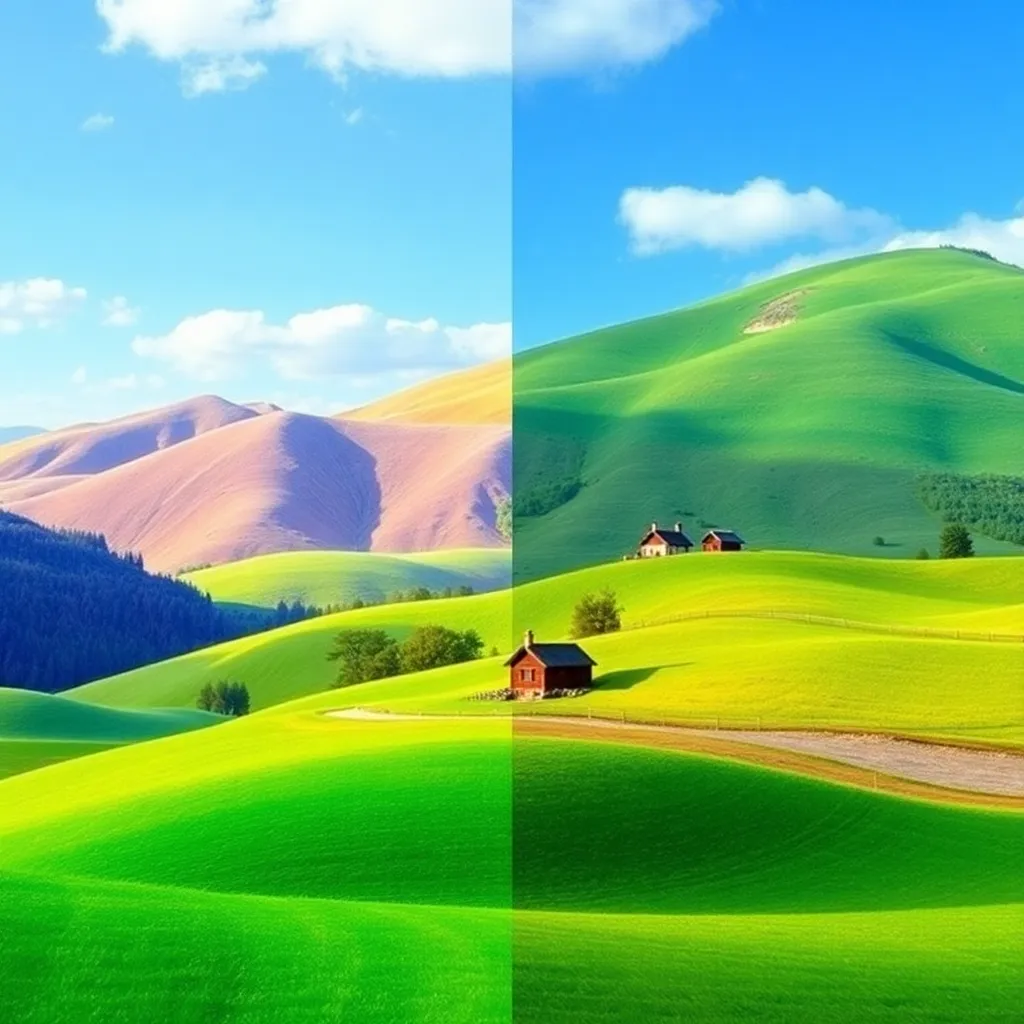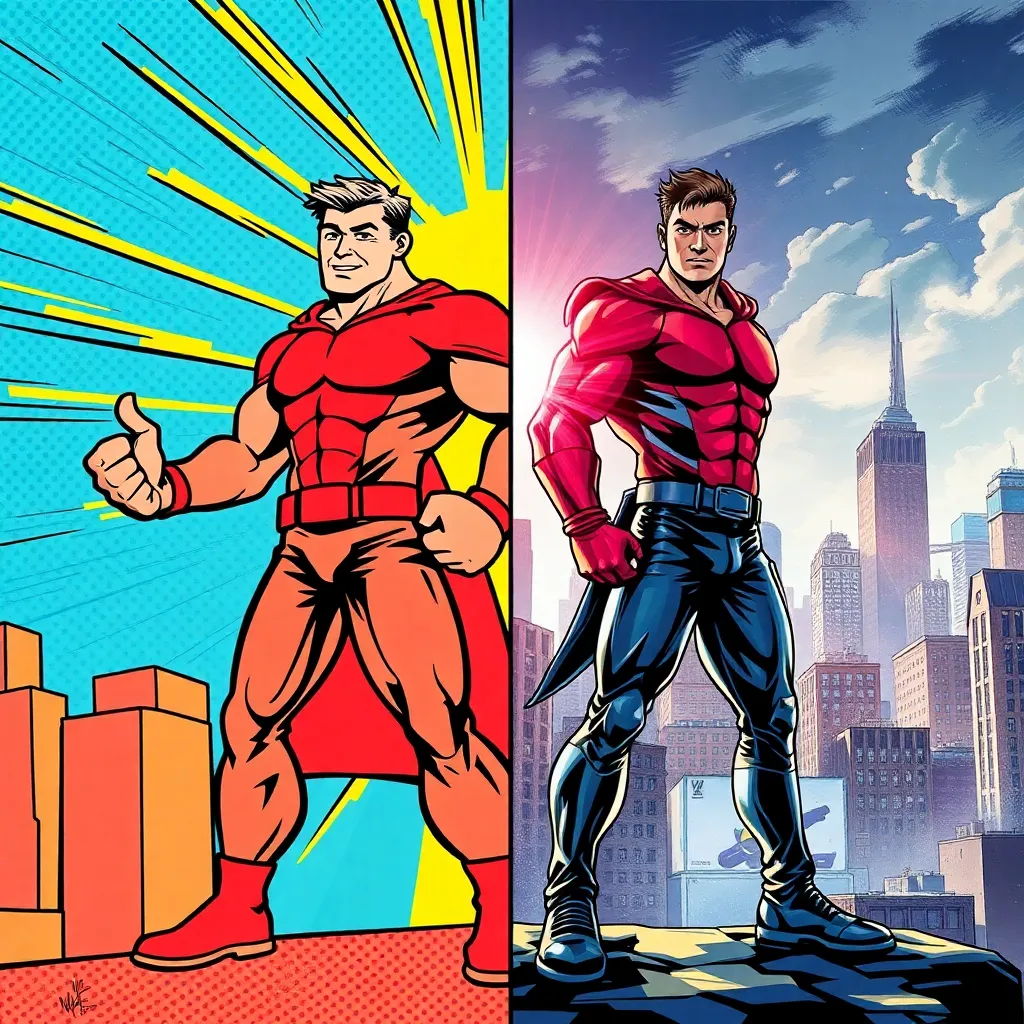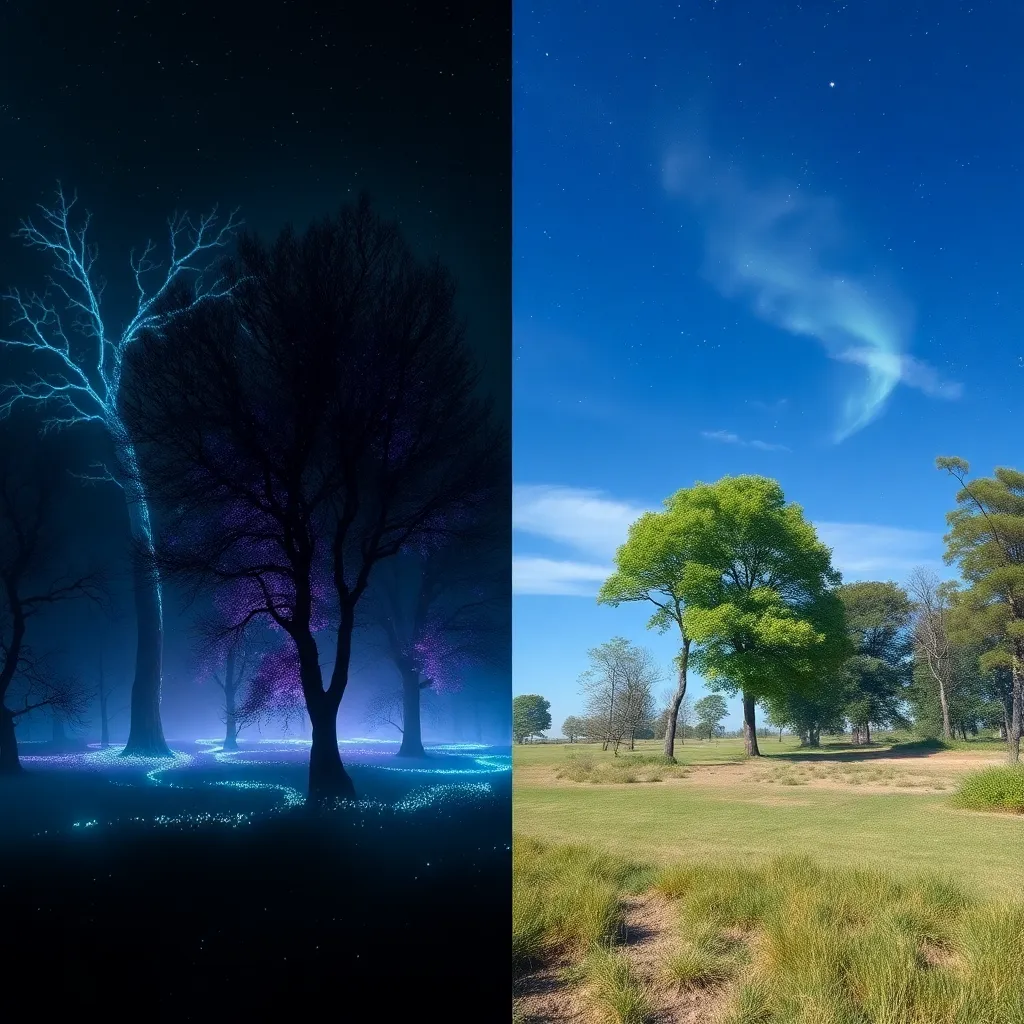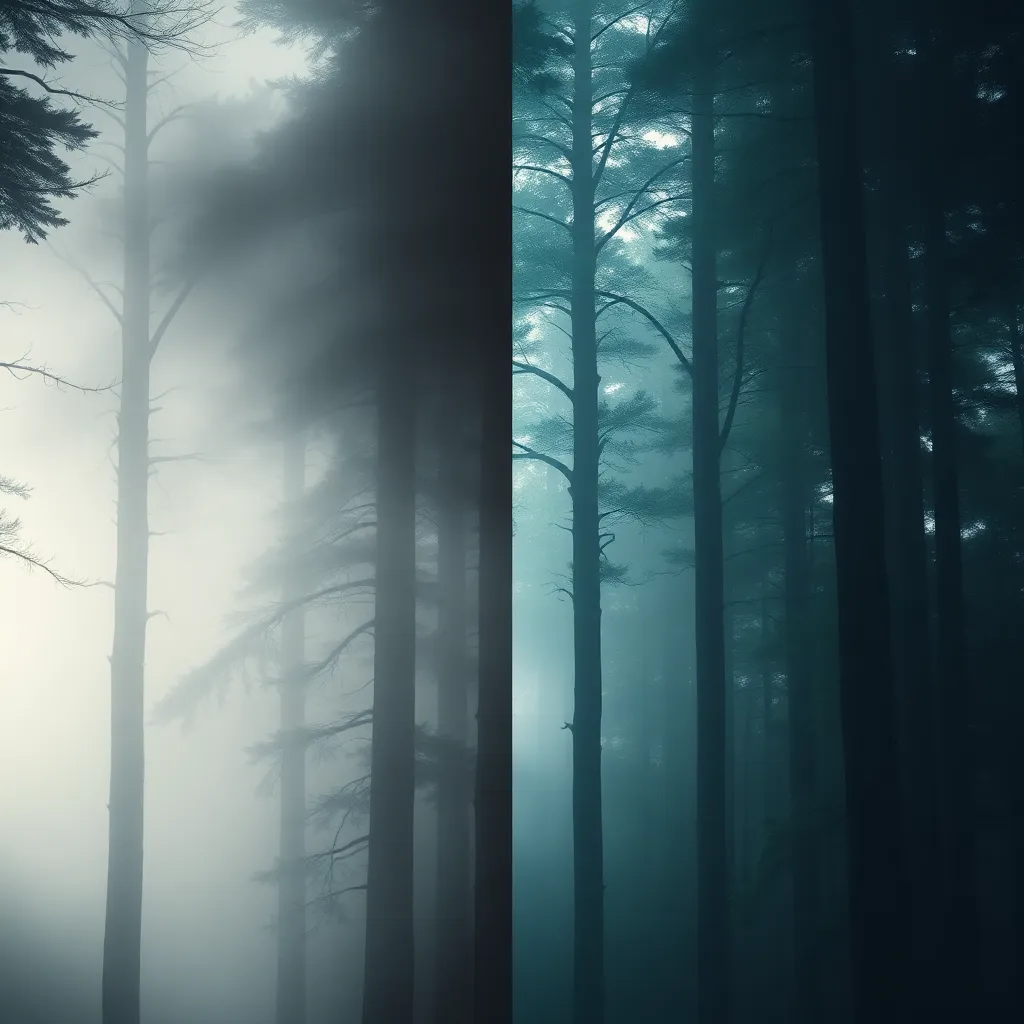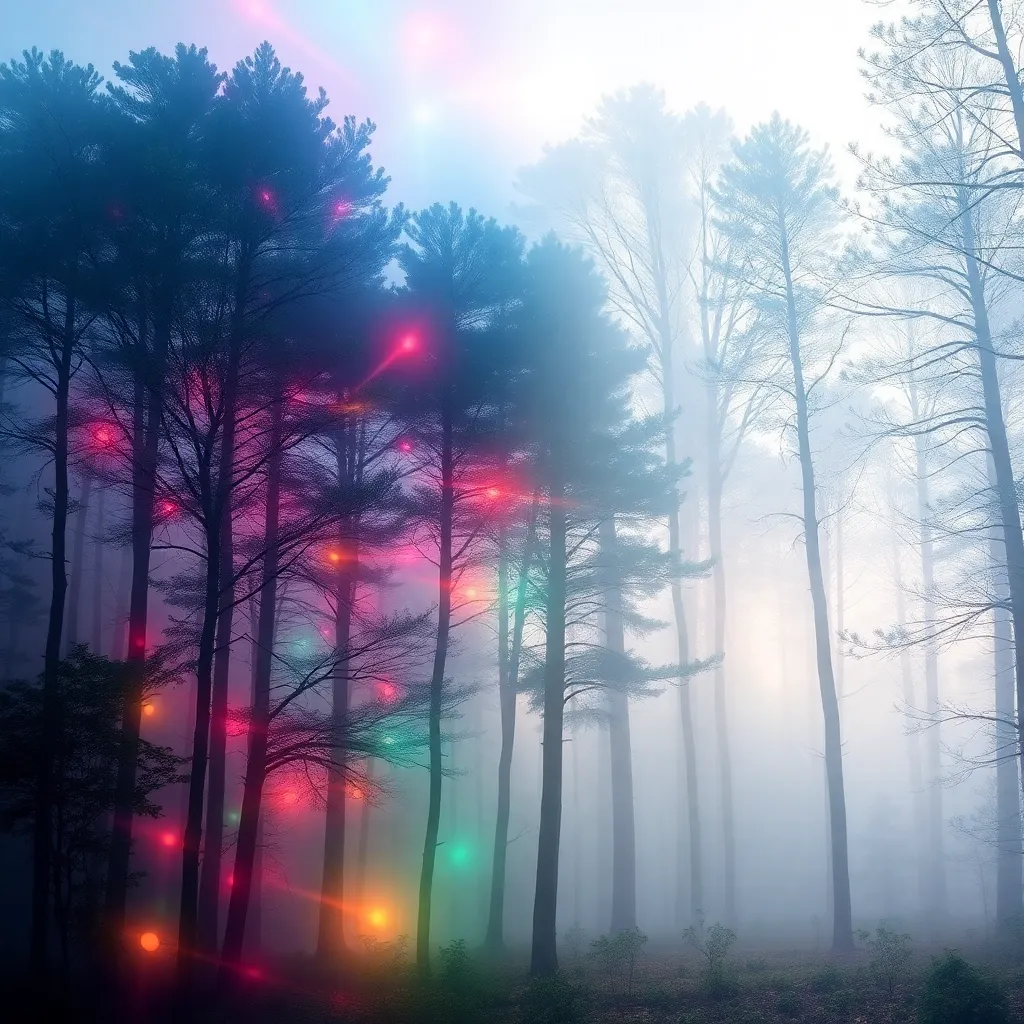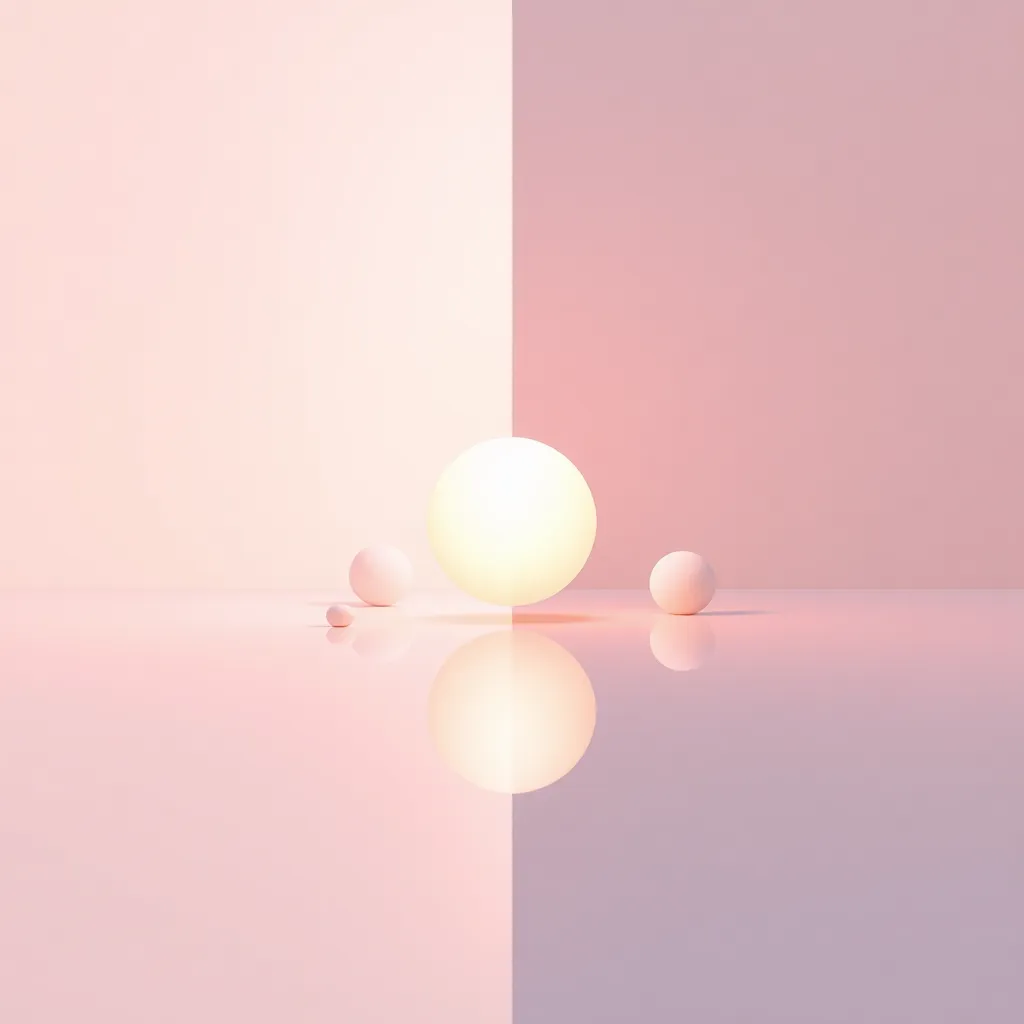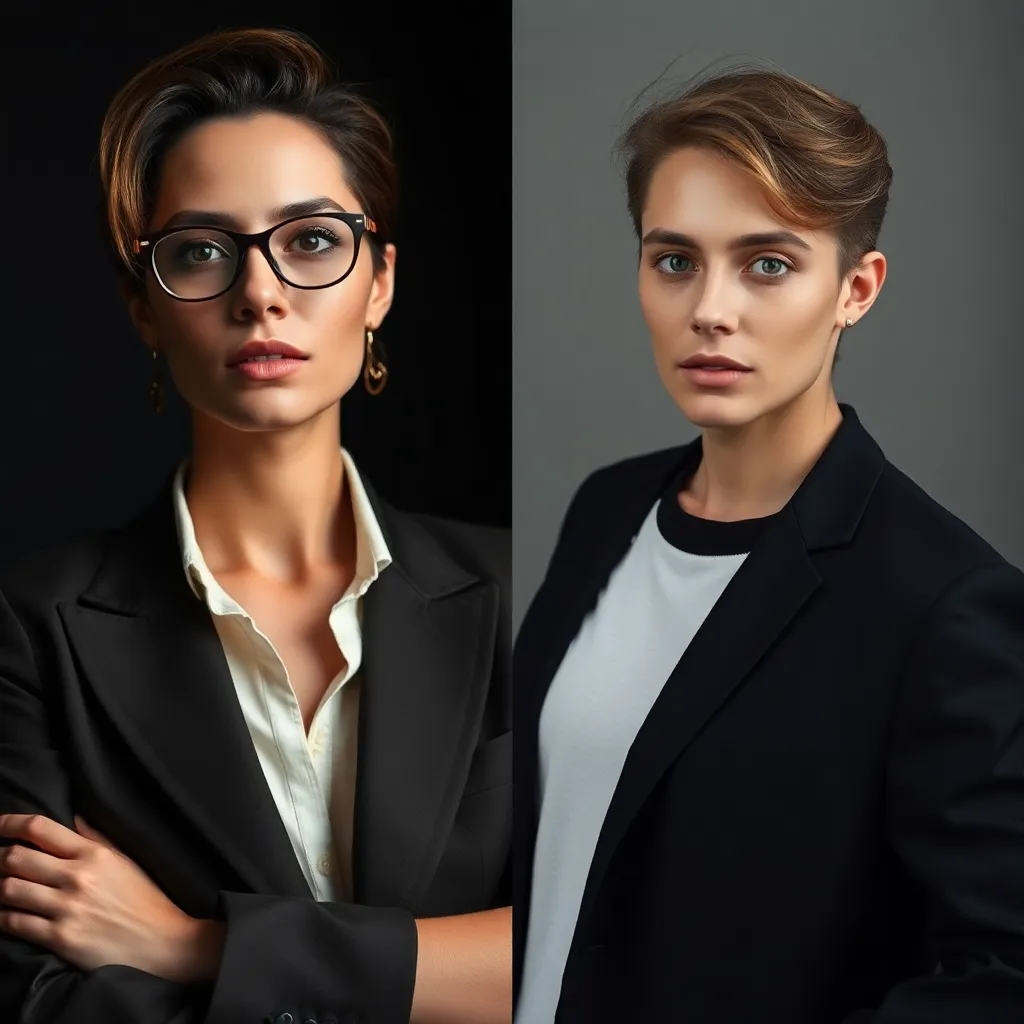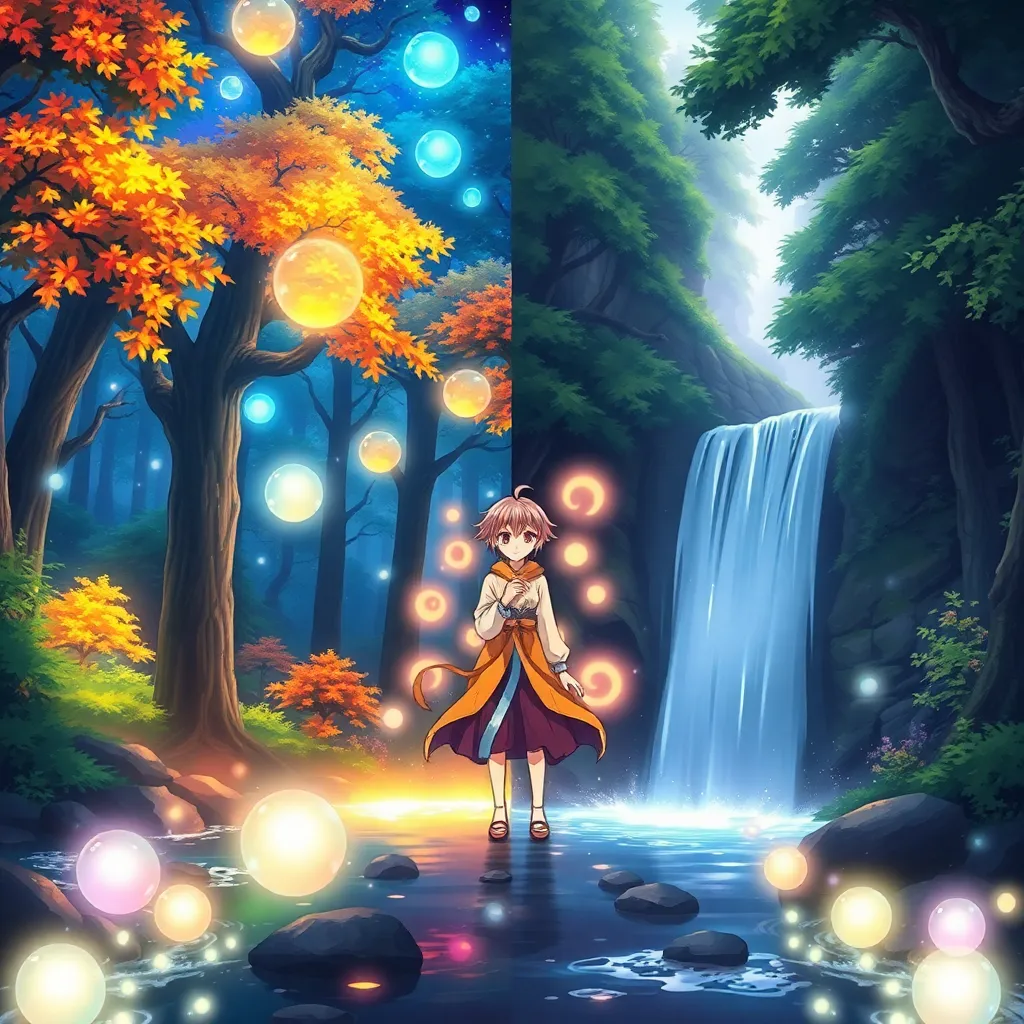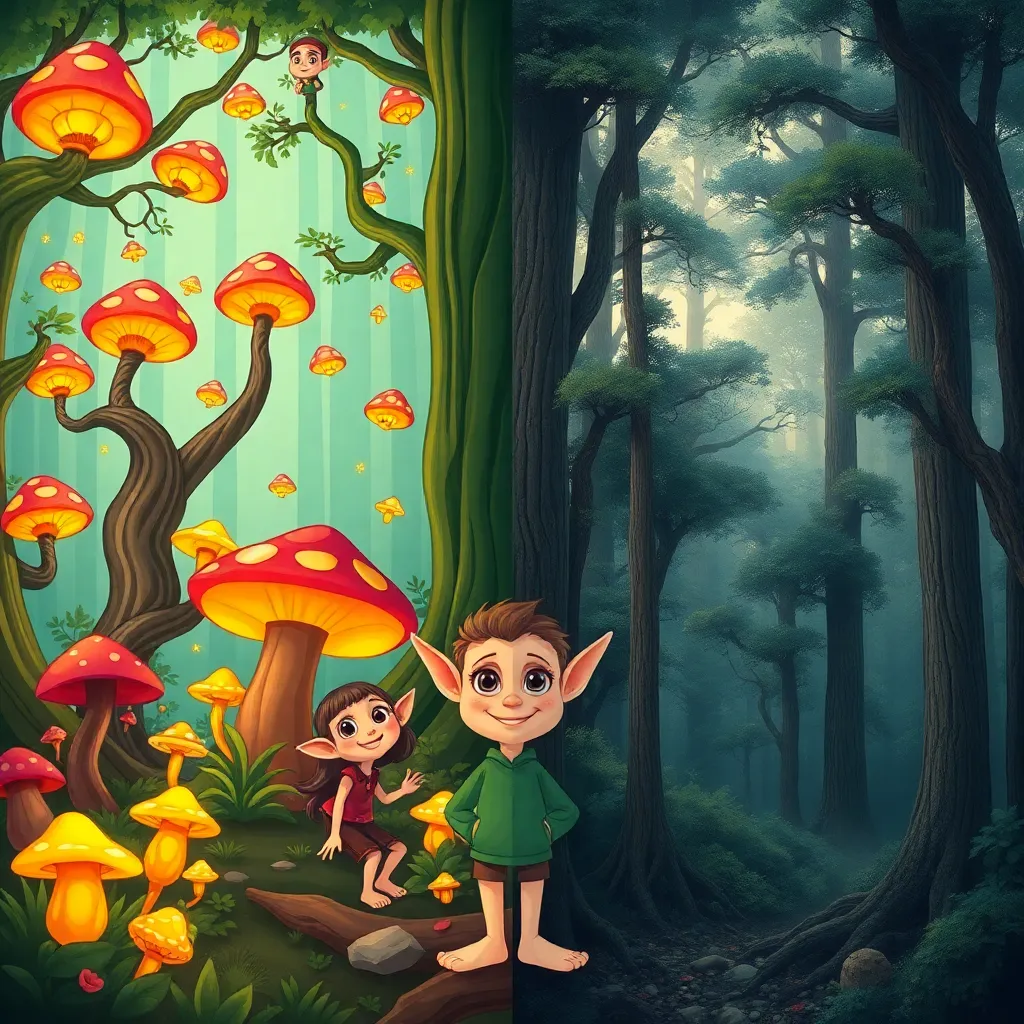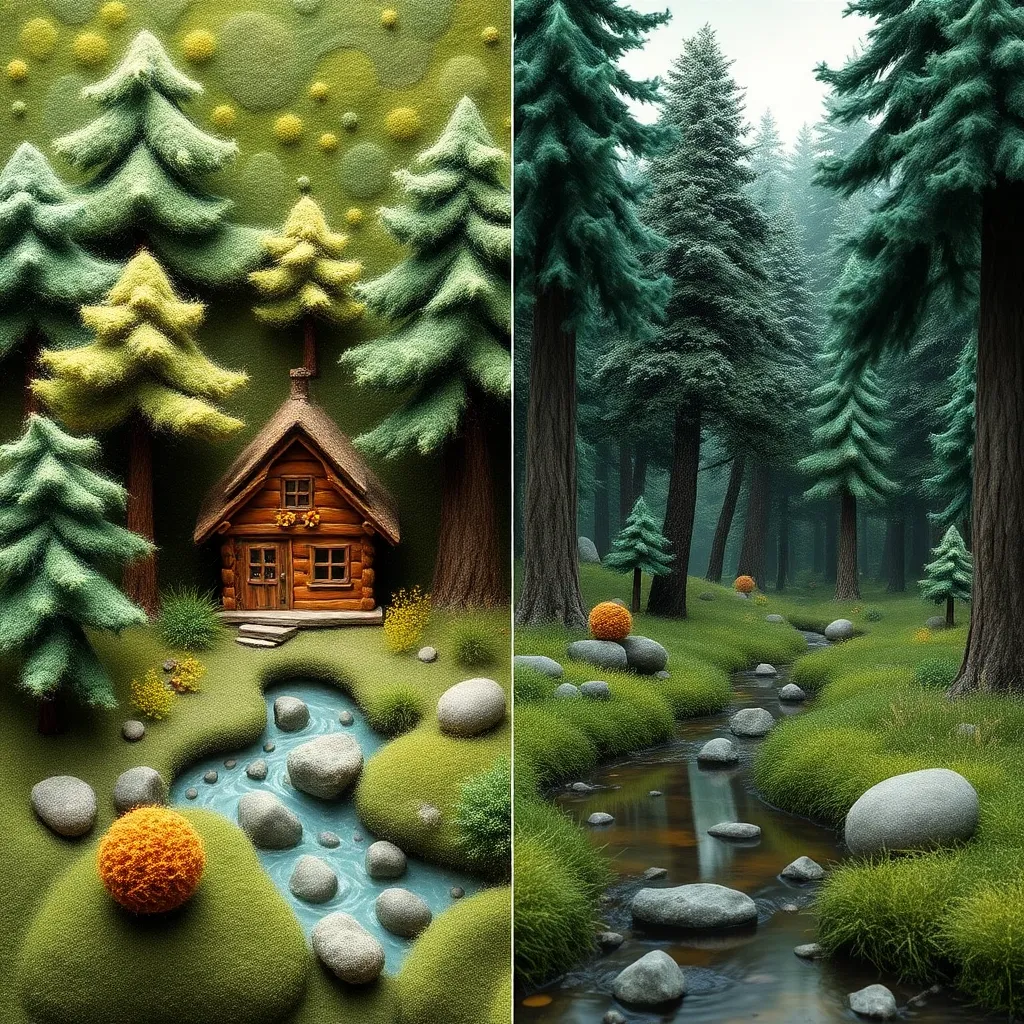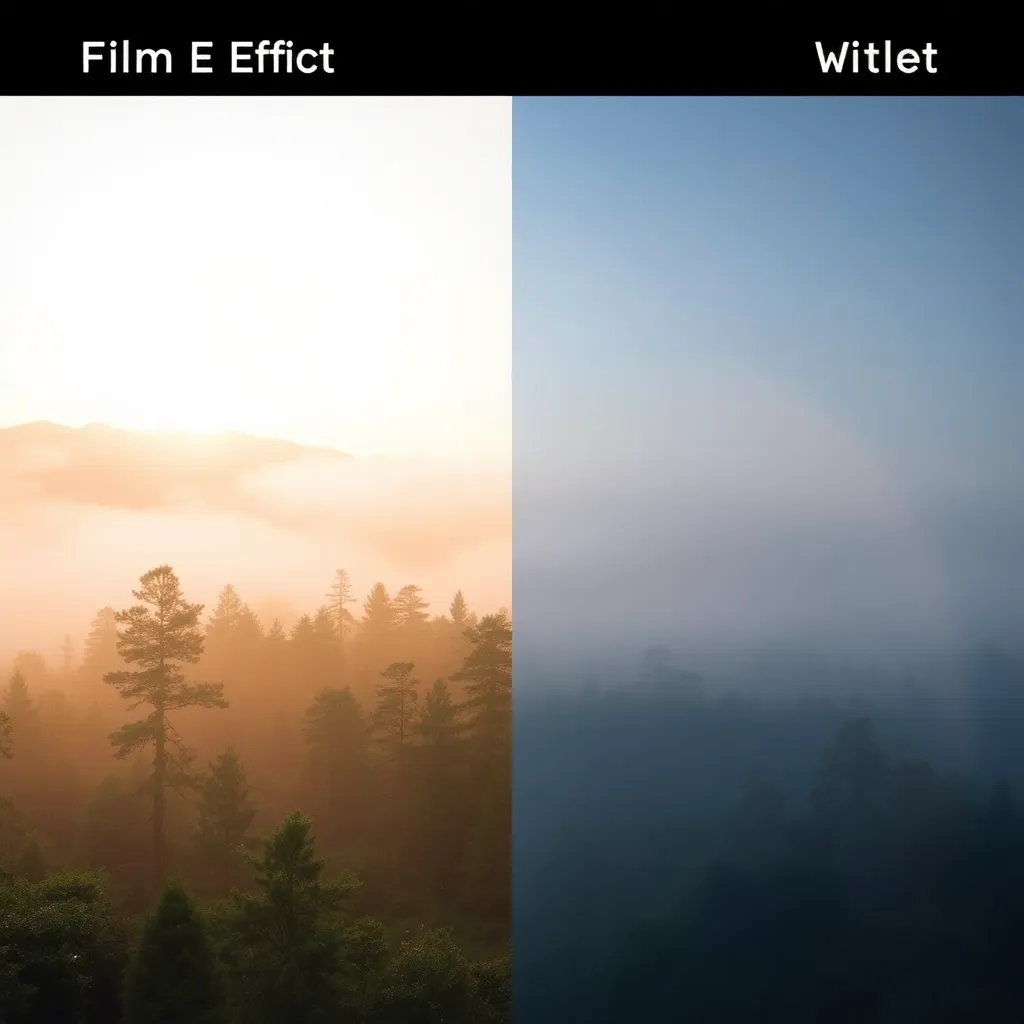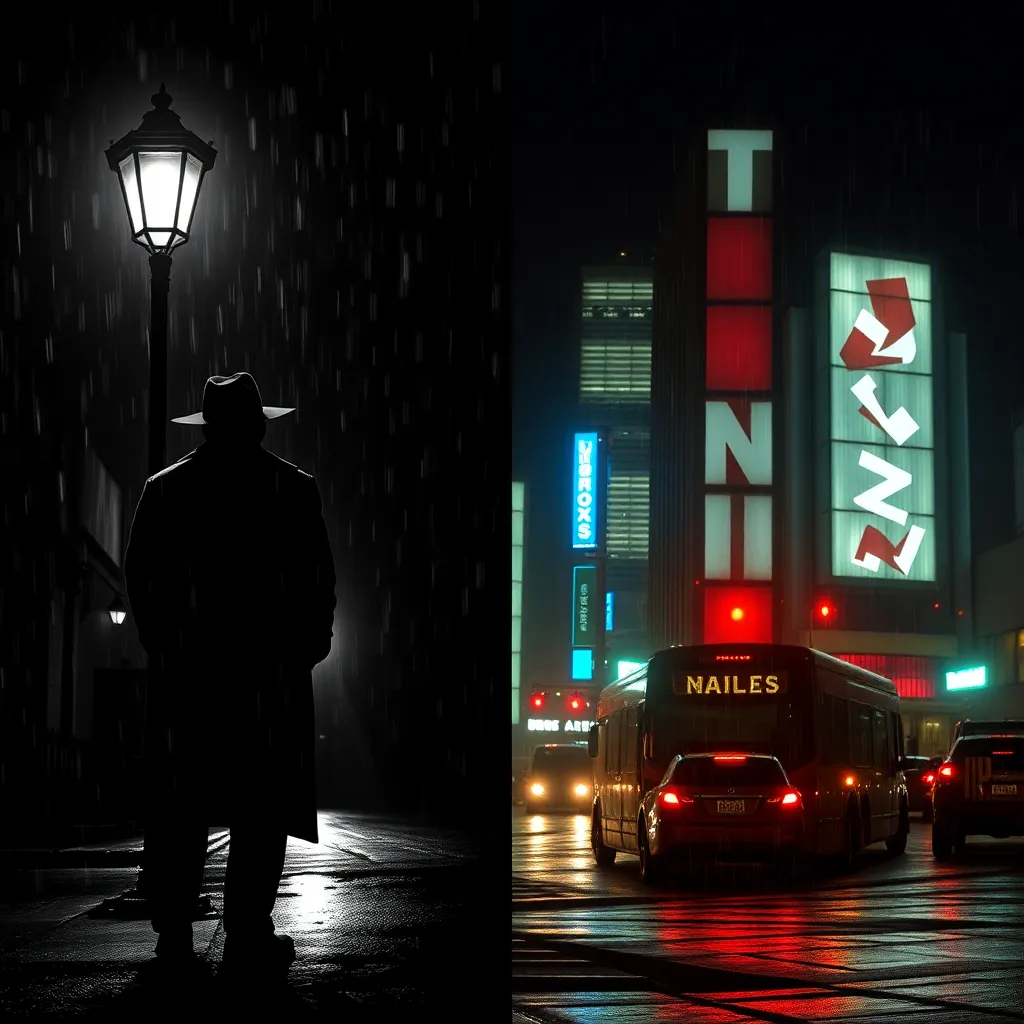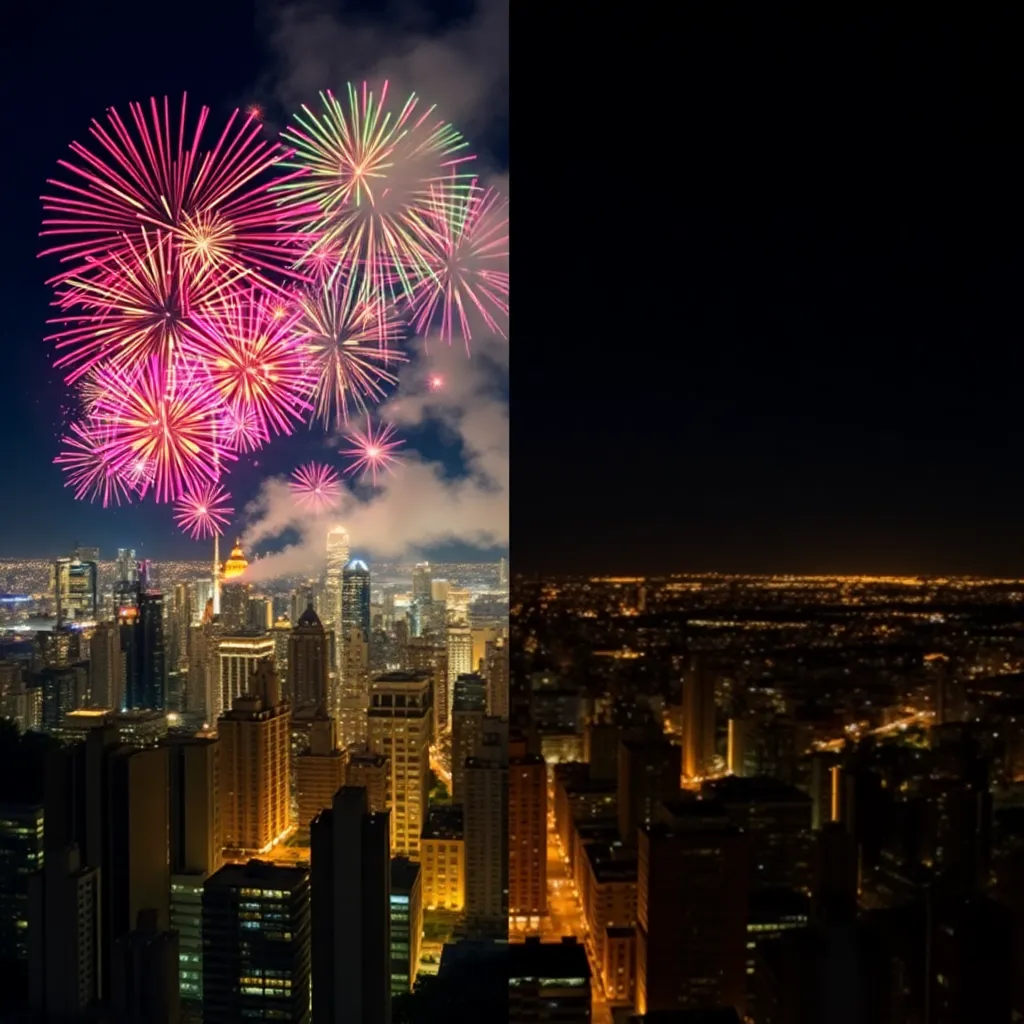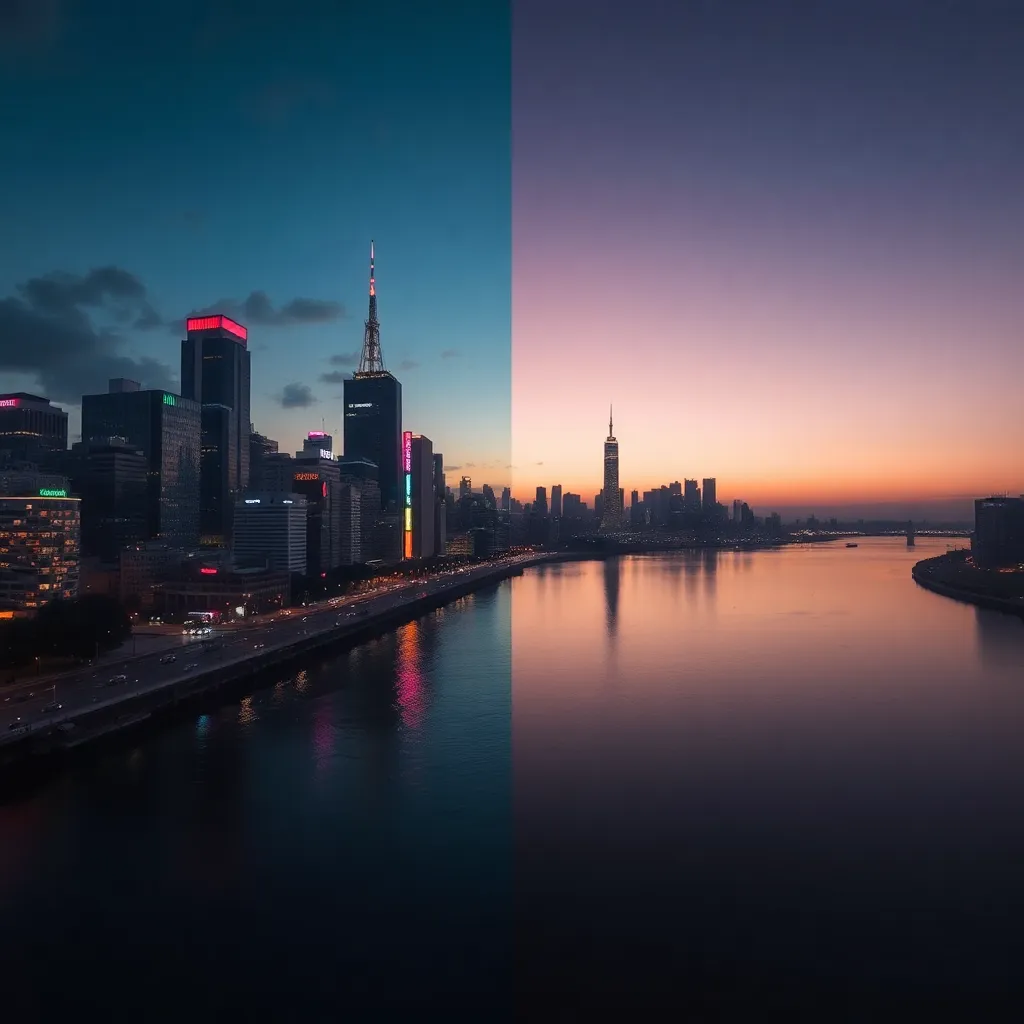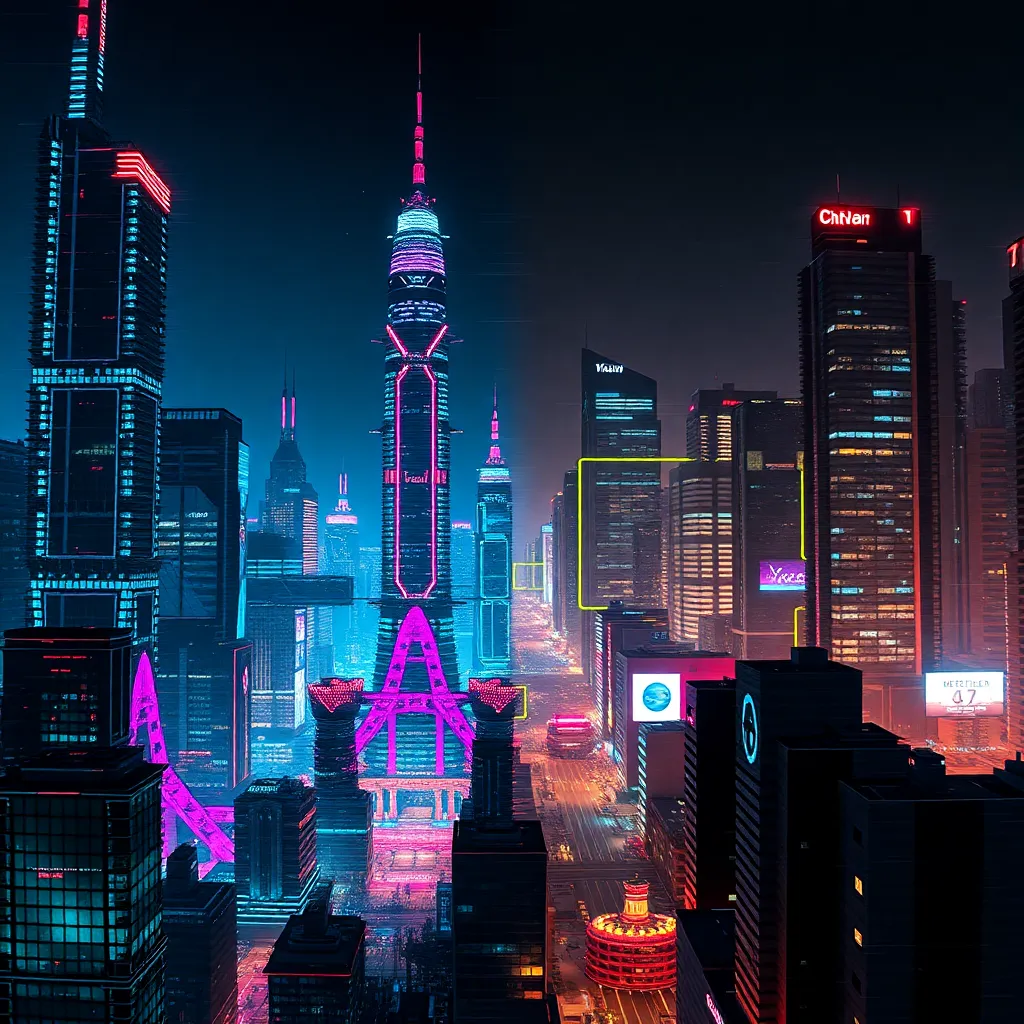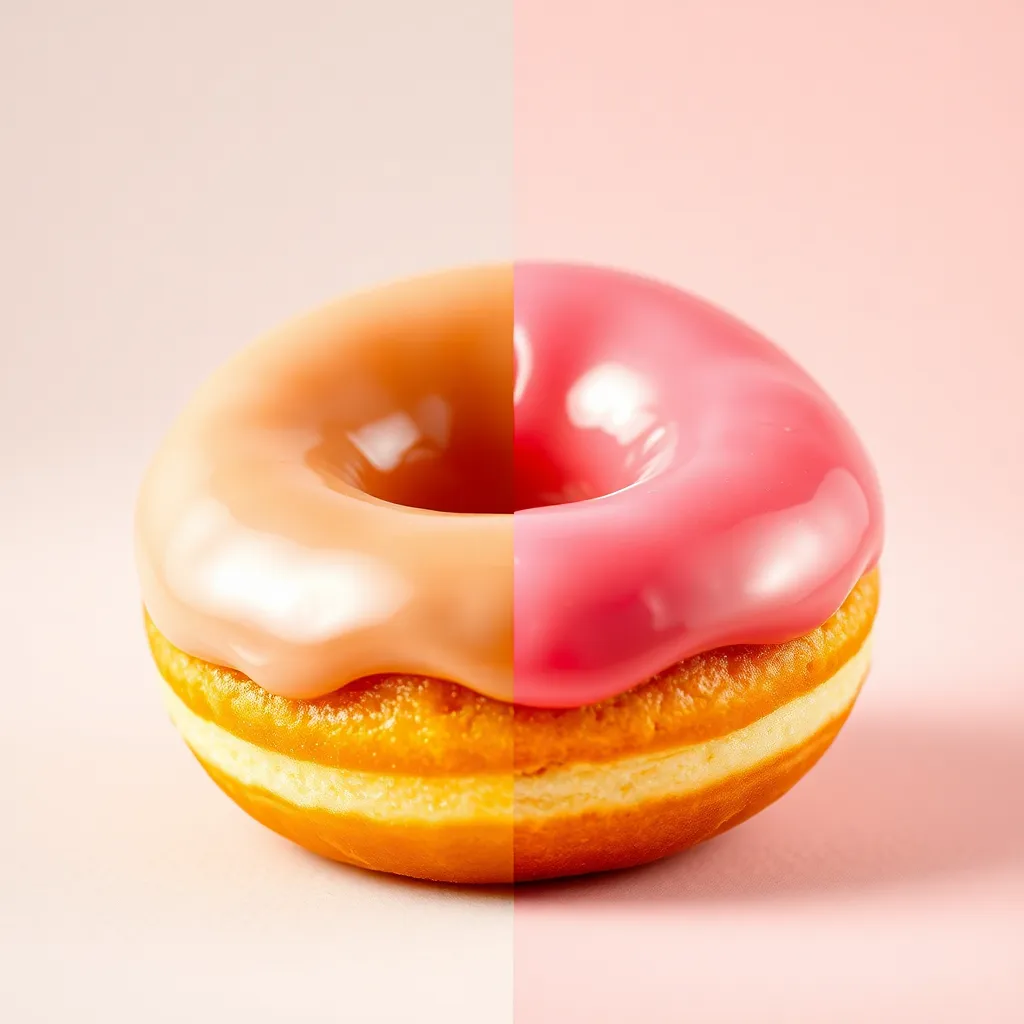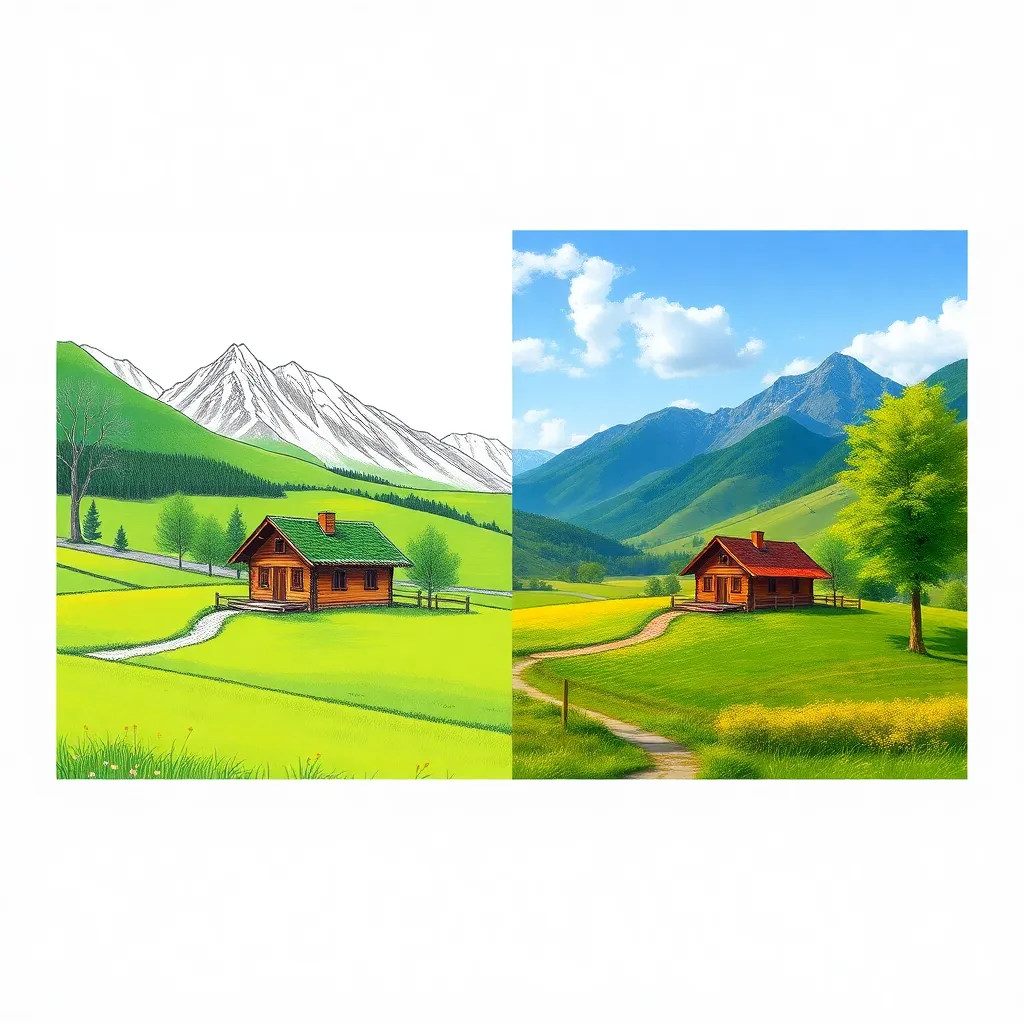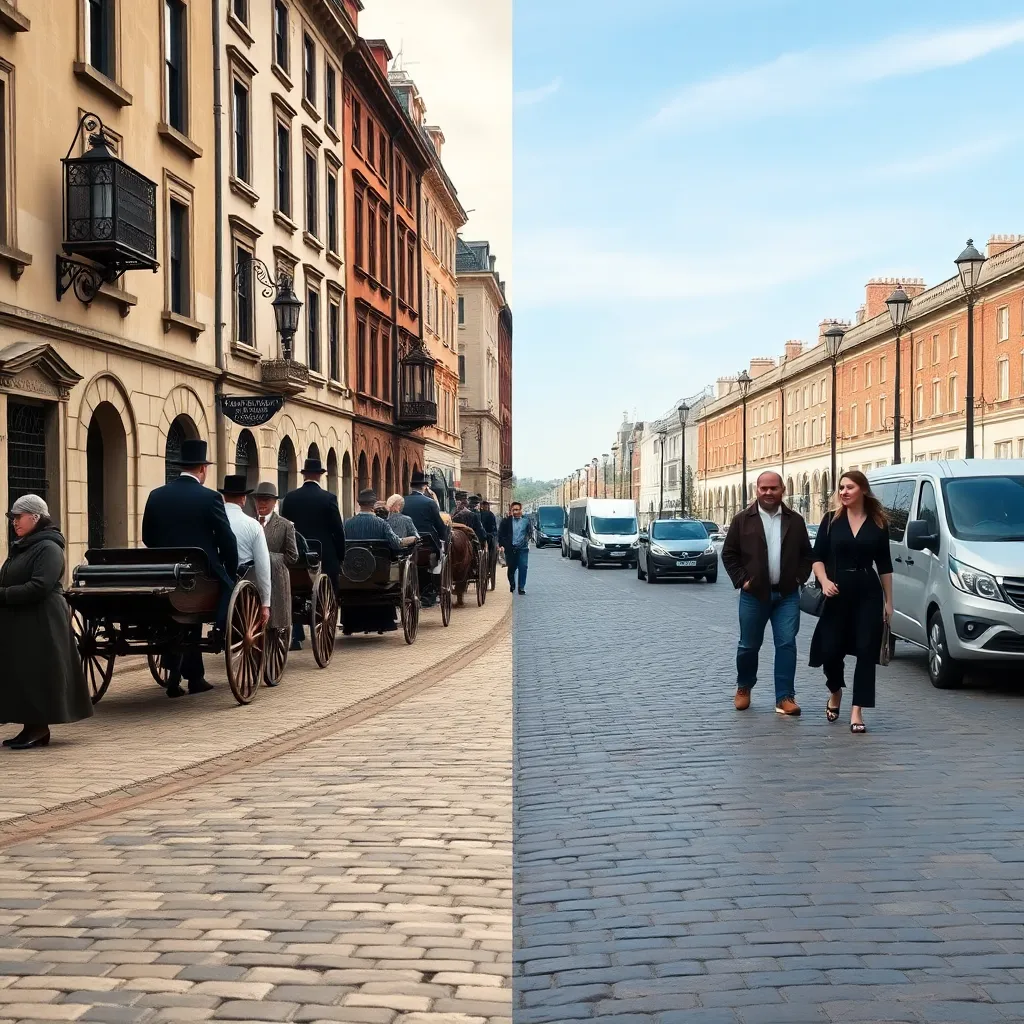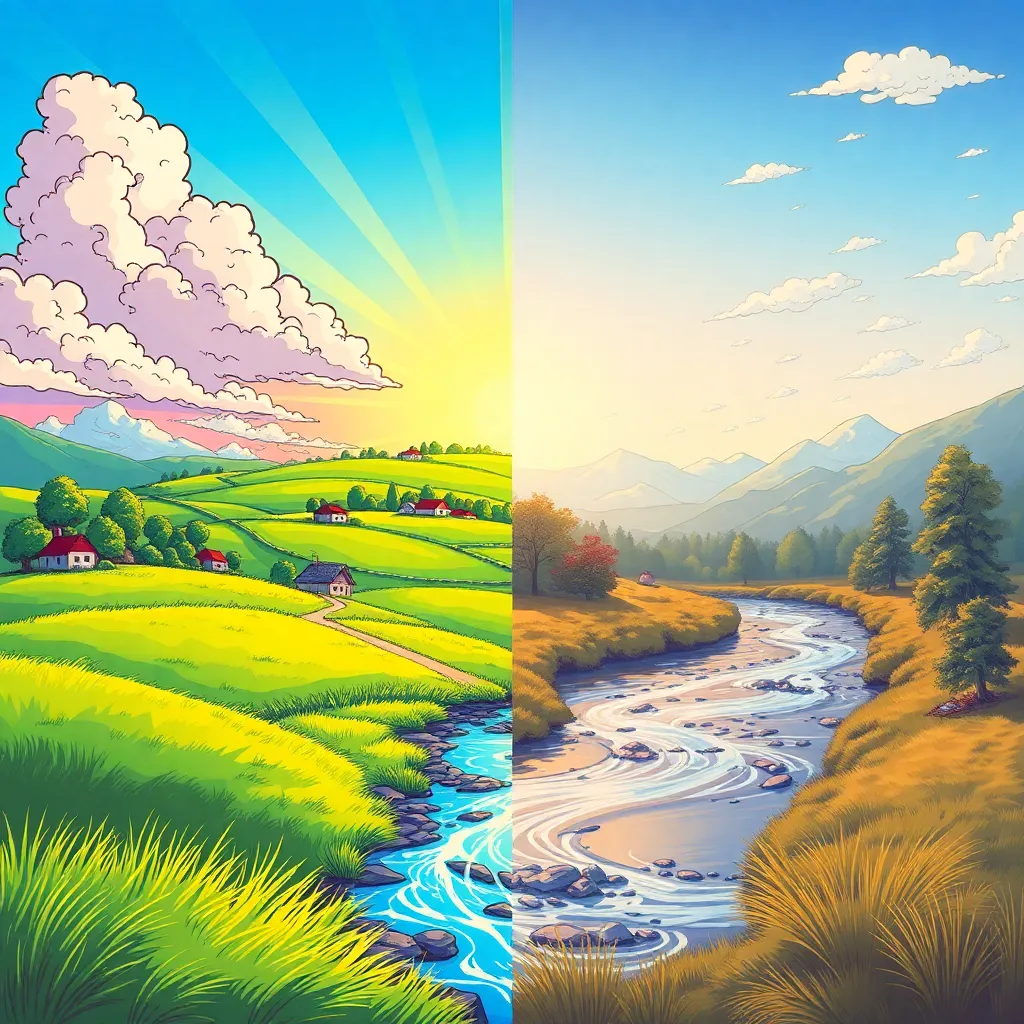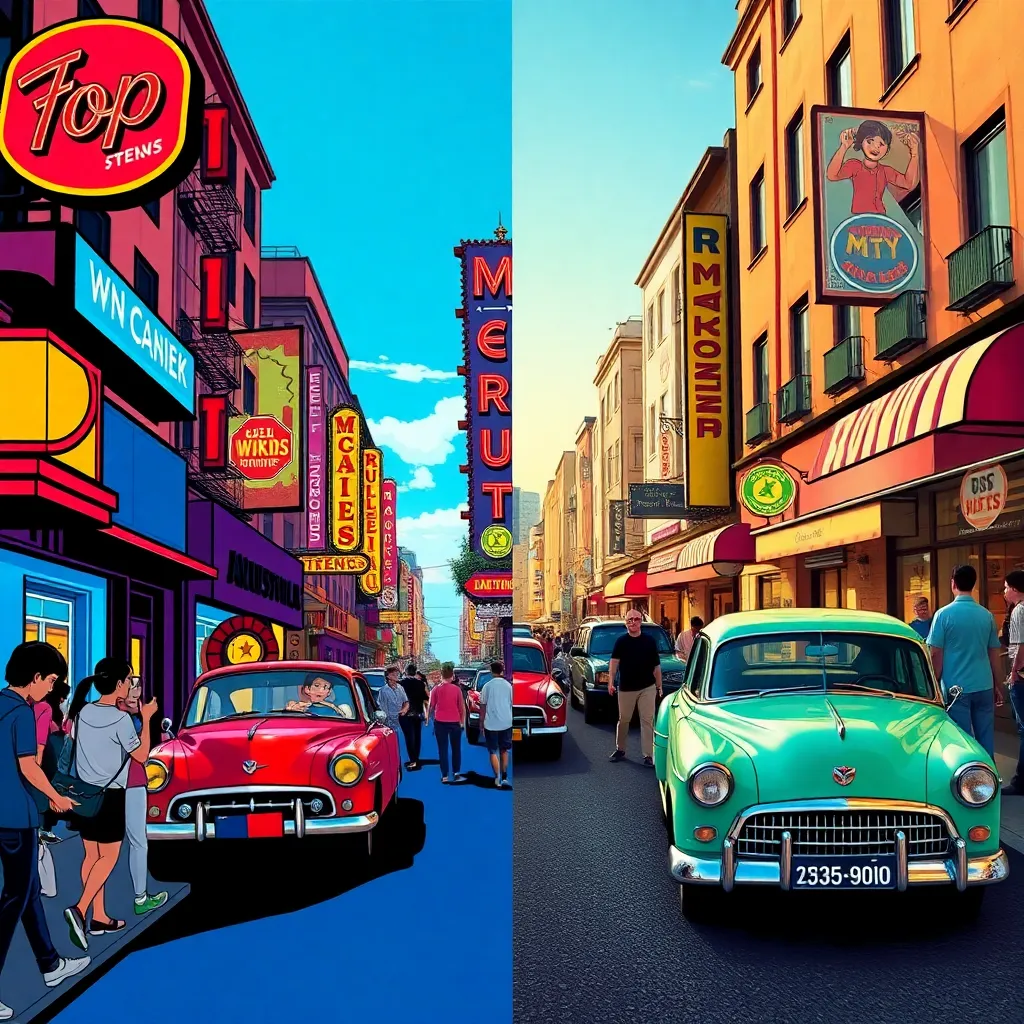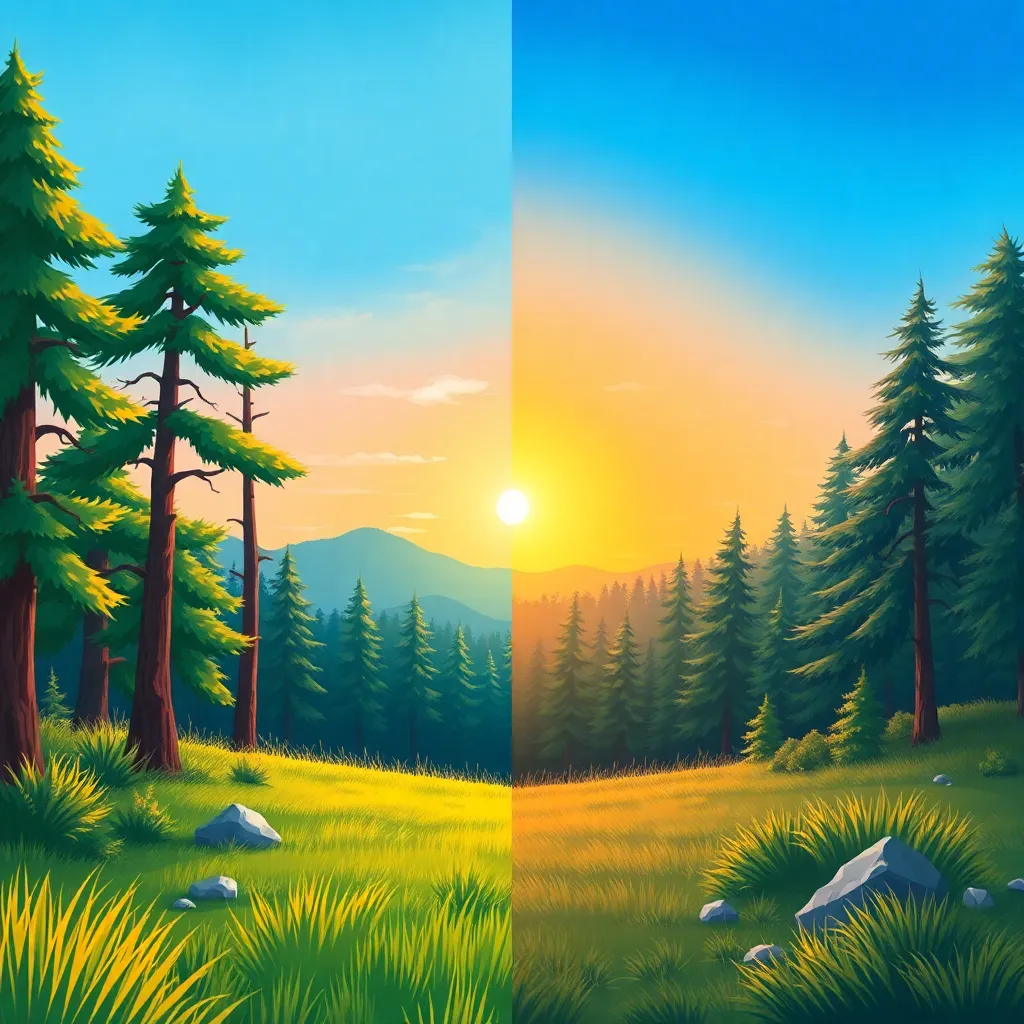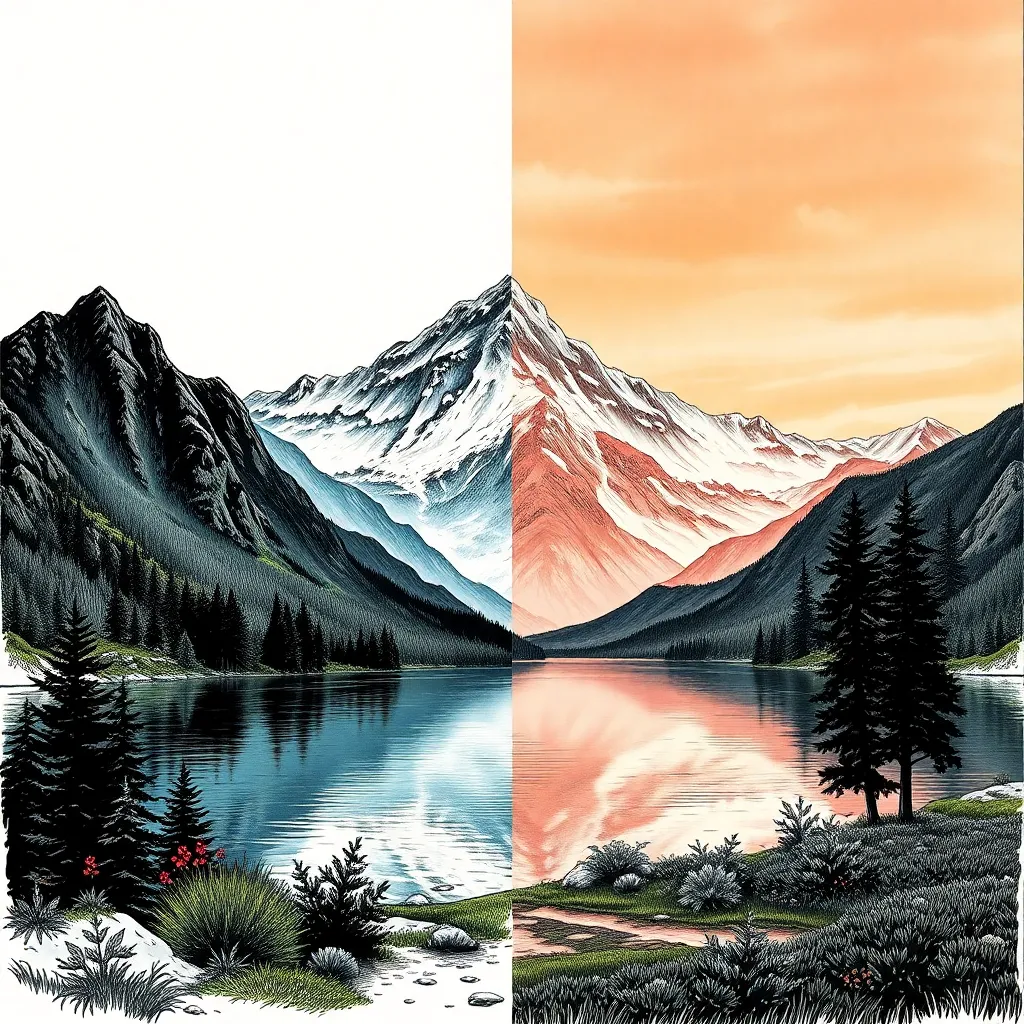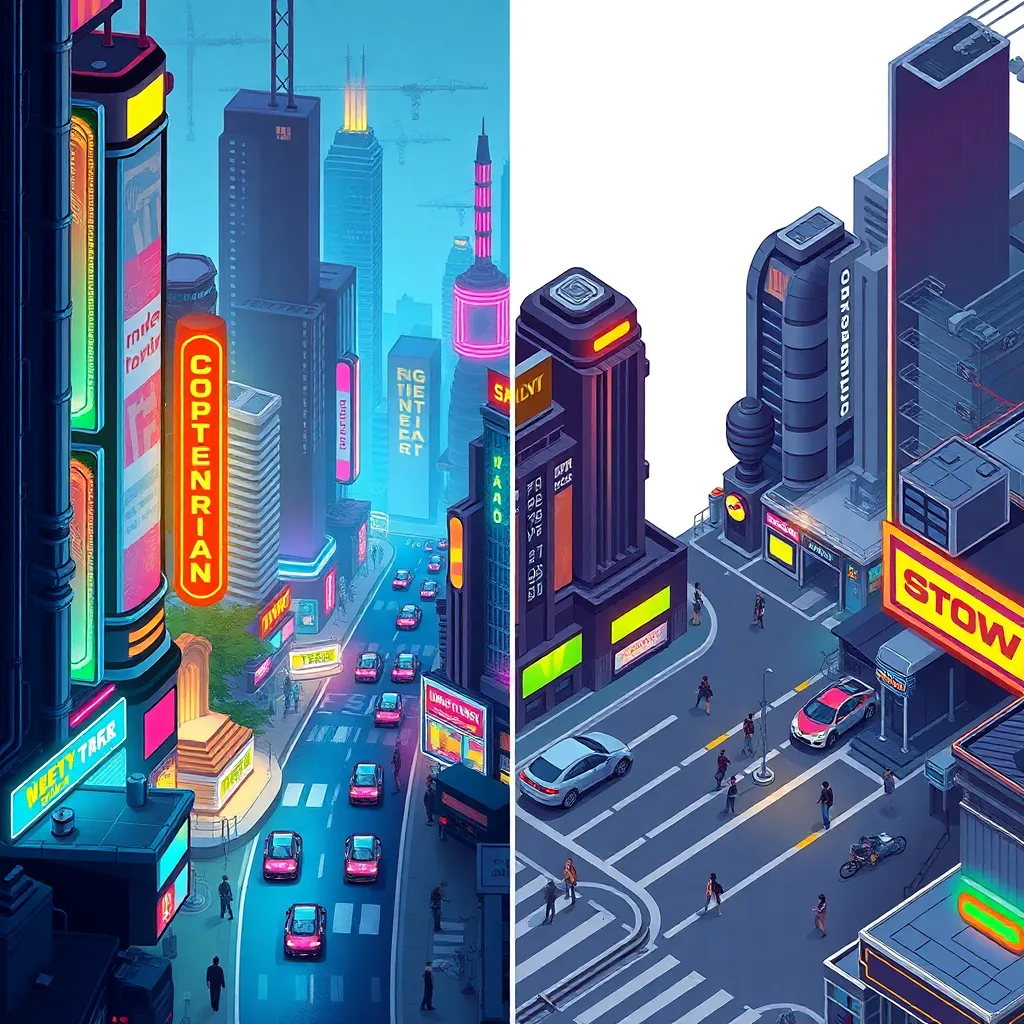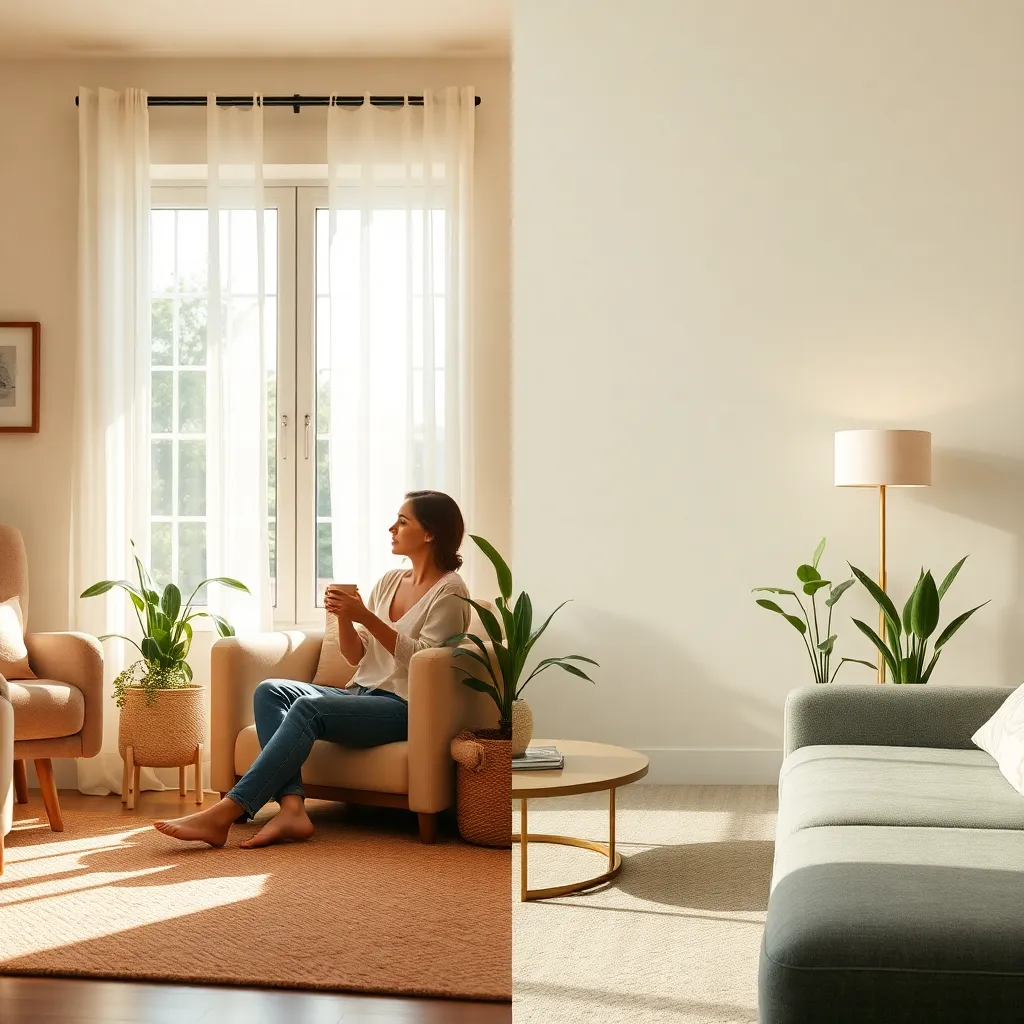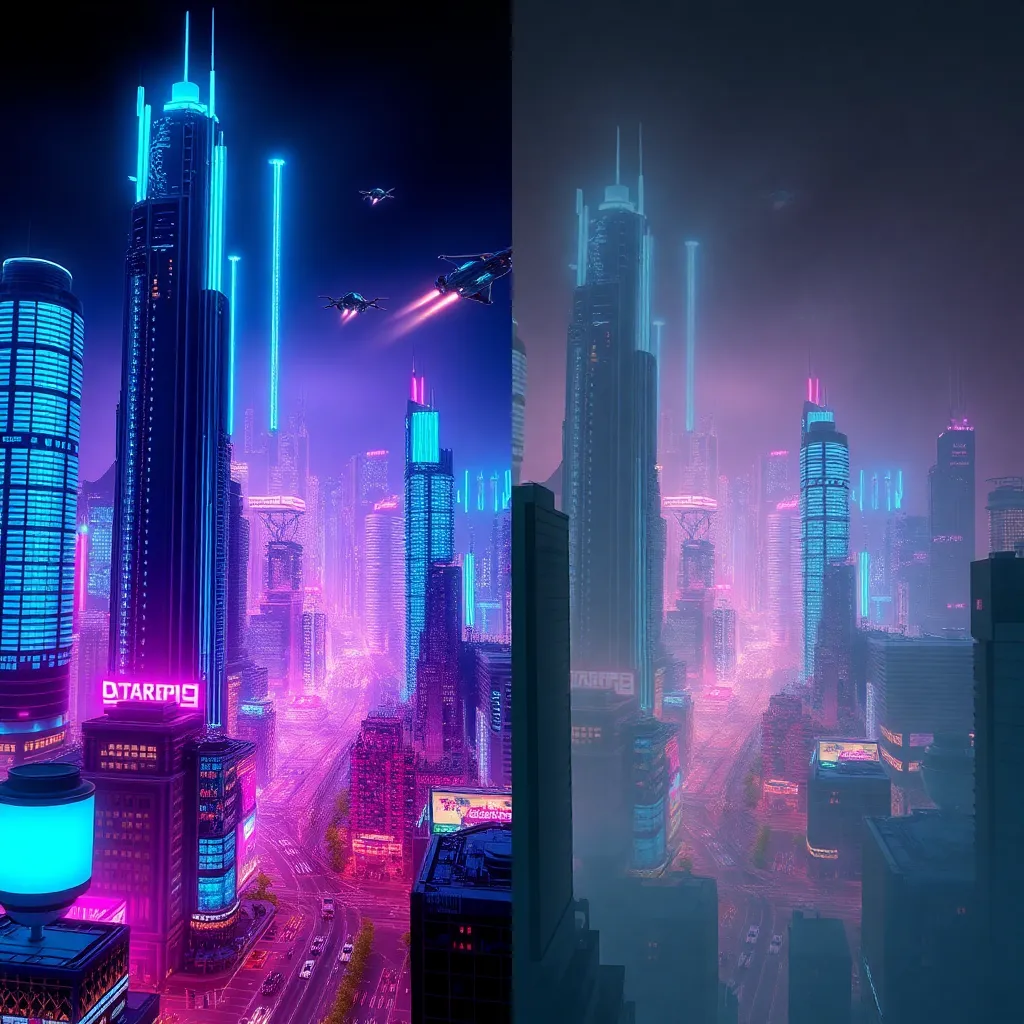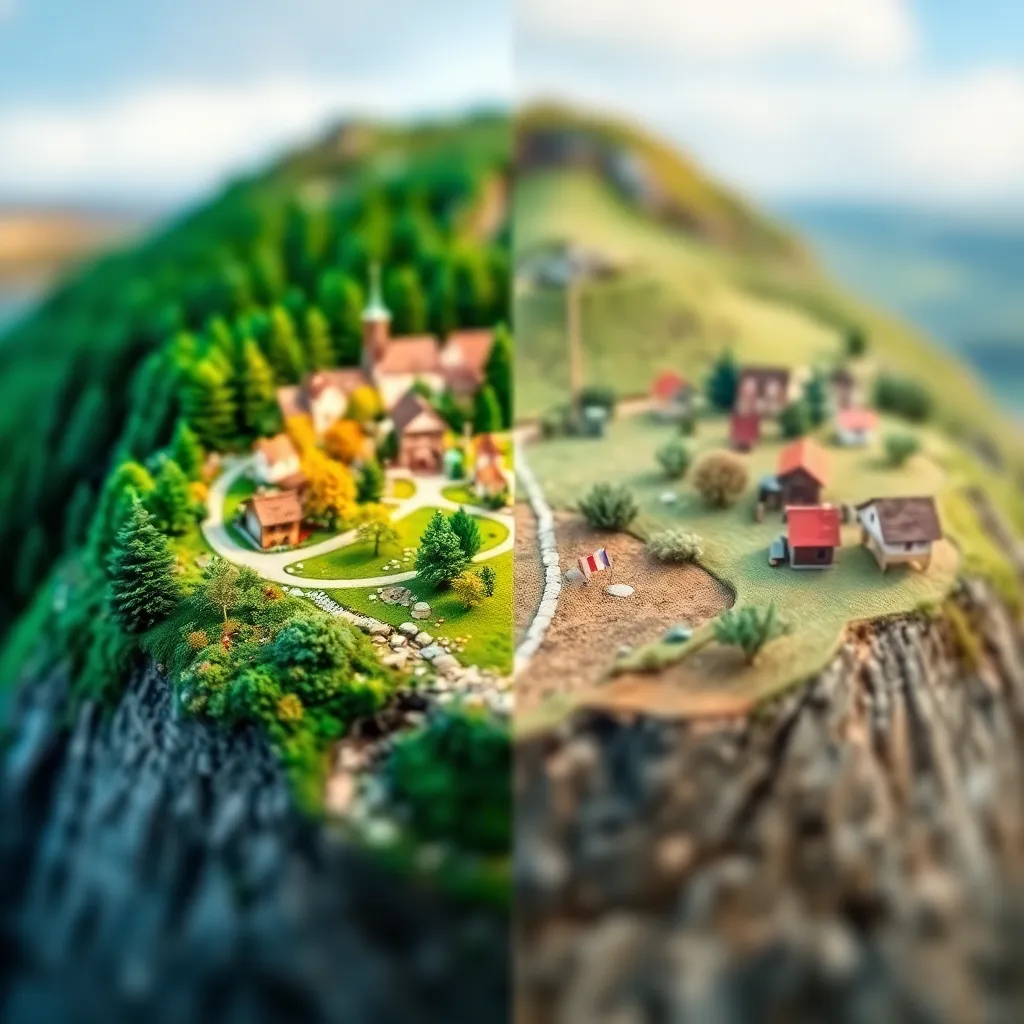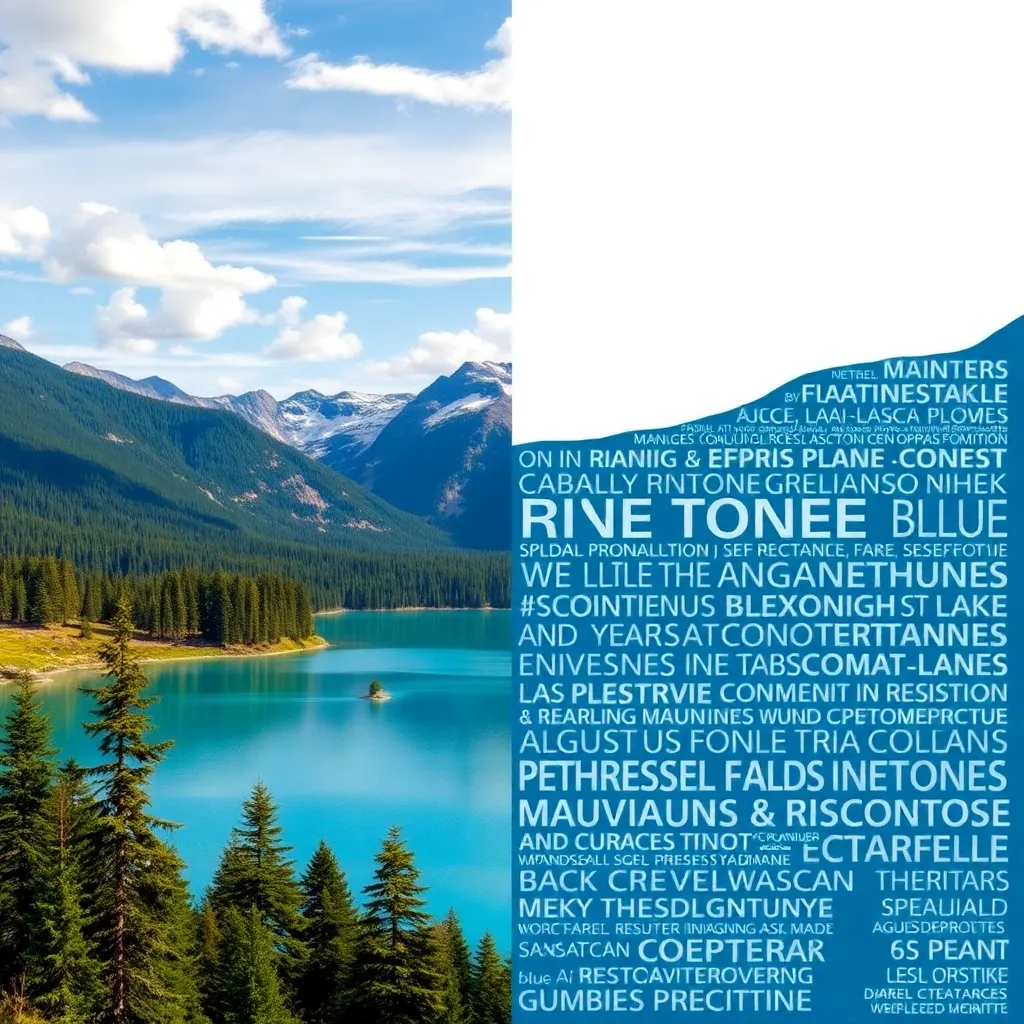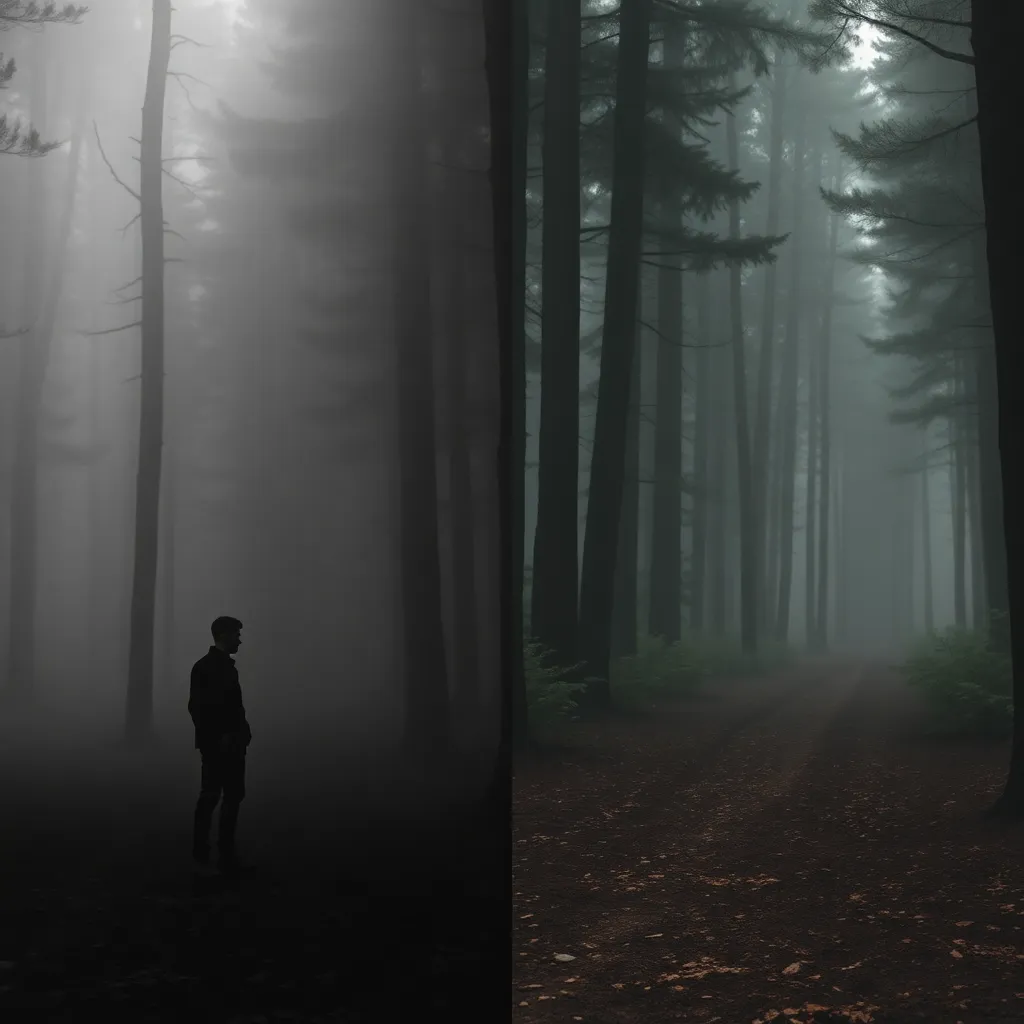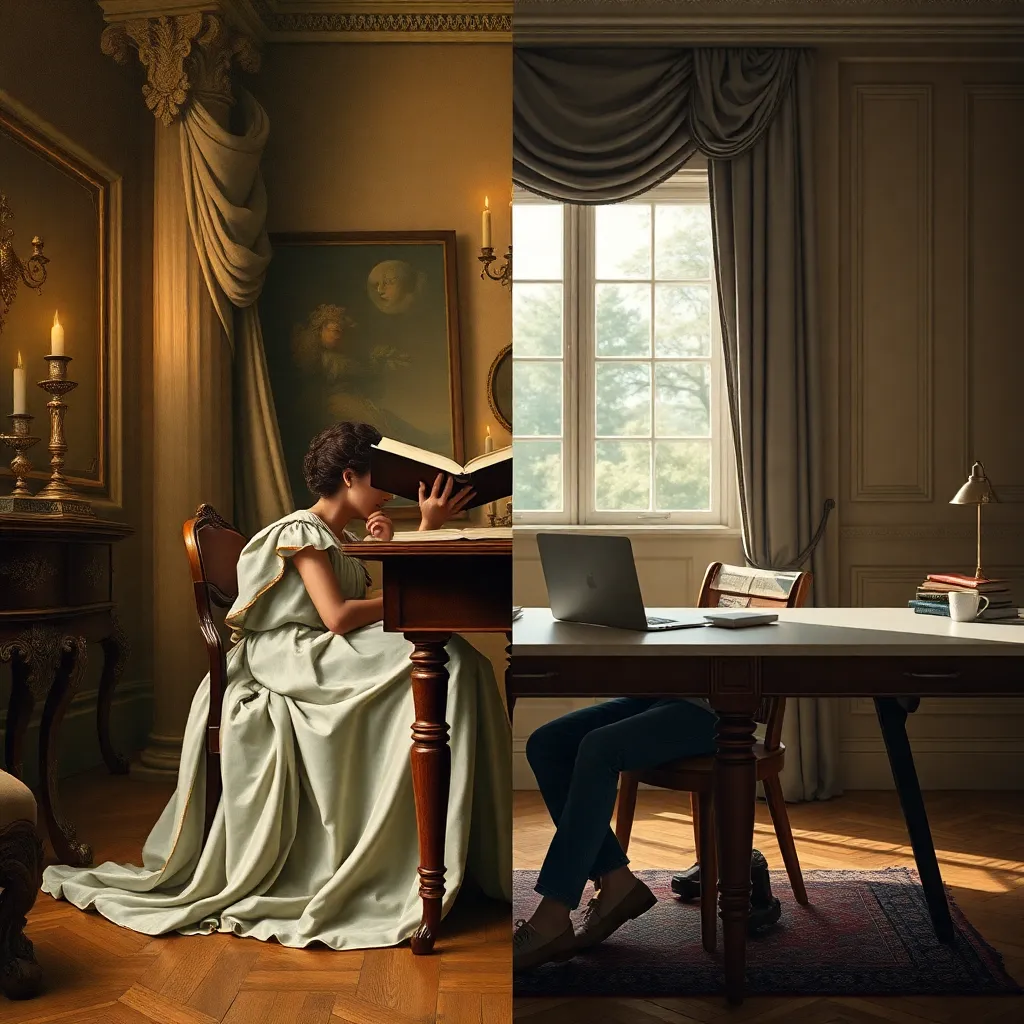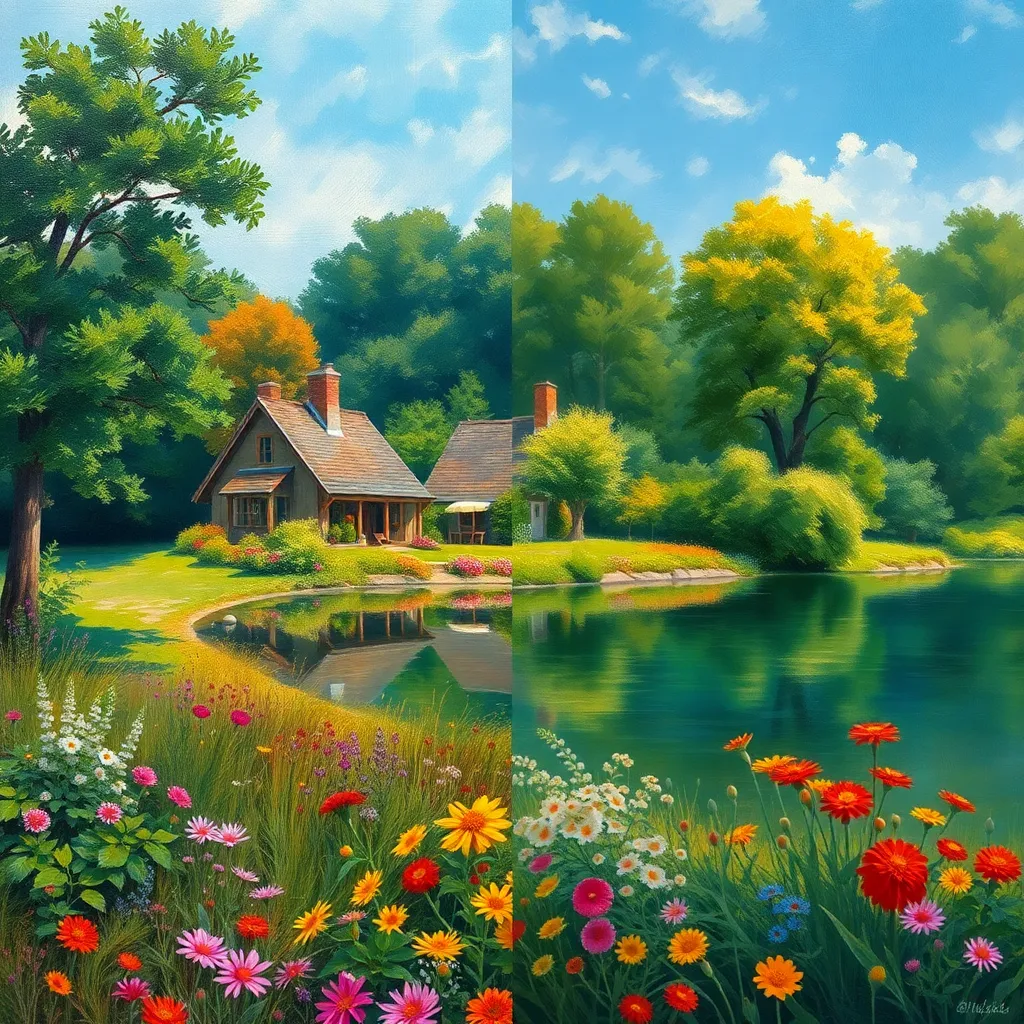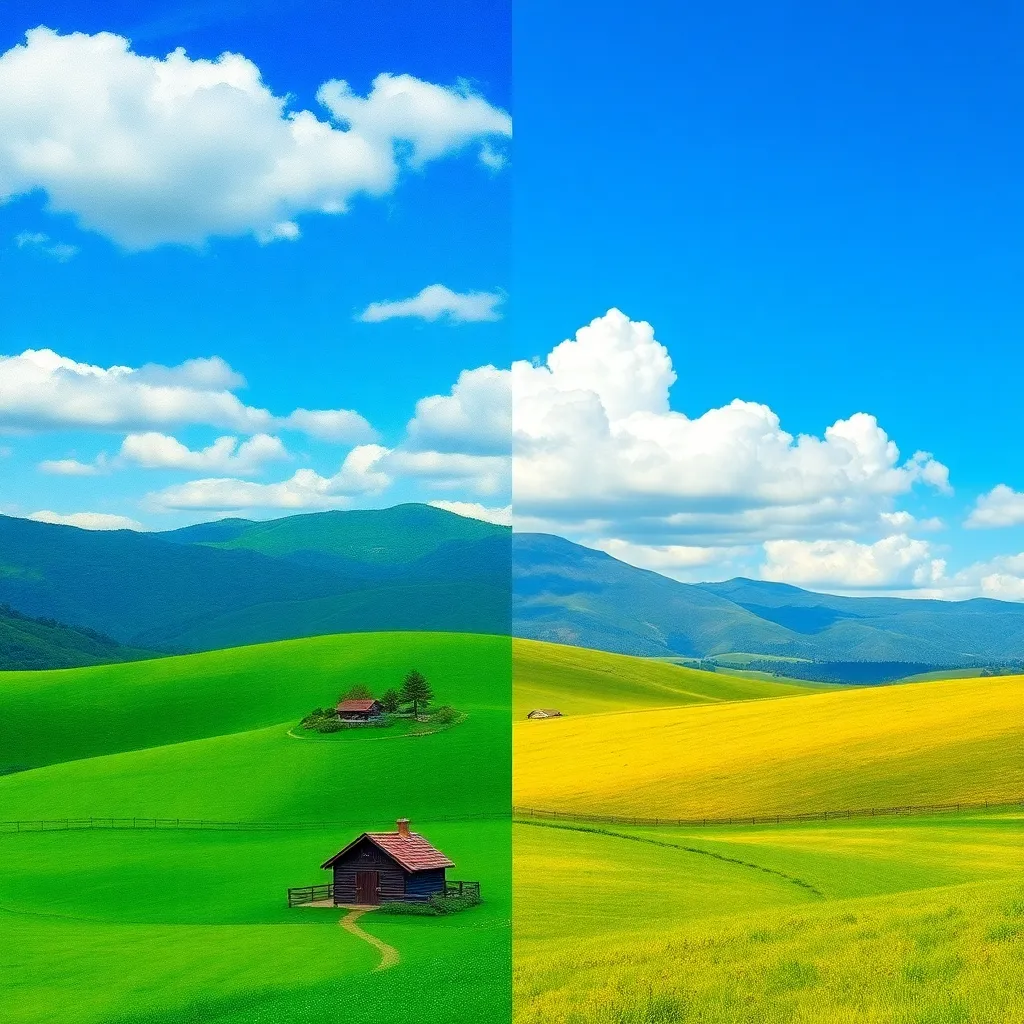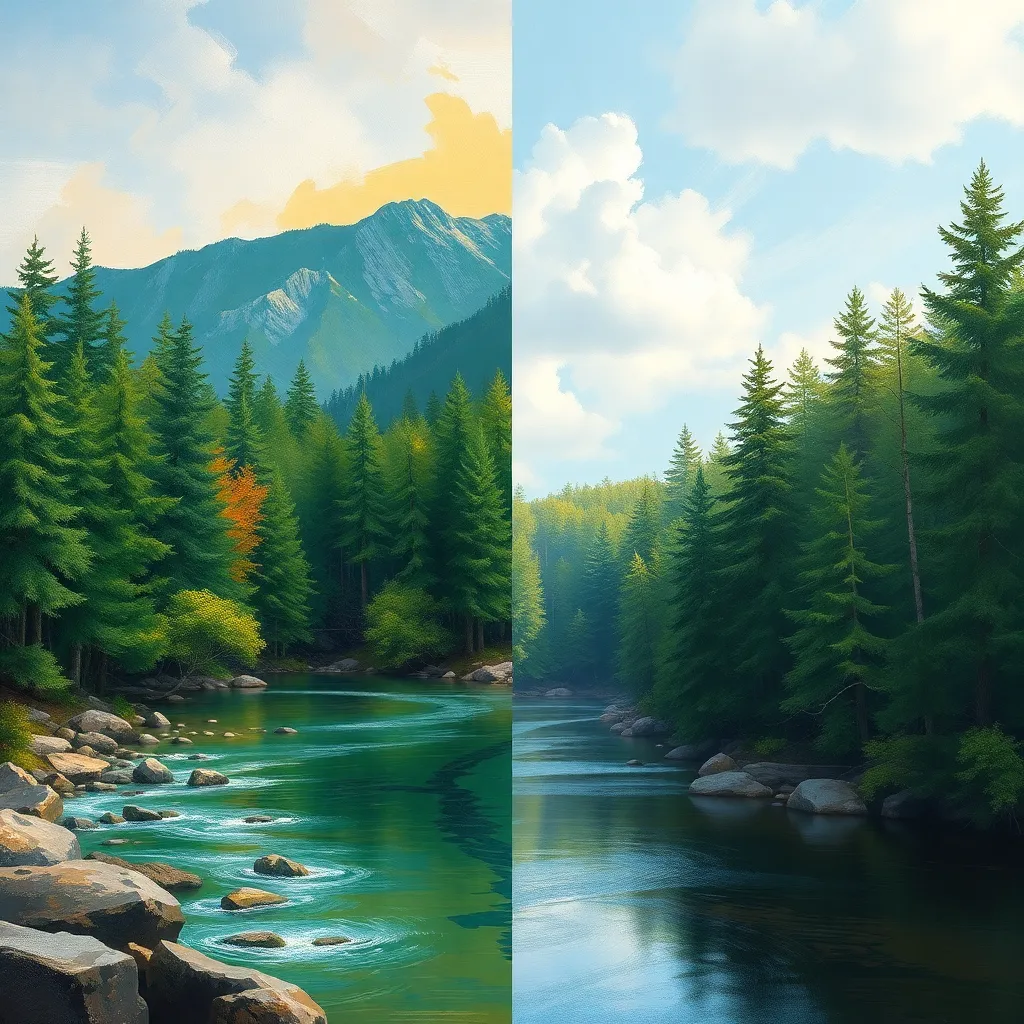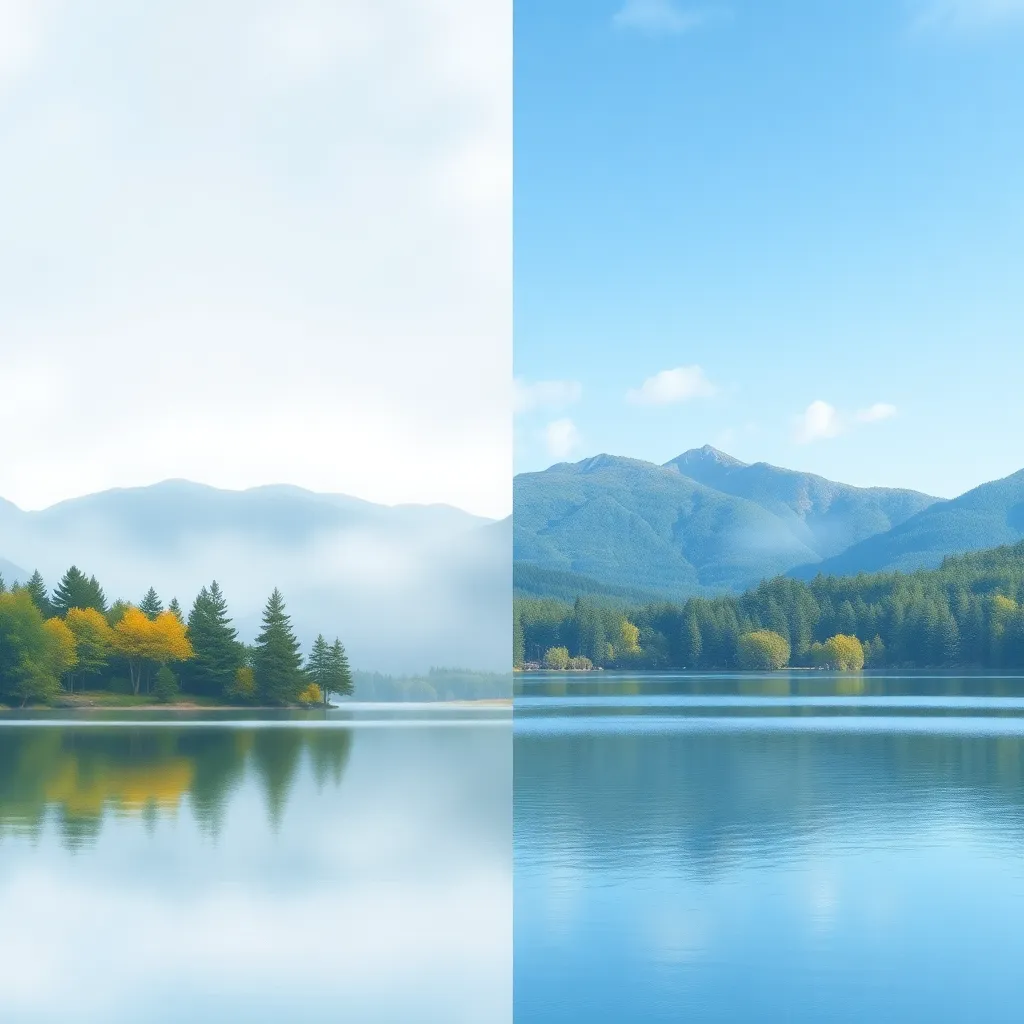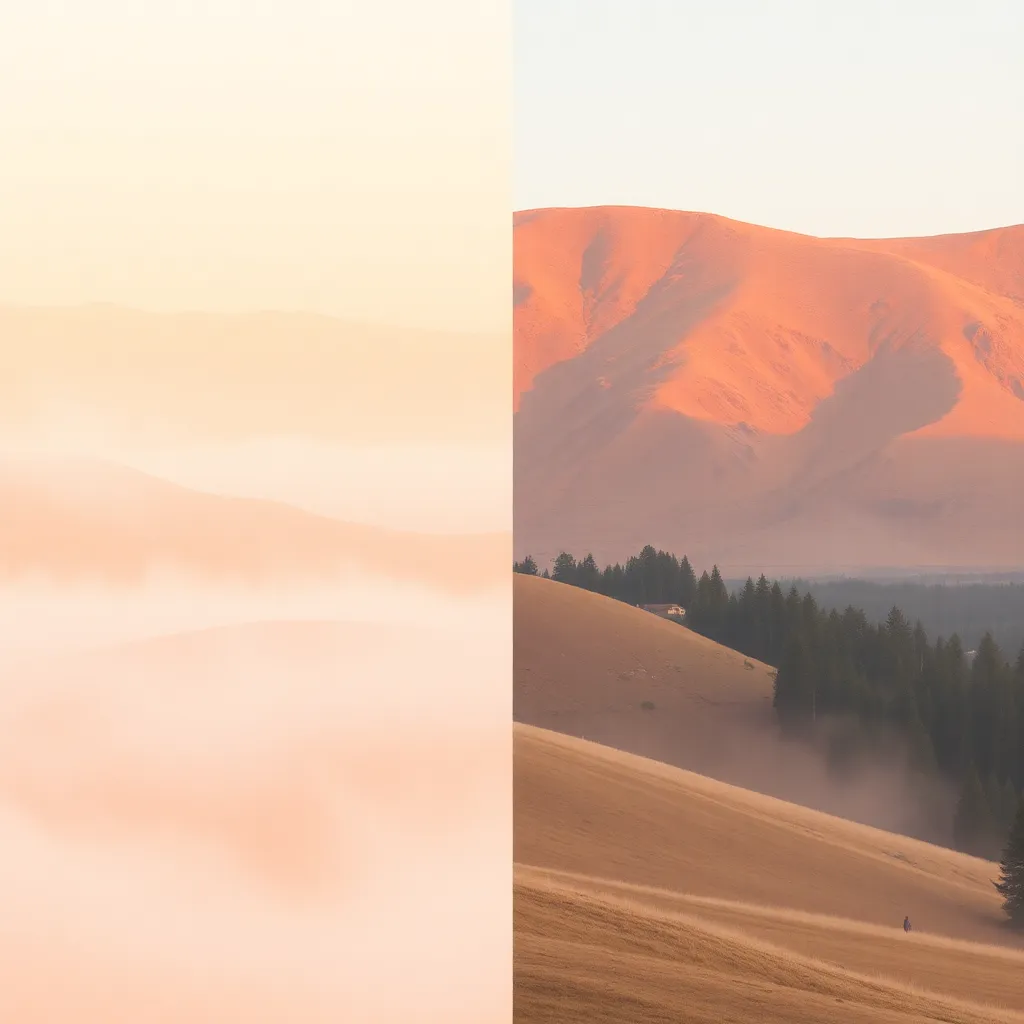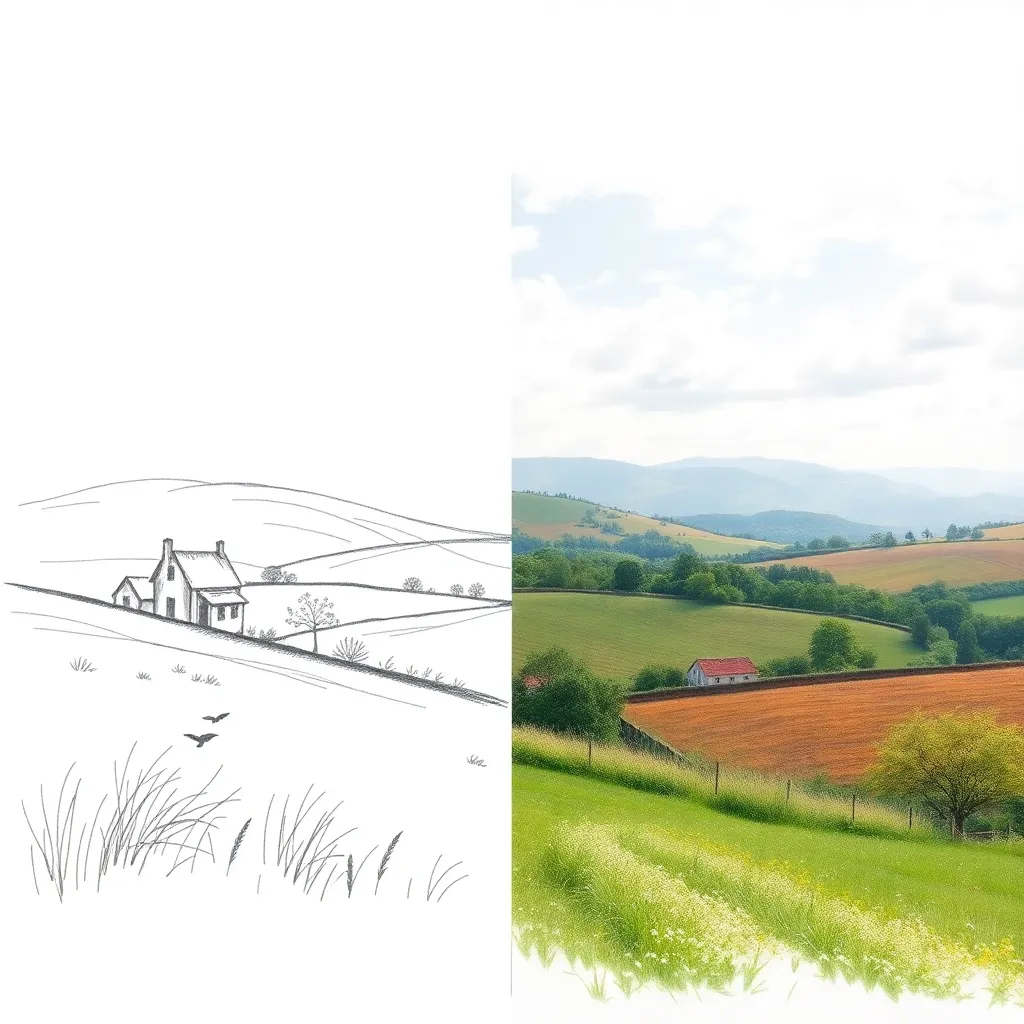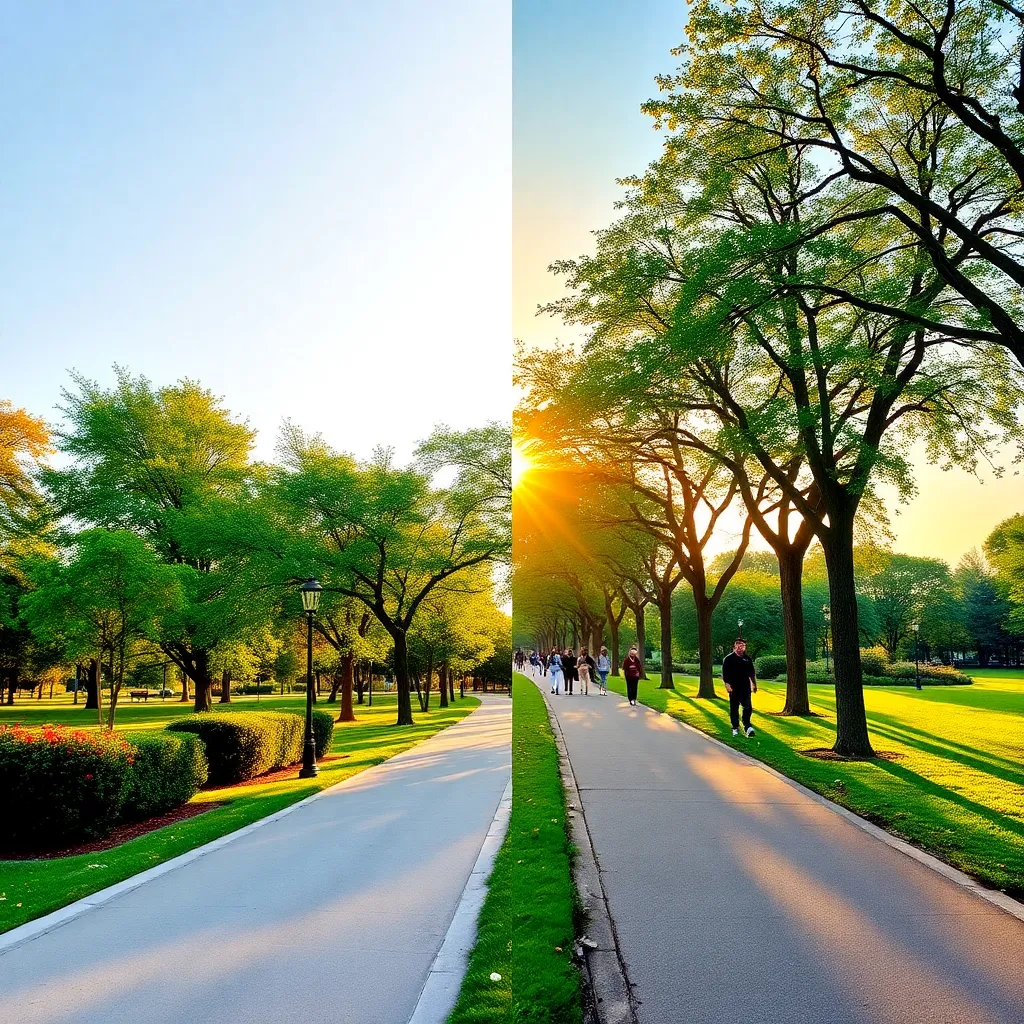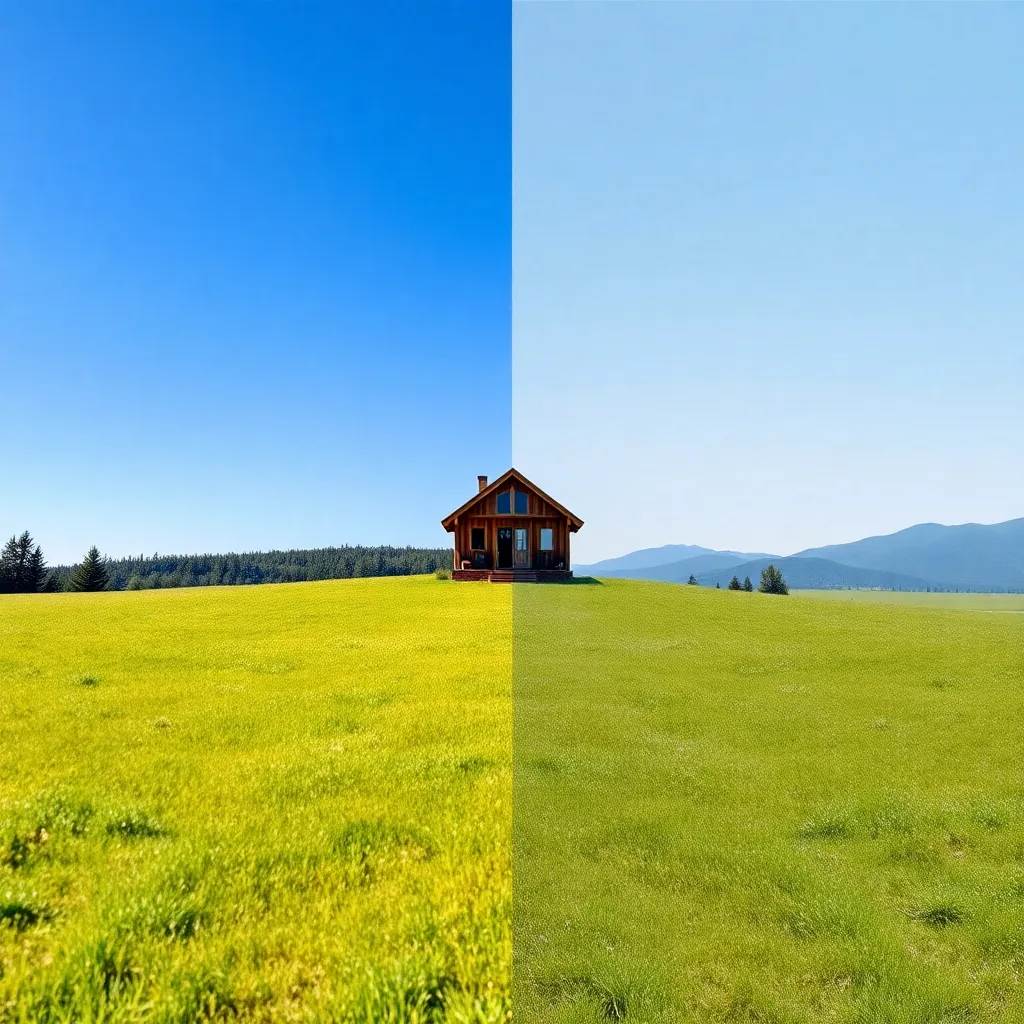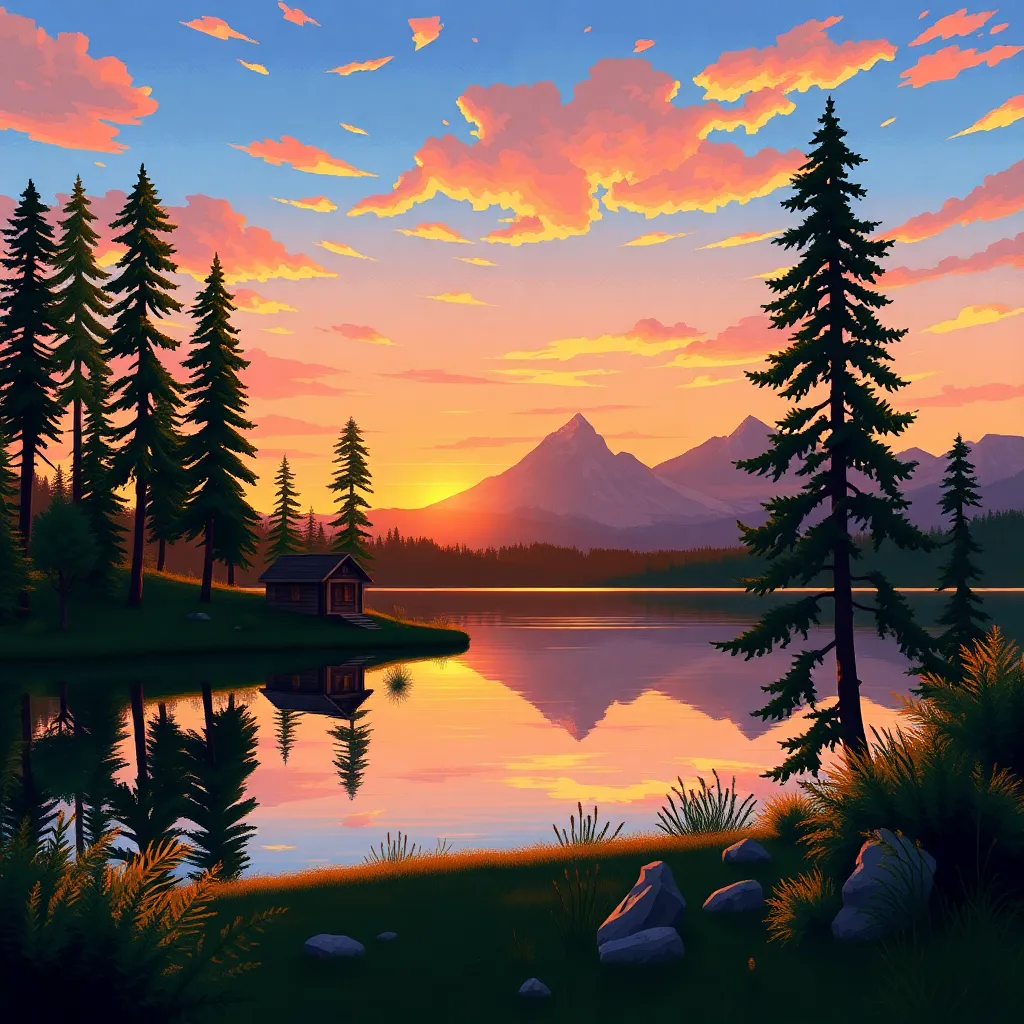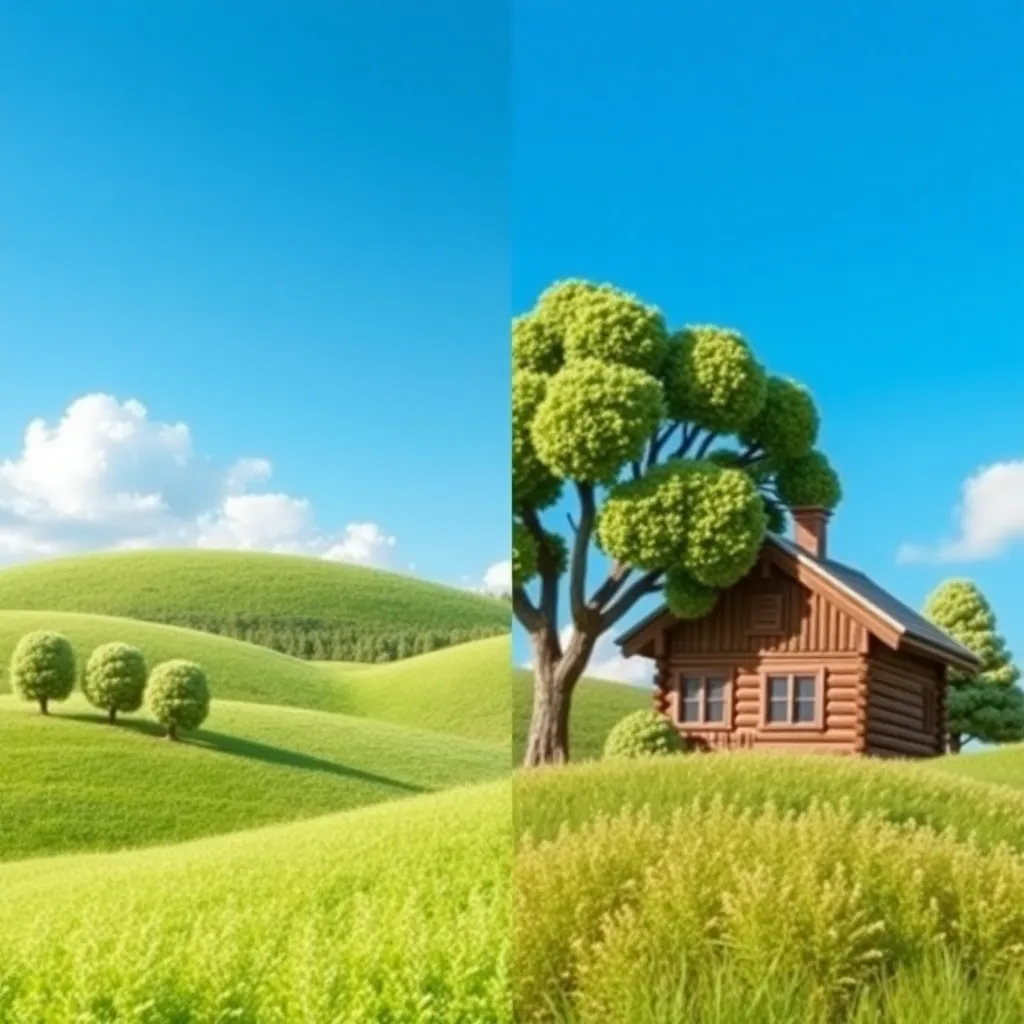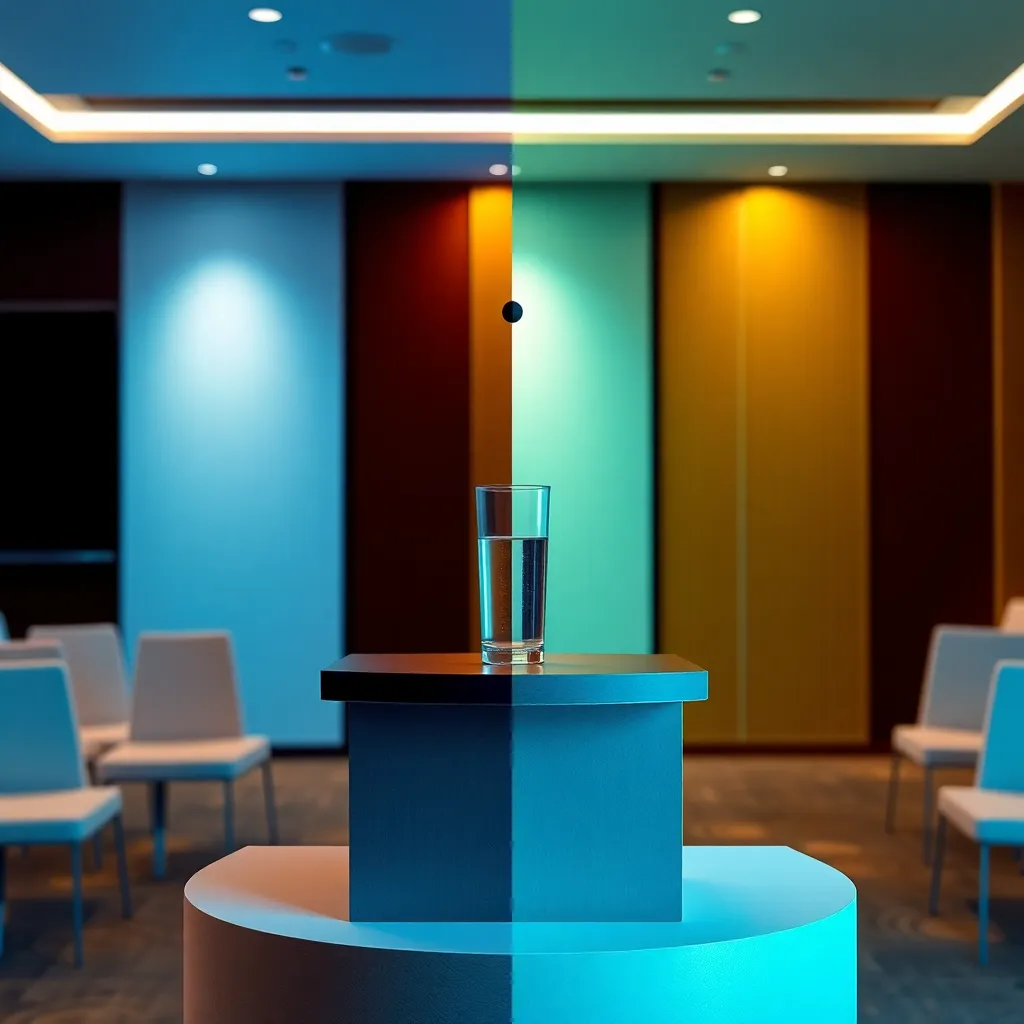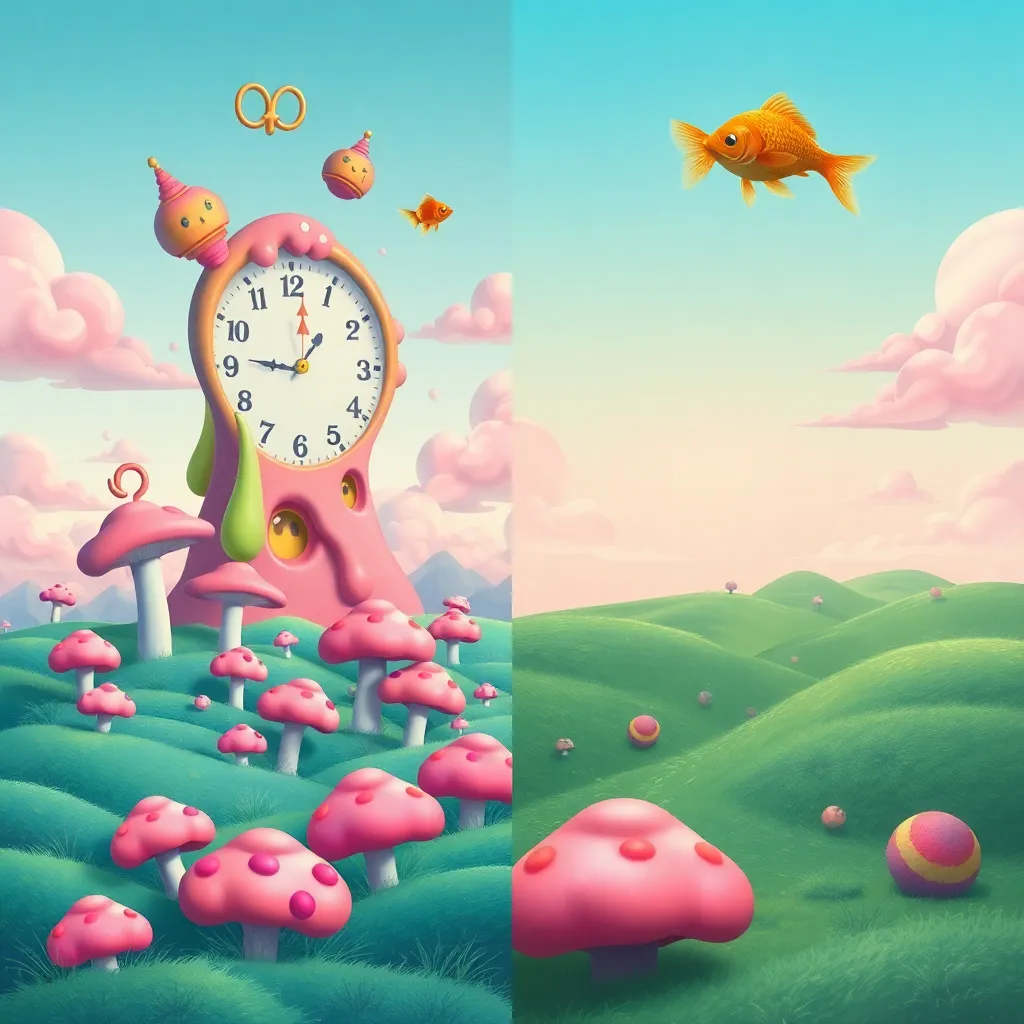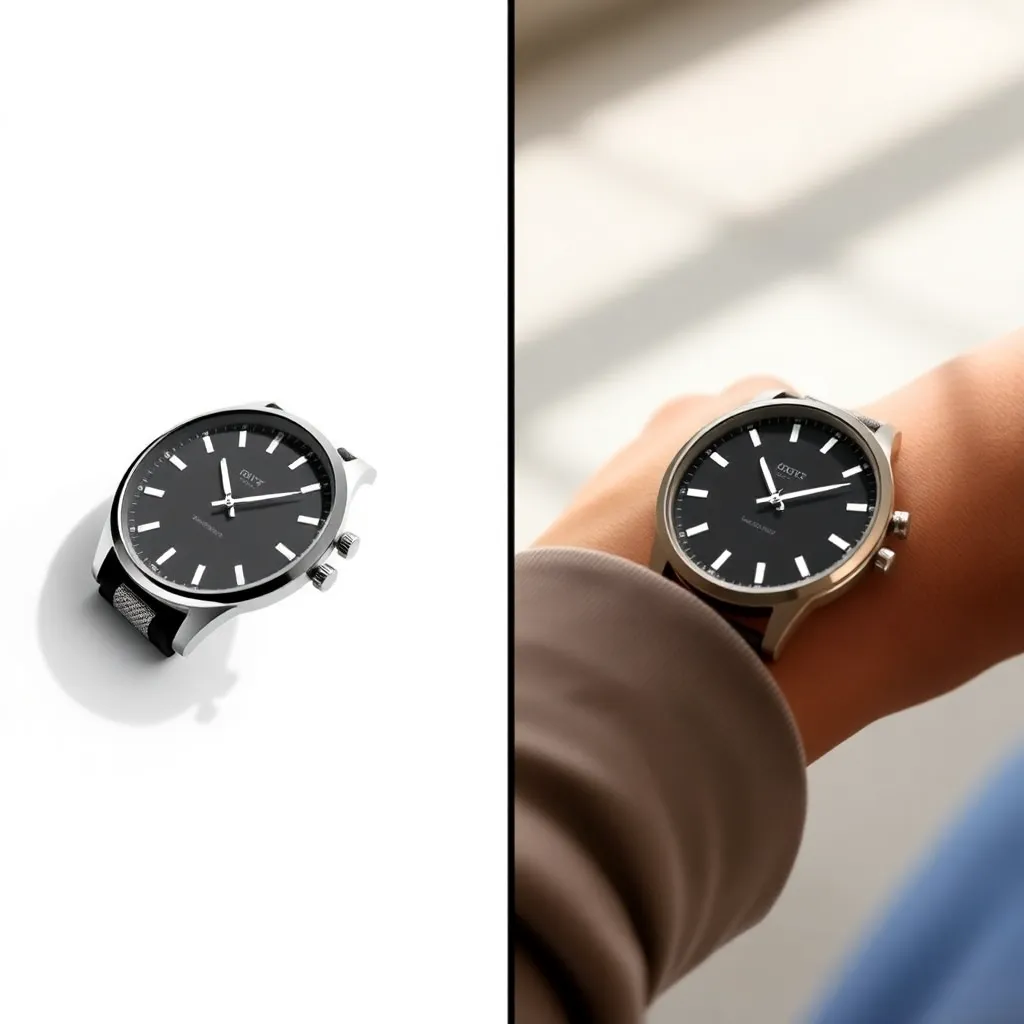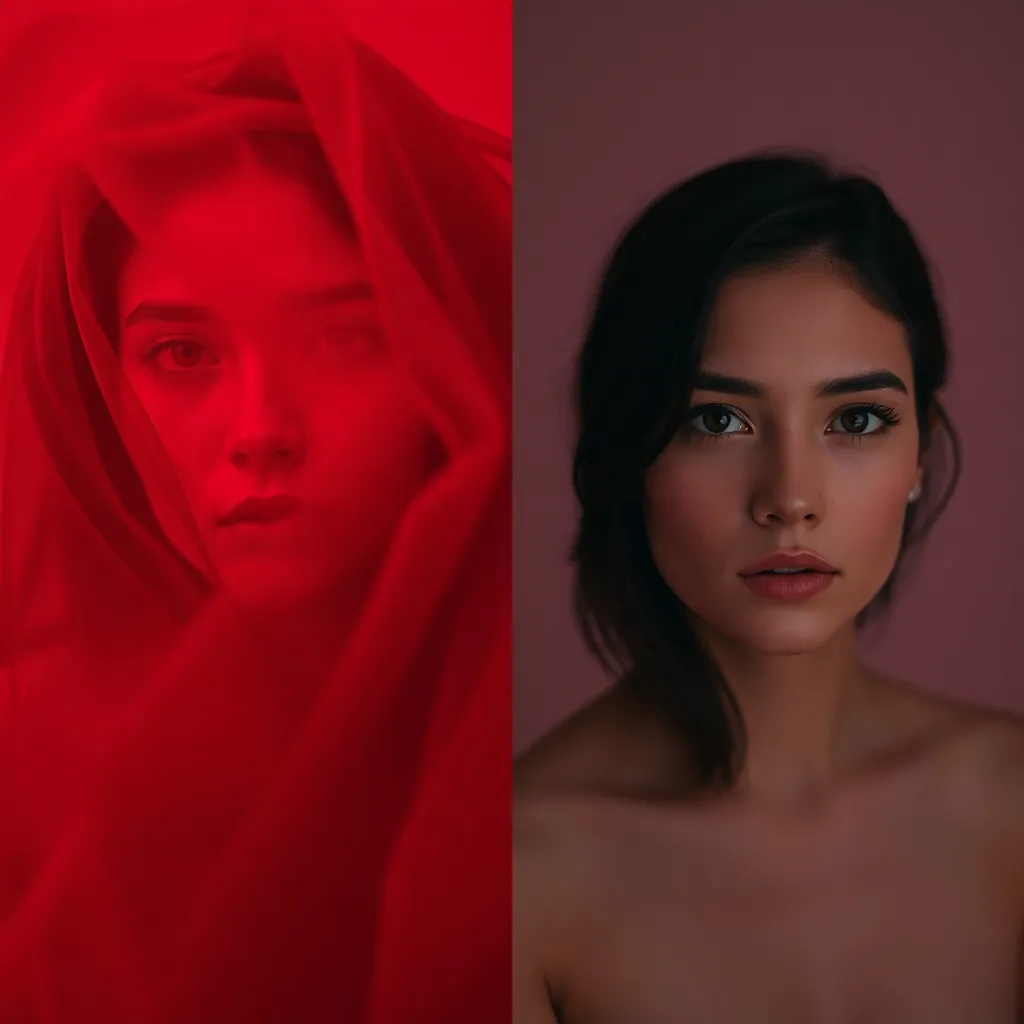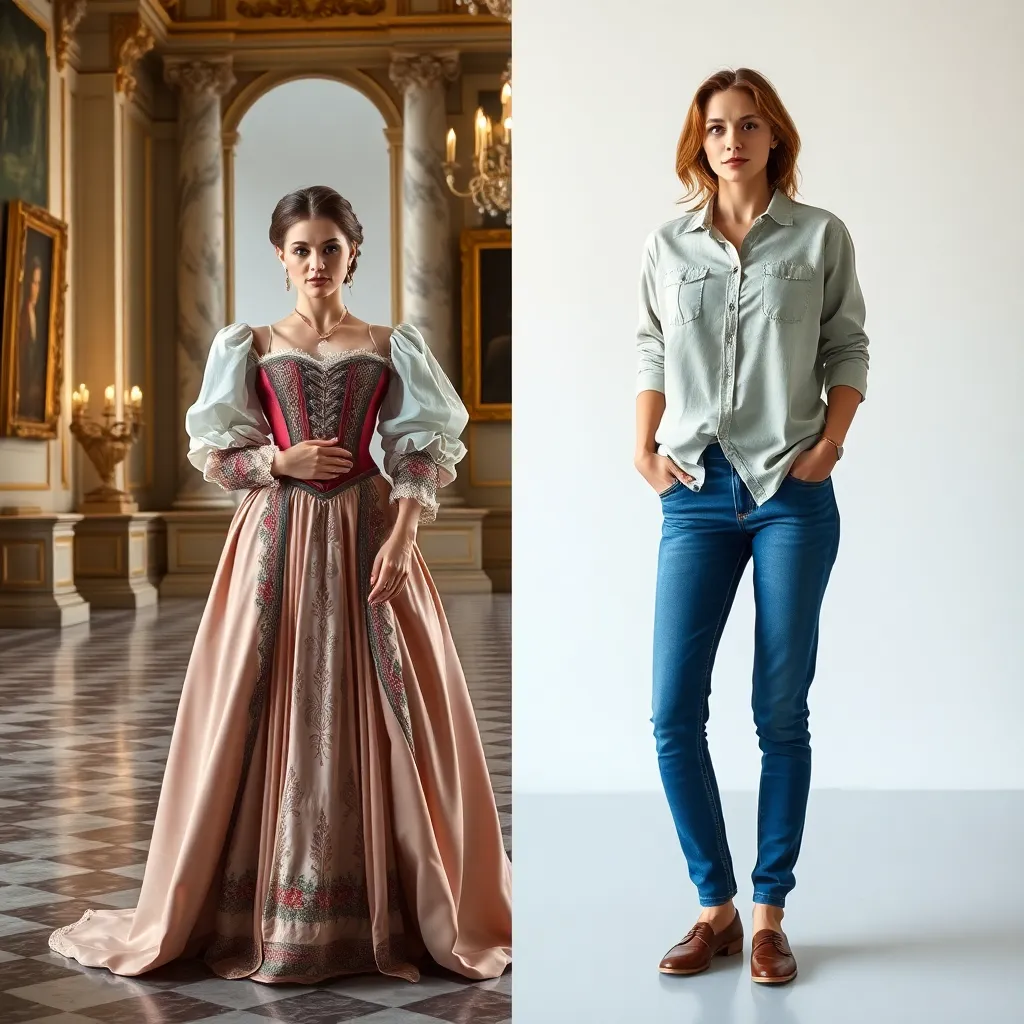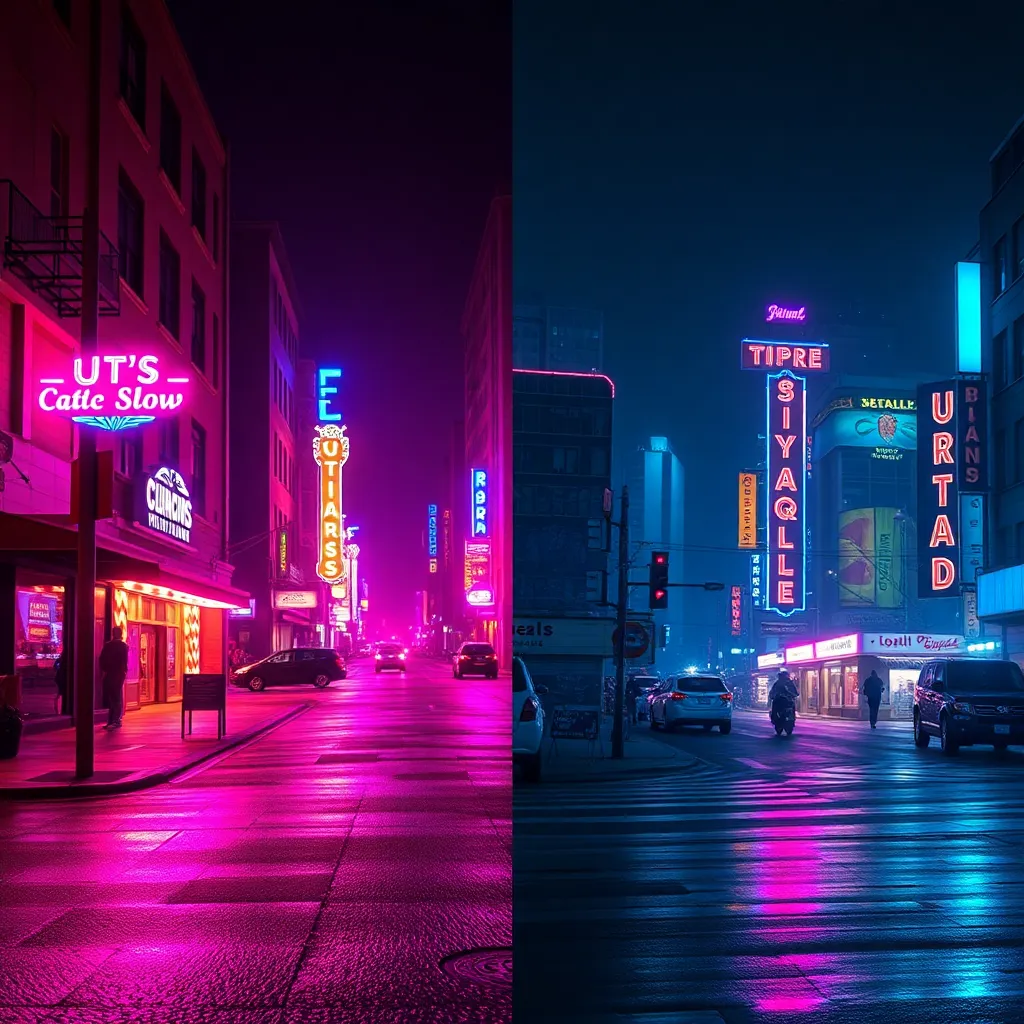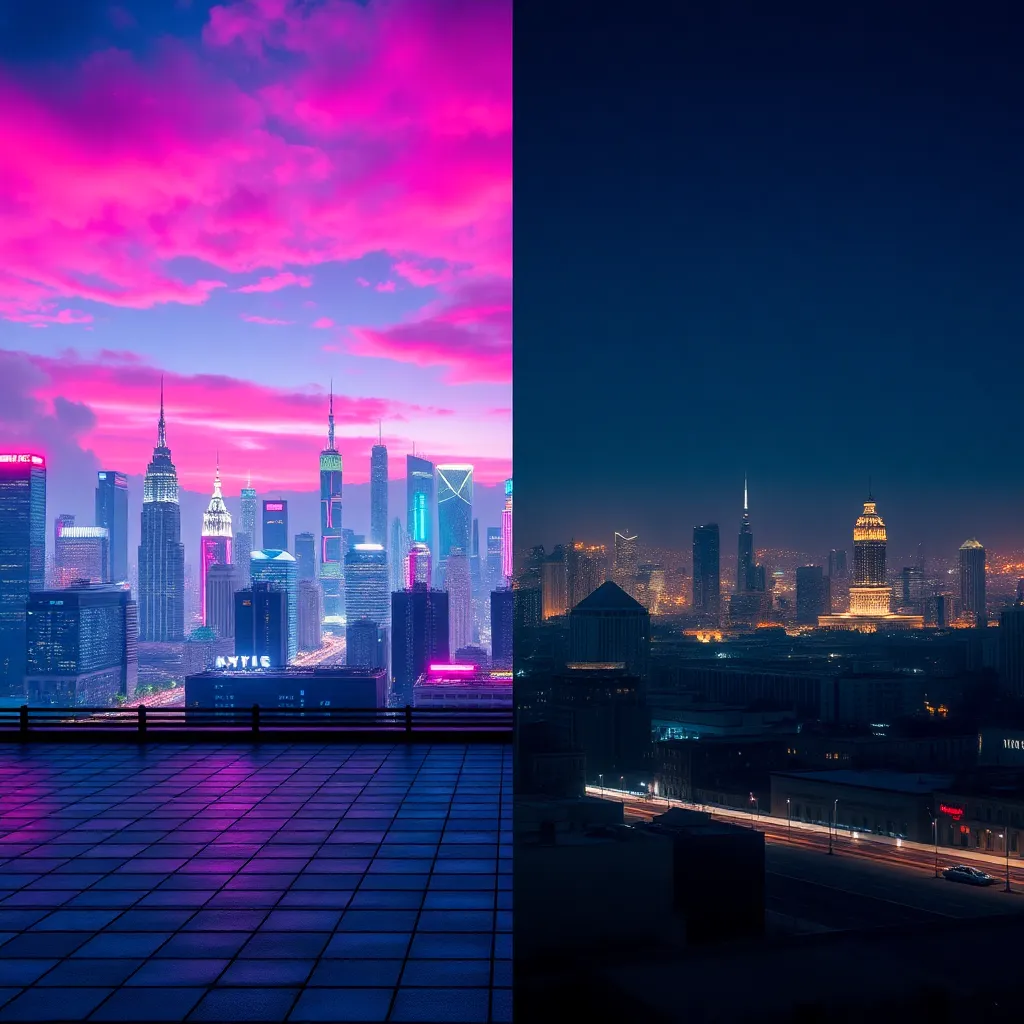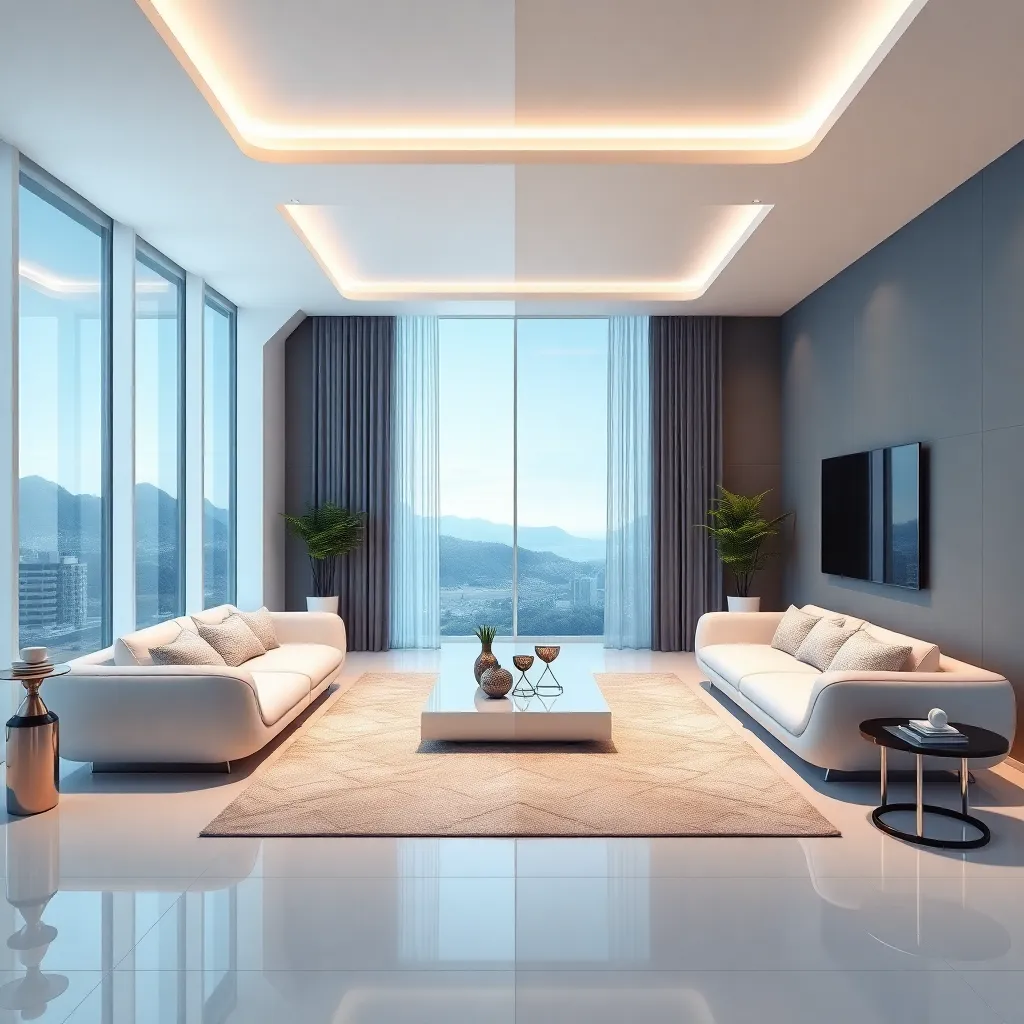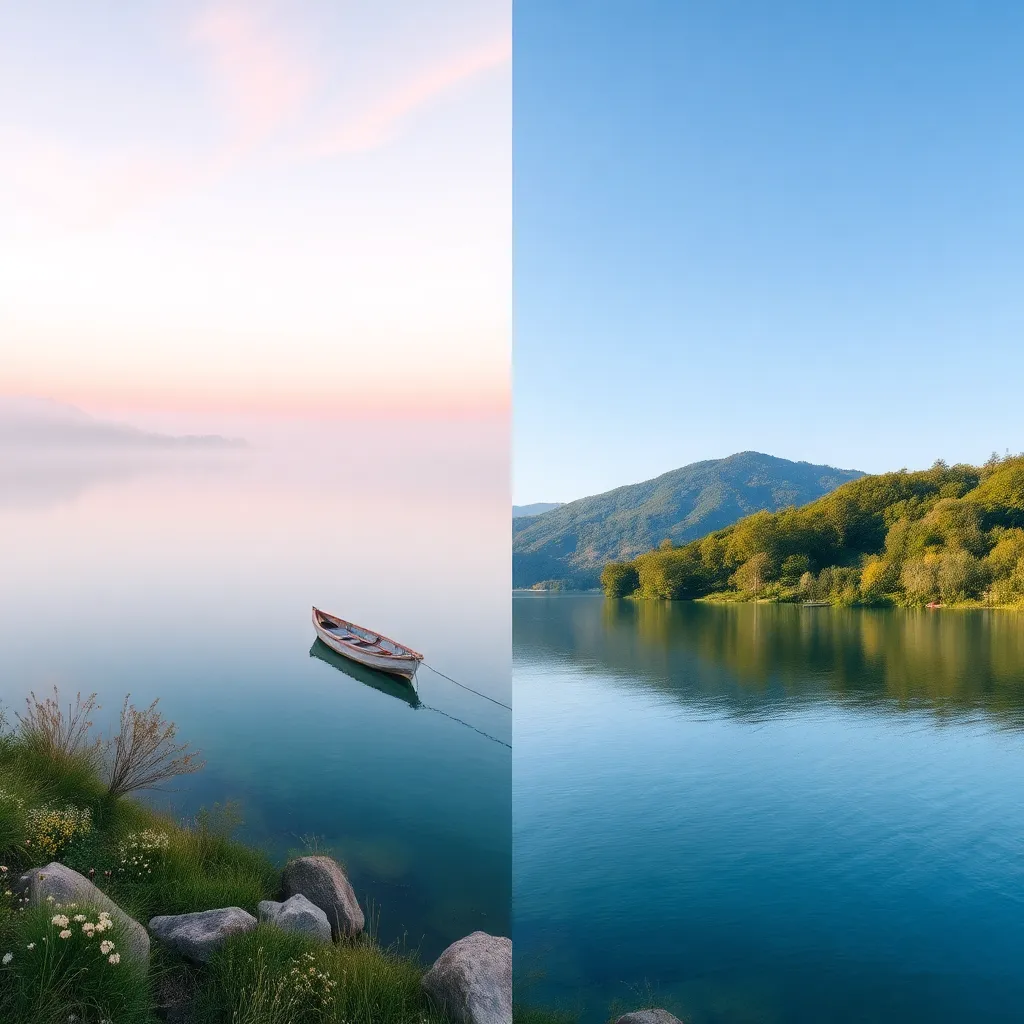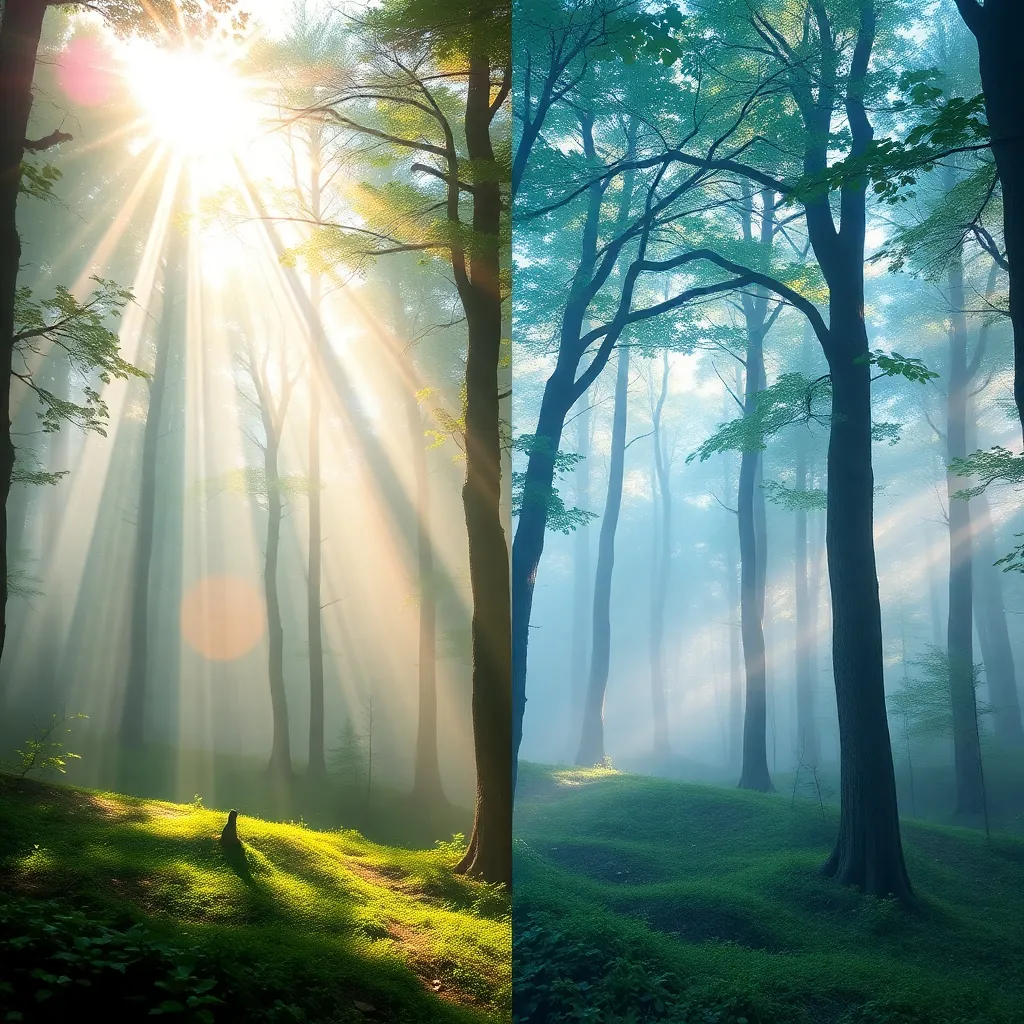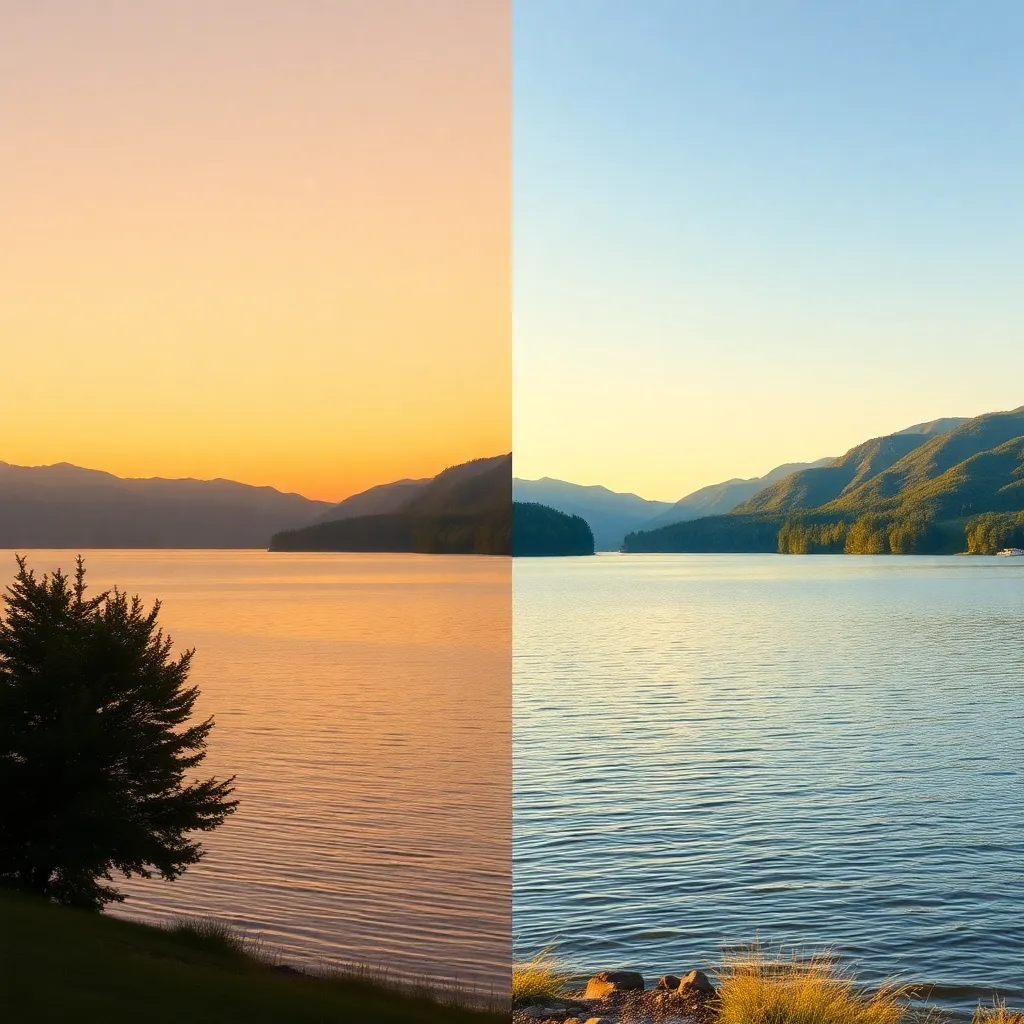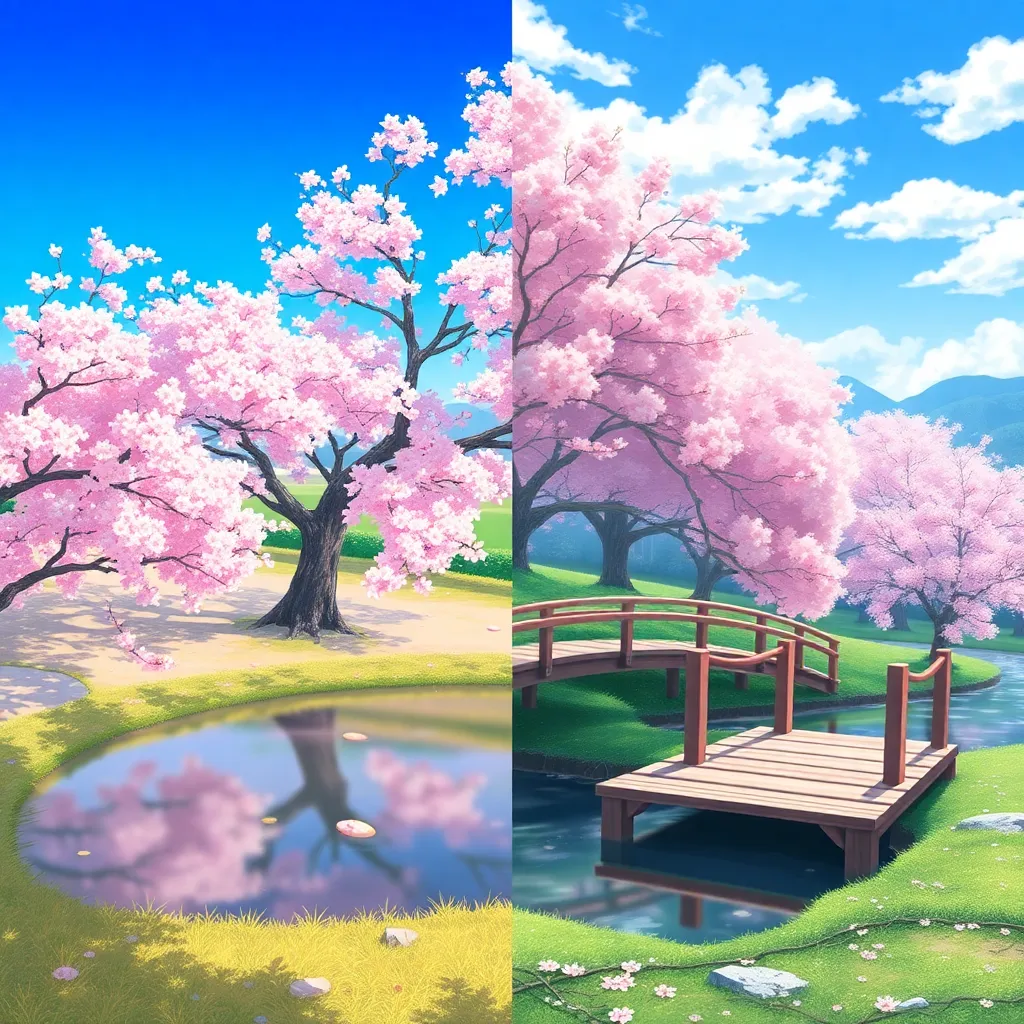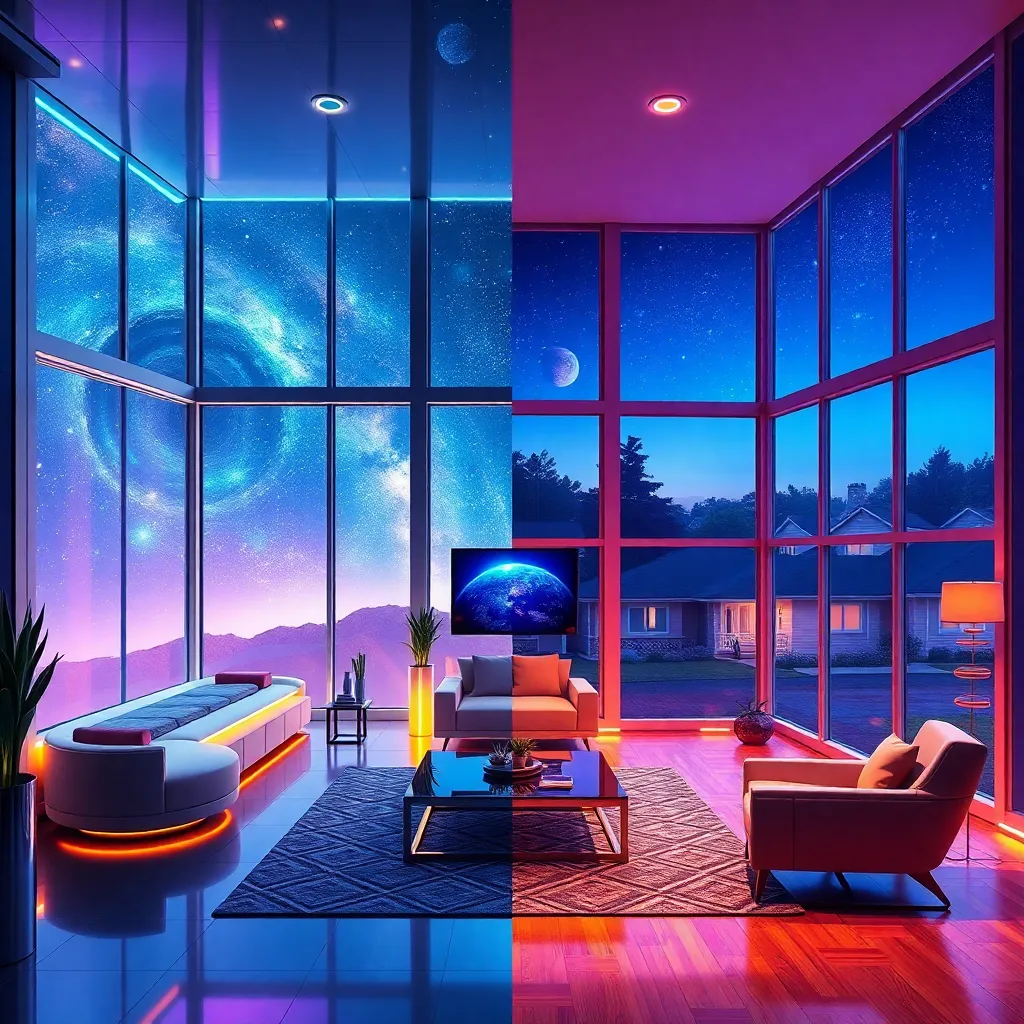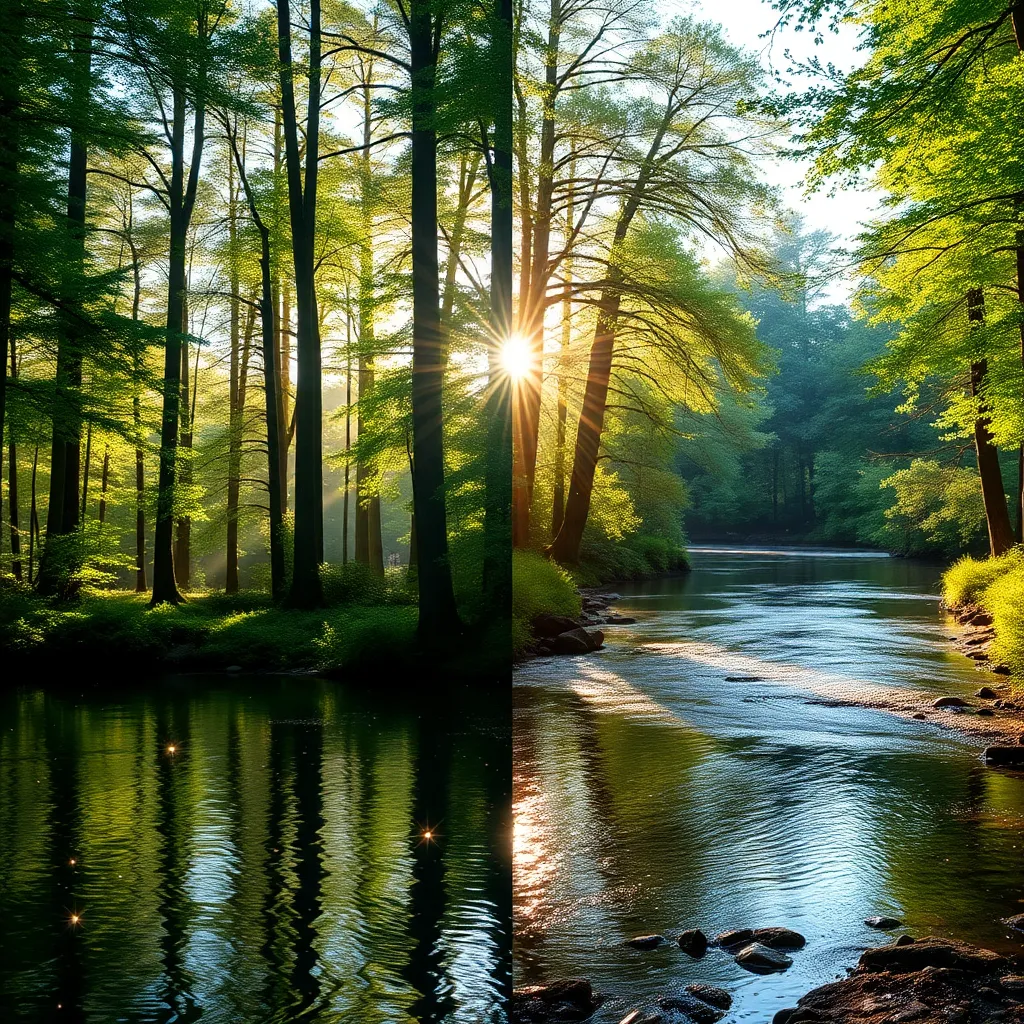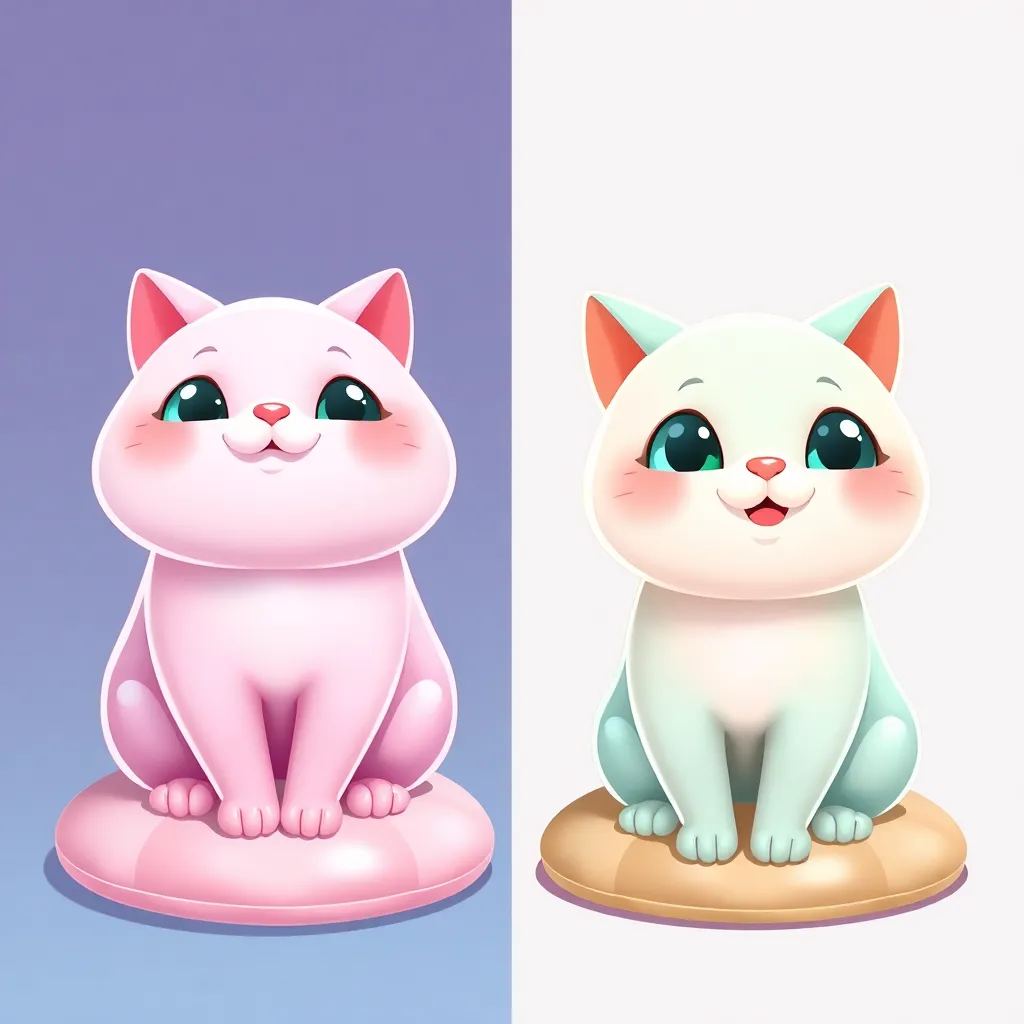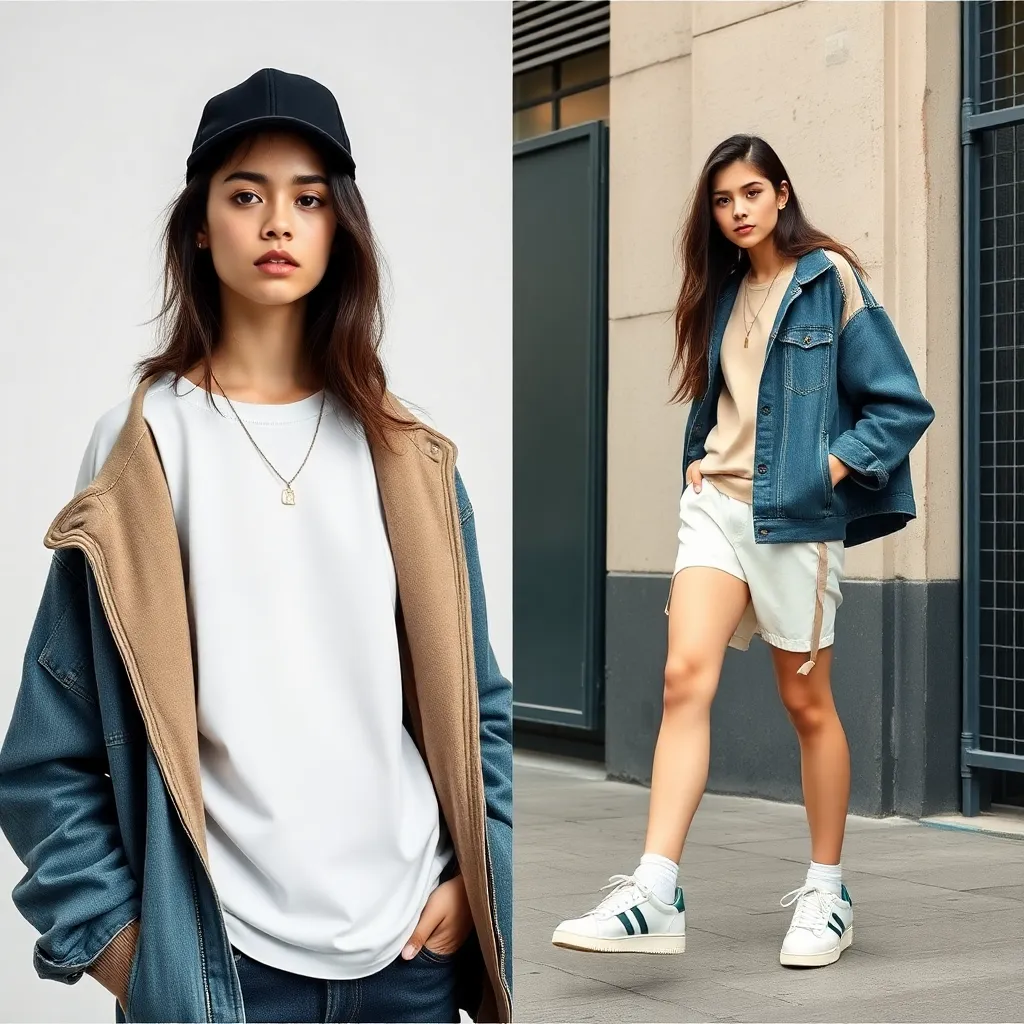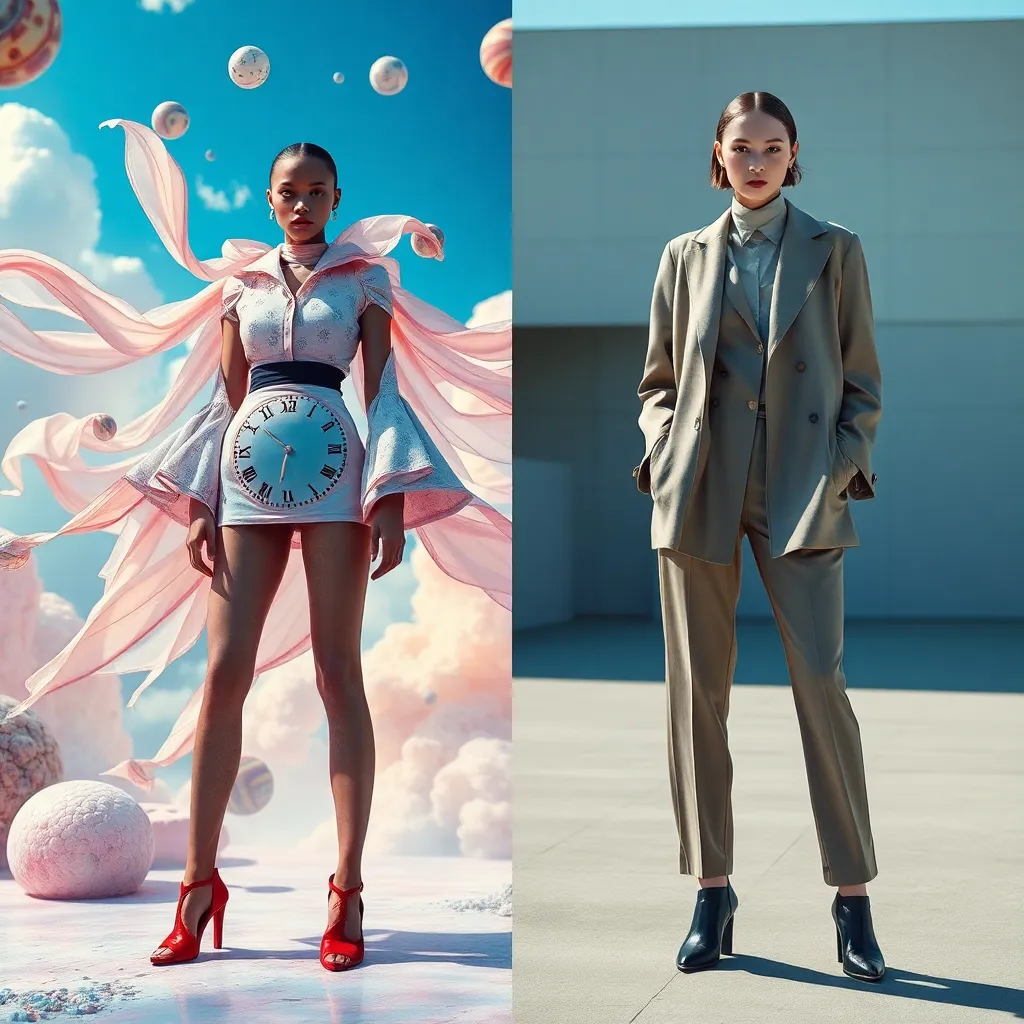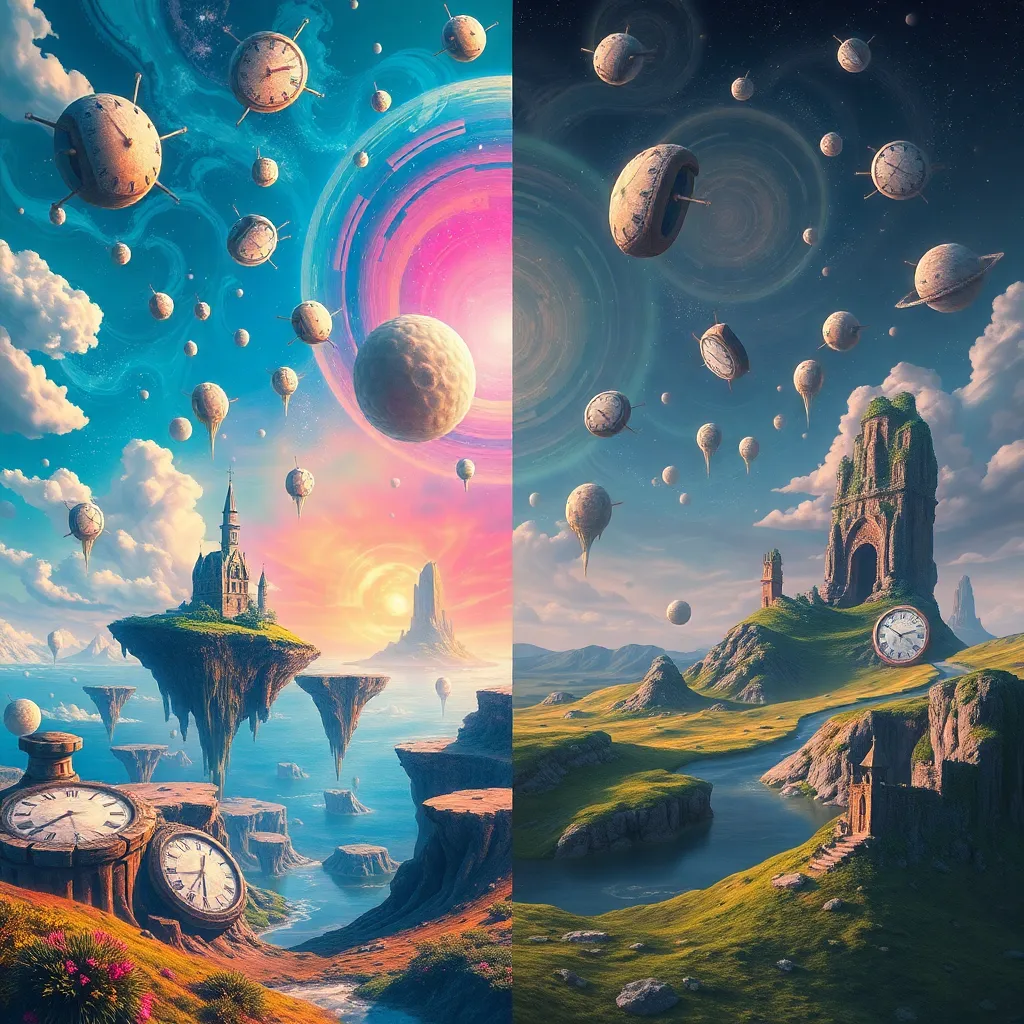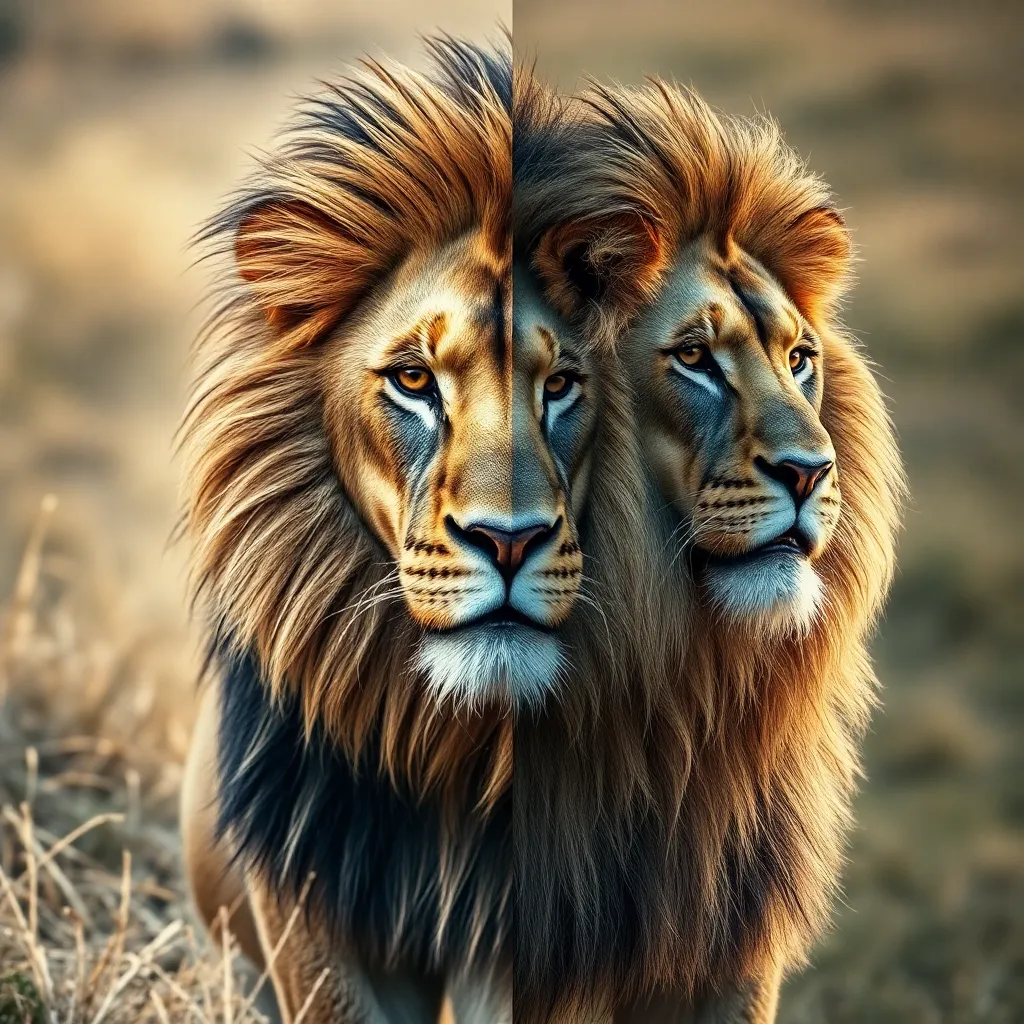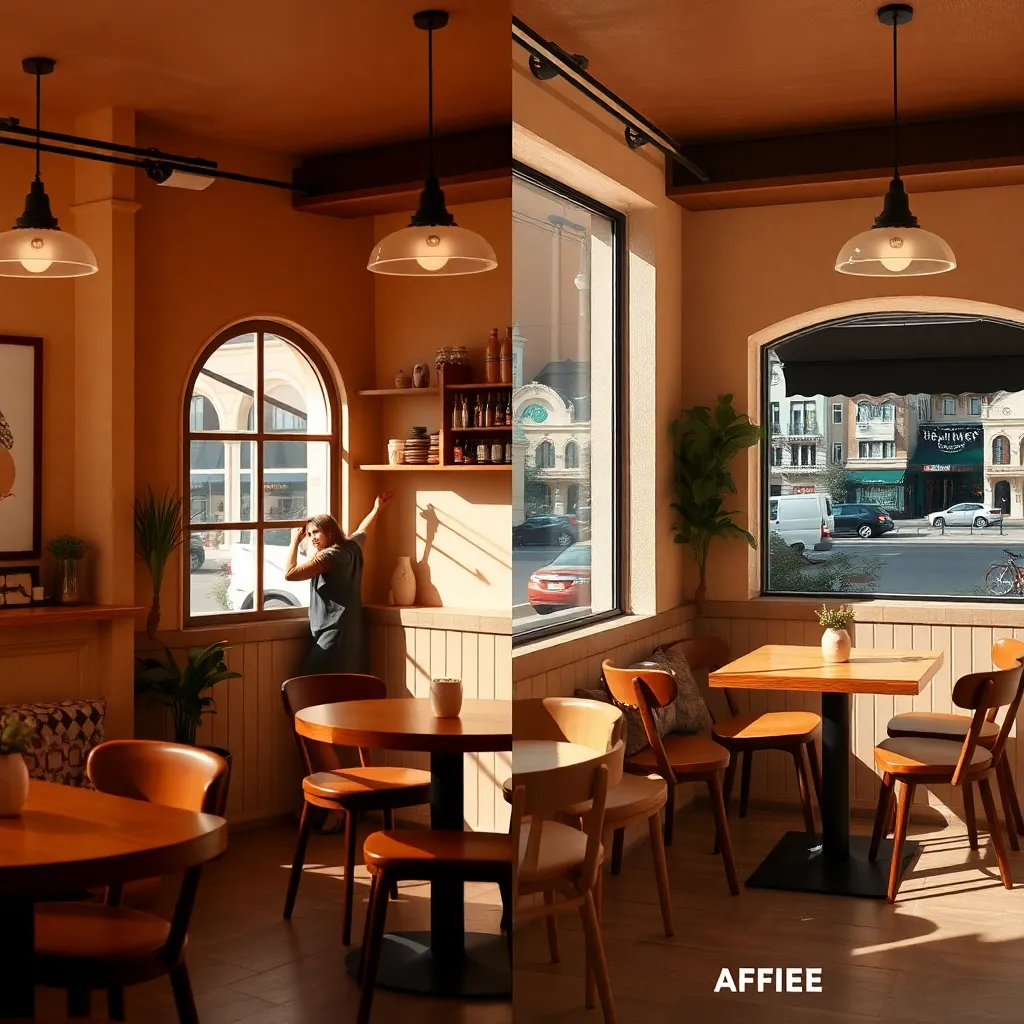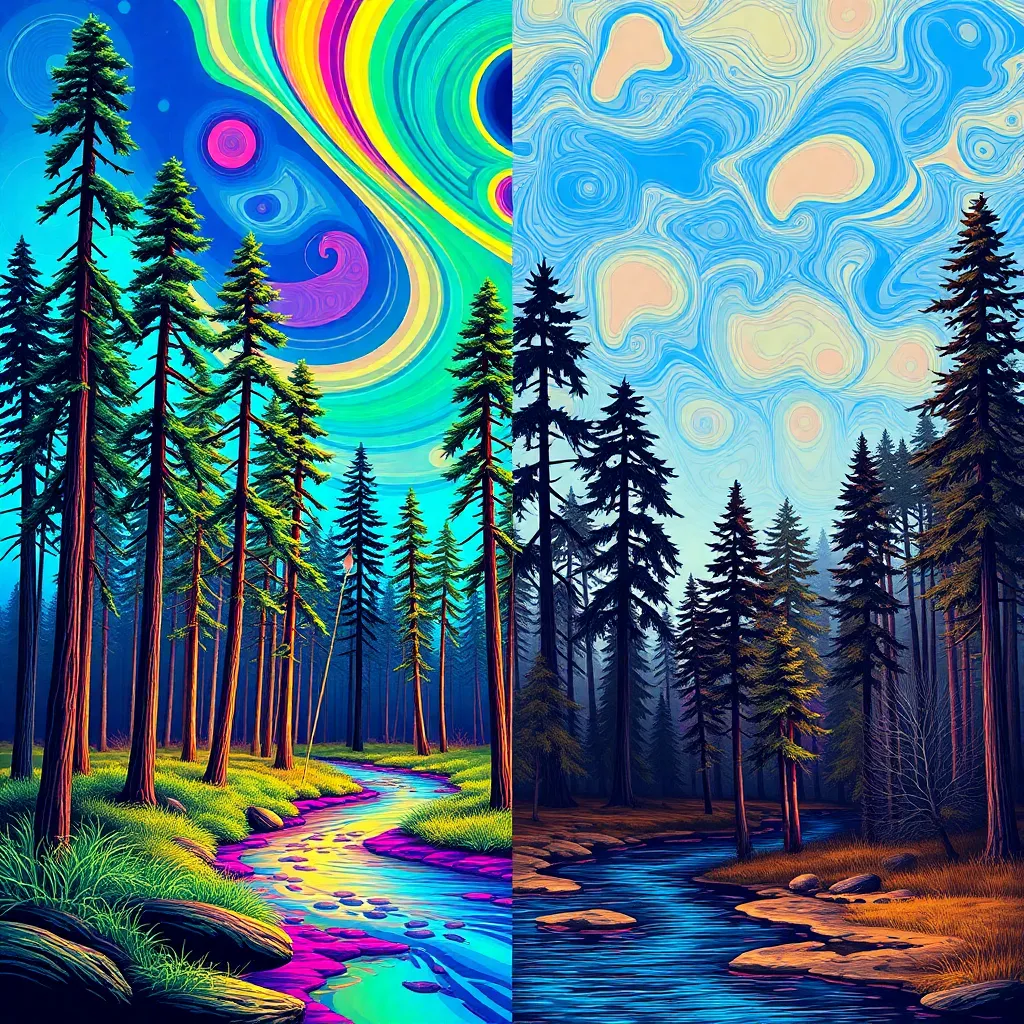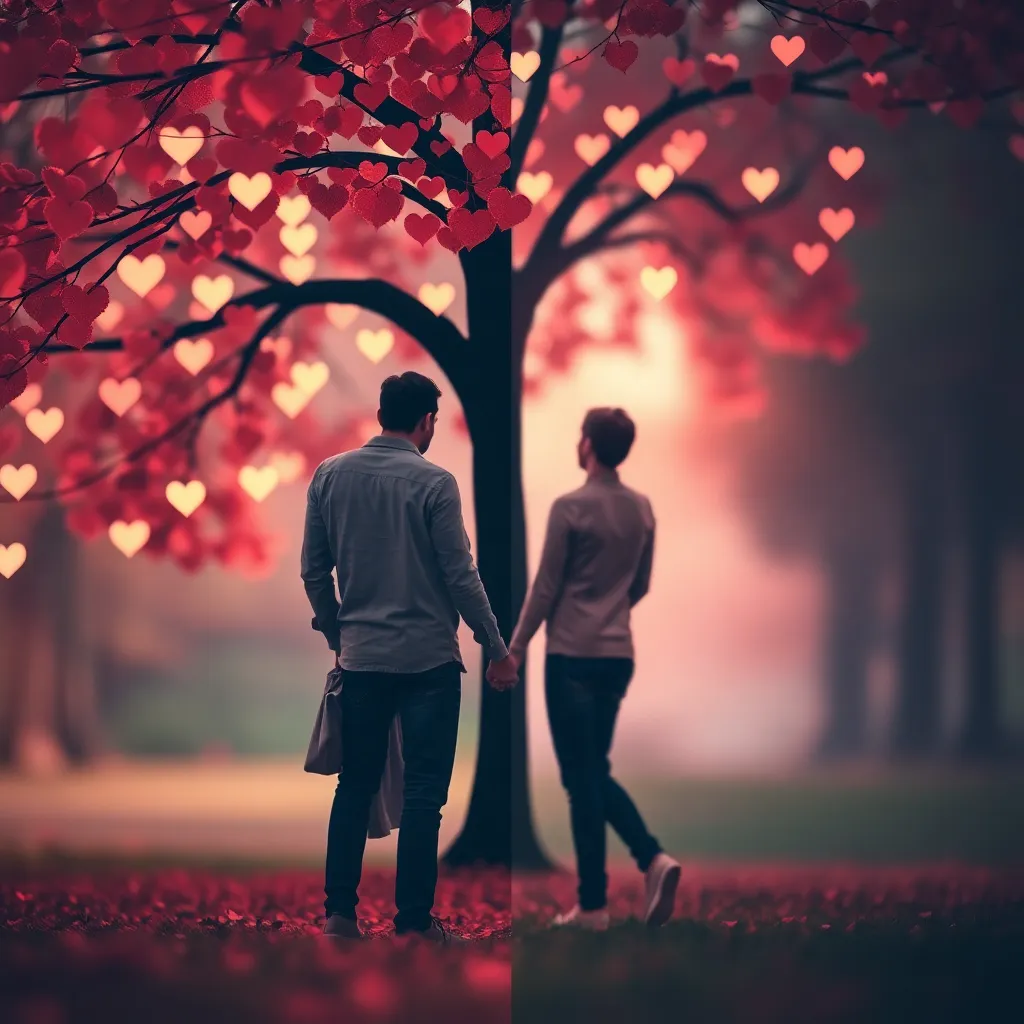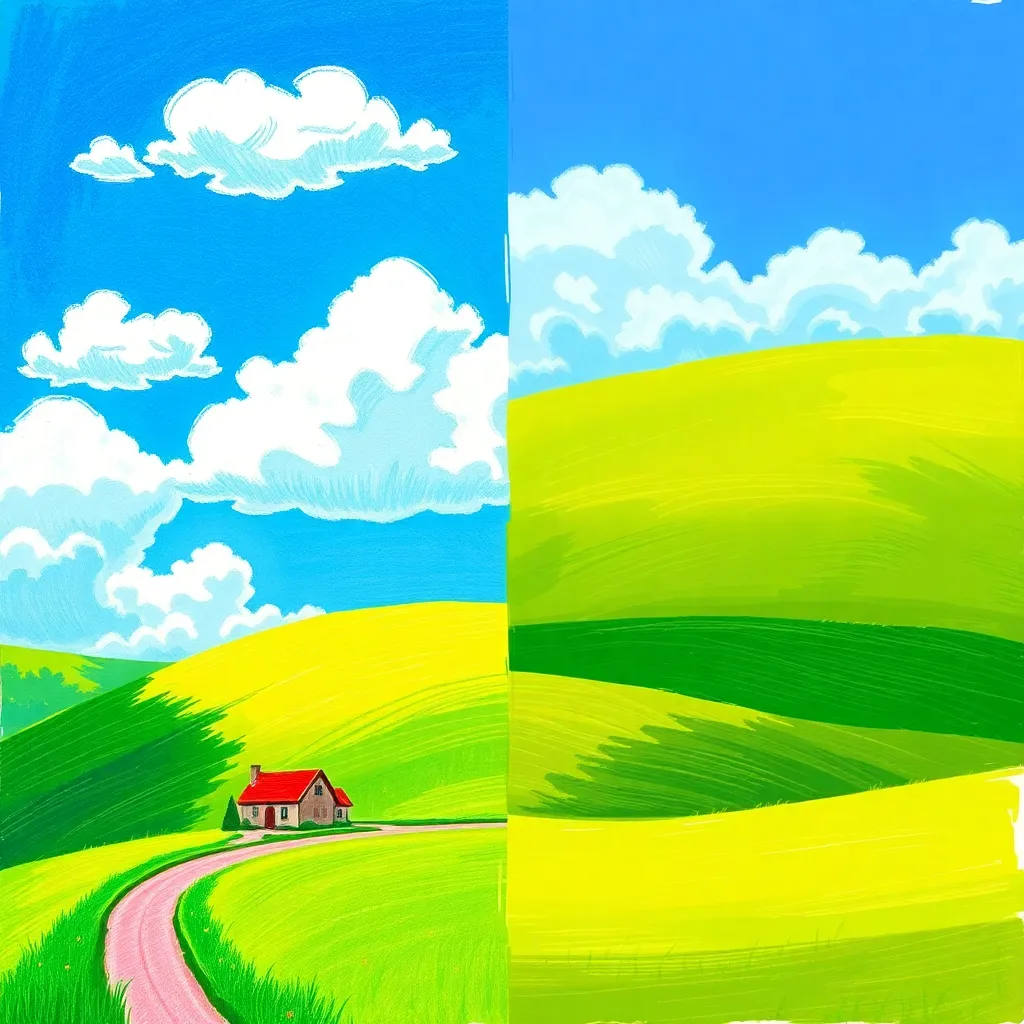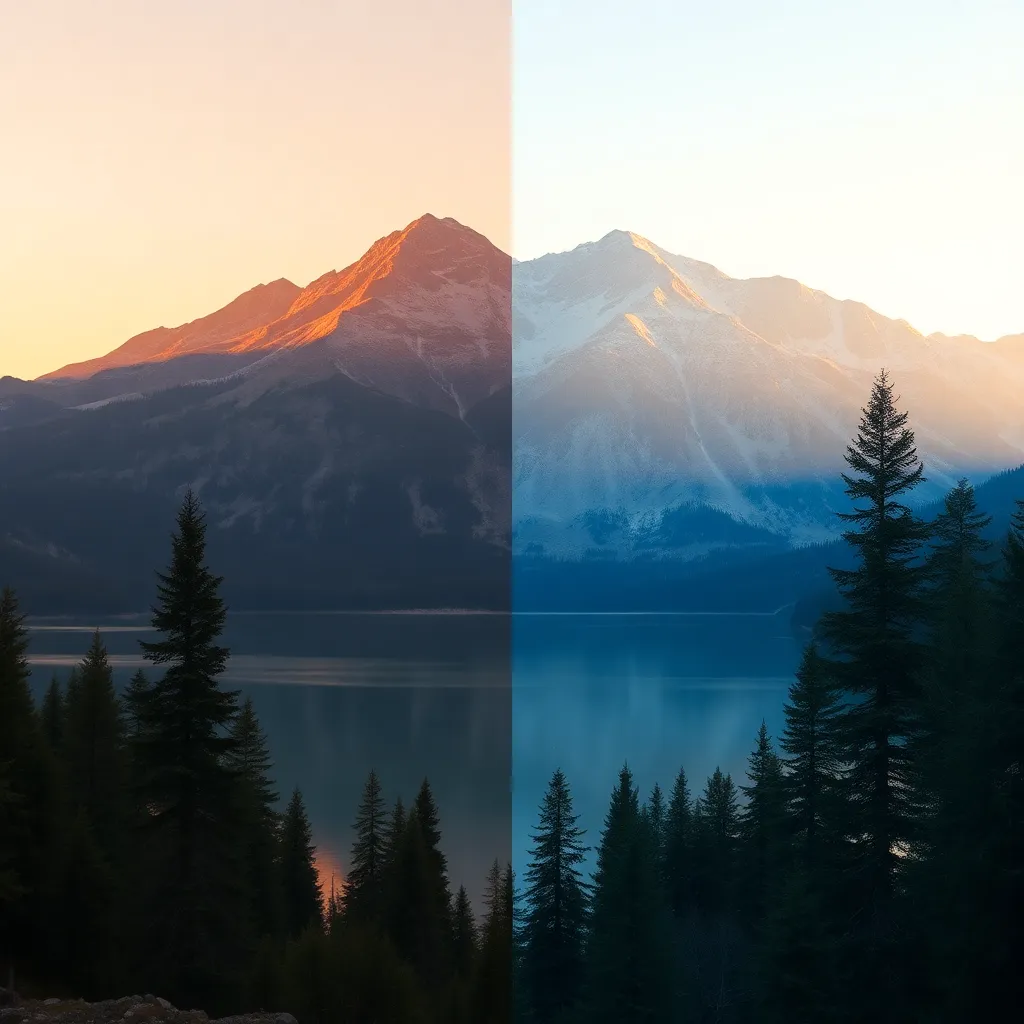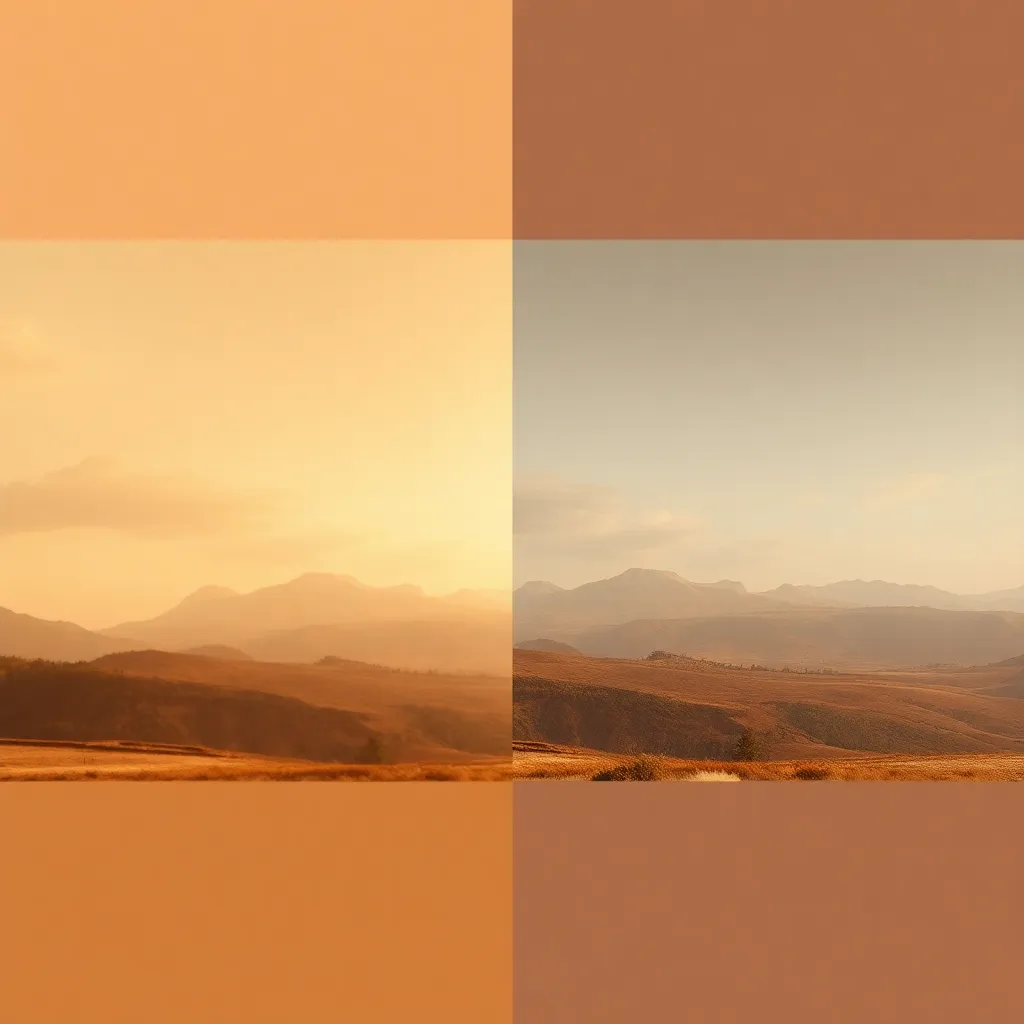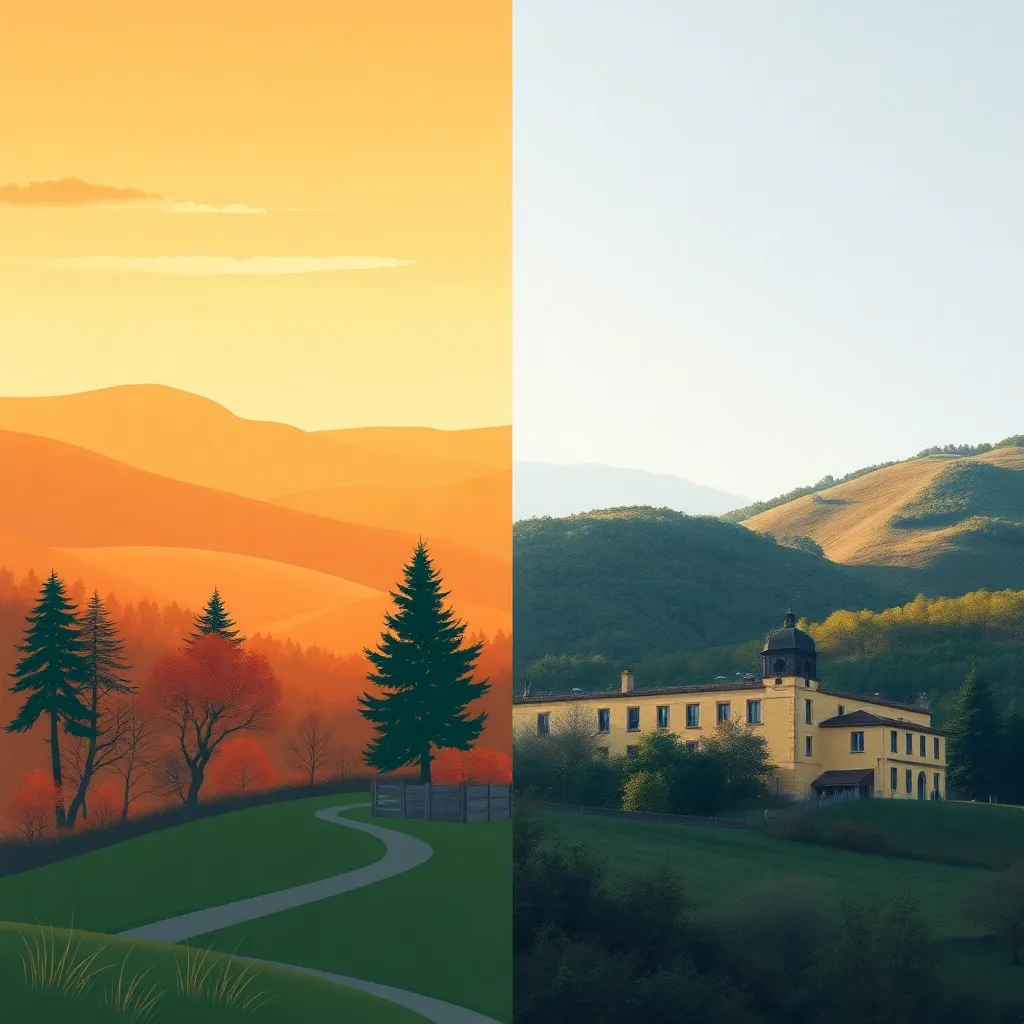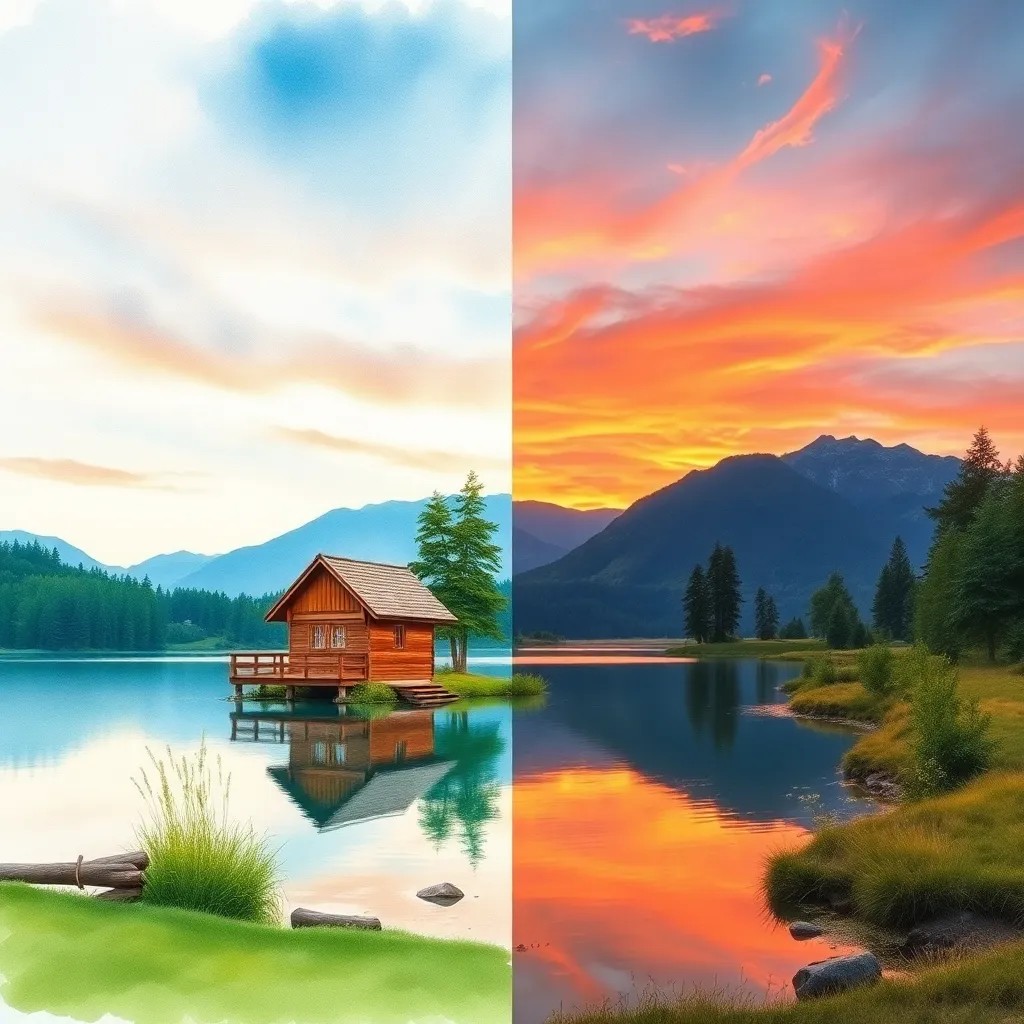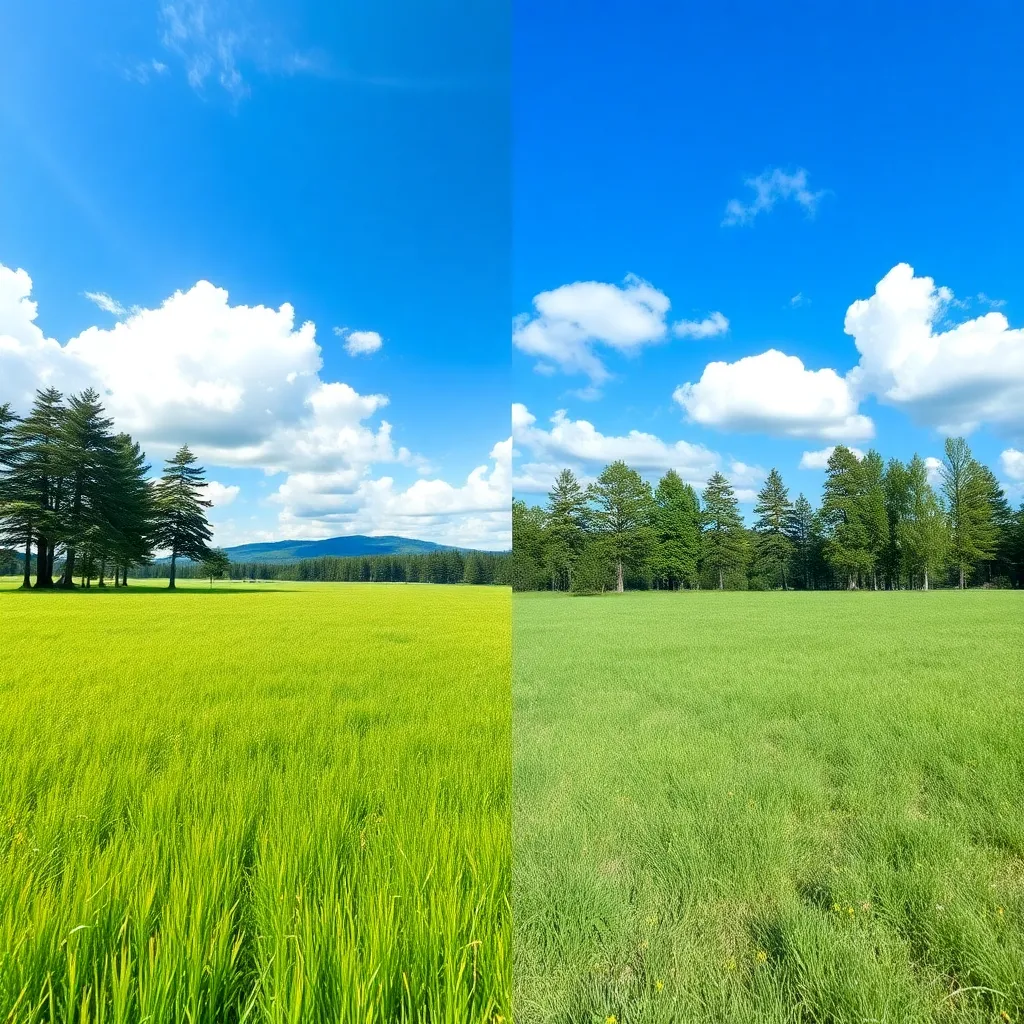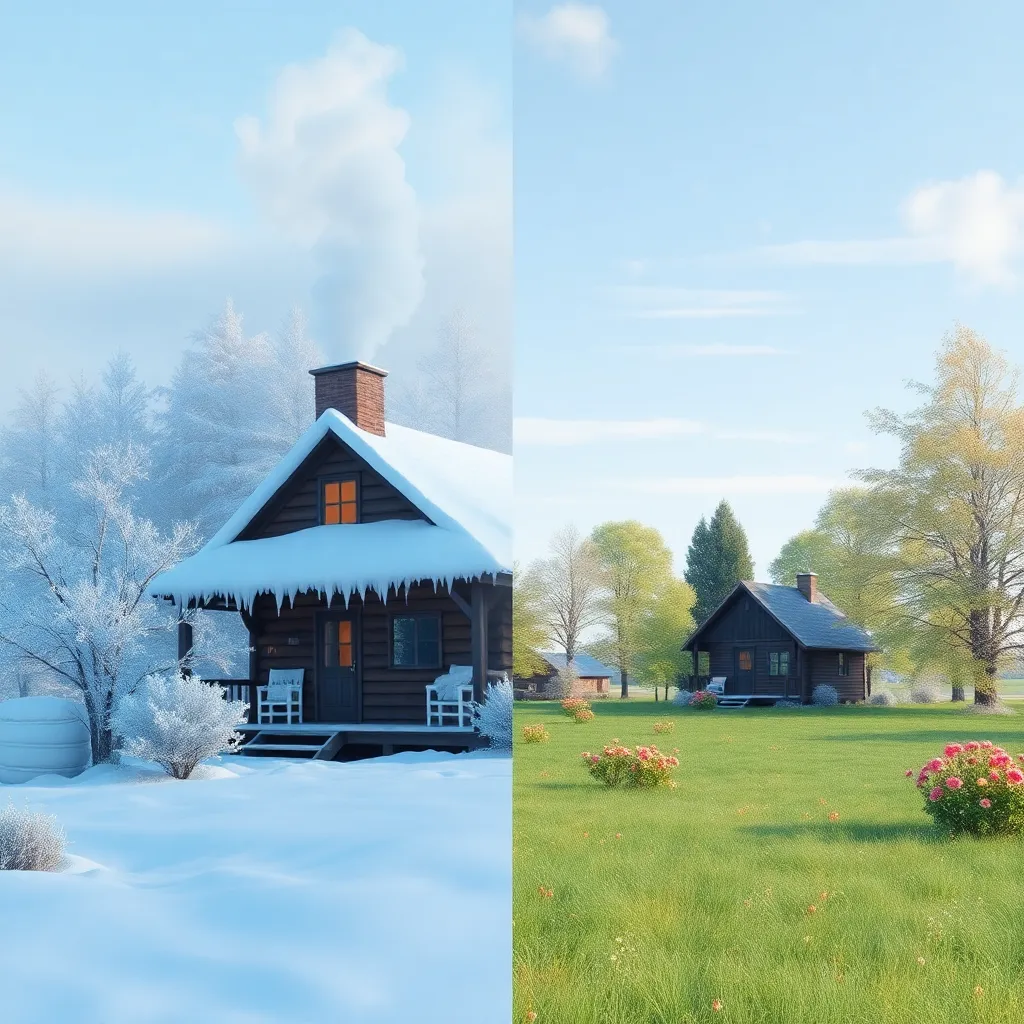Description of the Style: What is Low Key Cinematic? History of This Style
Low Key Cinematic is a photographic and cinematic style defined by the dominance of dark tones, deep shadows, and minimal but purposeful lighting. In this effect, most of the image is enveloped in shadow, with only specific areas highlighted to direct the viewer’s attention. The result is a dramatic, moody, and highly atmospheric look reminiscent of classic film noir, suspense thrillers, and modern prestige cinema.
The origins of Low Key Cinematic photography can be traced back to the early days of film and theater, particularly the German Expressionist cinema of the 1920s and the American film noir genre of the 1940s and 50s. Cinematographers like John Alton and photographers such as Yousuf Karsh popularized the use of strong shadows, chiaroscuro lighting, and high contrast to tell stories visually and heighten emotional impact. Today, this style remains a staple for photographers and filmmakers aiming to evoke intensity, mystery, or psychological drama.
Who Is Using This Style?
Low Key Cinematic is favored by a wide array of visual creatives:
- Portrait Photographers who want to create intense, emotional, or mysterious images.
- Film Directors and Cinematographers seeking to tell stories through visual mood, especially in crime, thriller, and drama genres.
- Fine Art Photographers and artists who use shadow and light to sculpt their subjects and highlight textures.
- Theater and Performance Photographers capturing the dramatic interplay of stage lights and darkness.
- Commercial Artists and Designers creating eye-catching posters, book covers, or promotional materials that demand attention.
- Social Media Influencers and content creators who want to stand out with a bold, cinematic visual narrative.
How Does It Enhance the Photos?
1. Adds Emotional Depth and Drama
By minimizing distractions and focusing light on the subject, Low Key Cinematic style intensifies emotions—whether it’s vulnerability in a portrait or tension in a narrative scene. The interplay of shadow and light naturally draws the viewer’s eye to what matters most.
2. Creates Visual Focus
The selective use of lighting ensures the subject stands out from the background, making the image immediately engaging. This is especially effective in portraiture and product photography where clarity of subject is essential.
3. Evokes Atmosphere and Storytelling
Deep shadows and careful highlights can transform a simple scene into a cinematic moment, suggesting mystery, intrigue, or a specific narrative context—like a detective in a rain-soaked alley or an actor mid-performance.
4. Highlights Texture and Detail
Shadows reveal and sculpt the form, emphasizing textures—such as the grain of wood, the folds of clothing, or the contours of a face—adding a tactile, three-dimensional quality to the image.
5. Timeless and Artistic Appeal
The Low Key Cinematic style has a classic, almost painterly quality that transcends trends. Its association with the golden age of cinema gives images a timeless, artful impact.
Use Cases of This Style: When and Where to Use Low Key Cinematic
Portrait Photography
Ideal for emotional, character-driven portraits. The style can be used to capture intense expressions, dramatic poses, or artistic character studies.
Cinematic Scenes & Storytelling
Perfect for recreating film noir, detective stories, or any narrative scene where mood and suspense are key elements.
Urban Nightscapes
Low Key Cinematic is especially effective at night, capturing the play of city lights and shadows to convey urban drama, loneliness, or excitement.
Movie Posters and Promotional Art
The style lends itself to high-impact visuals for marketing films, theater productions, or books, creating intrigue and anticipation.
Used to isolate performers on stage, highlighting their expressions and movements while letting the rest fade into mystery.
Artistic Still Life
Brings out the tactile quality of objects, making everyday items look rich, mysterious, or even nostalgic.
Pro Tips for Achieving the Low Key Cinematic Look
1. Control Your Lighting
Use a single light source such as a softbox, spotlight, or even a window. Position it strategically to emphasize the subject’s features and cast dramatic shadows.
2. Master Exposure Settings
Set your camera to expose for the highlights, letting the shadows fall naturally dark. Use a low ISO to minimize noise and keep tones clean.
3. Choose a Dark Background
A black or dark-colored backdrop makes it easier to achieve deep shadows and isolate the subject.
4. Enhance in Post-Processing
Use photo editing tools to deepen blacks, boost contrast, and subtly adjust color tones for a cinematic finish. Experiment with vignettes and selective sharpening for added drama.
5. Focus on Expression and Mood
Direct your subject to convey emotion through pose and expression. The lighting will amplify these cues for maximum impact.
Conclusion
The Low Key Cinematic style is a powerful tool for any photographer or visual artist looking to create images with emotional depth, artistic flair, and storytelling power. Whether you’re shooting portraits, cityscapes, or still life, mastering this style will add a bold, professional, and timeless quality to your work. Start experimenting with shadows, lighting, and composition—and let your creativity shine through the darkness.
